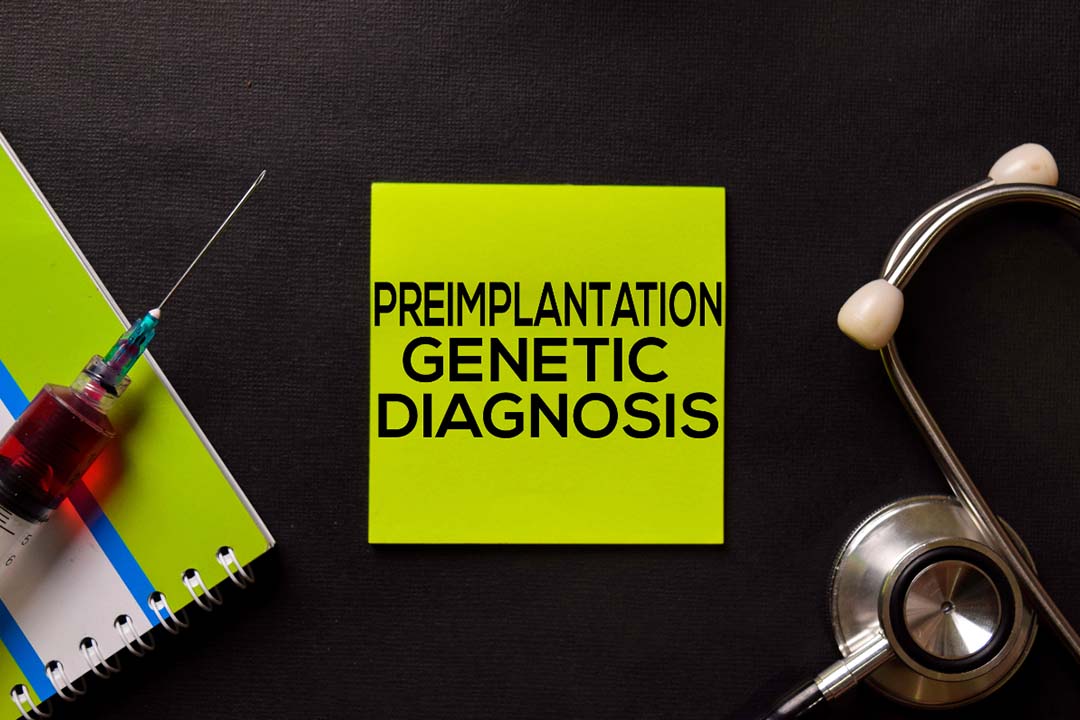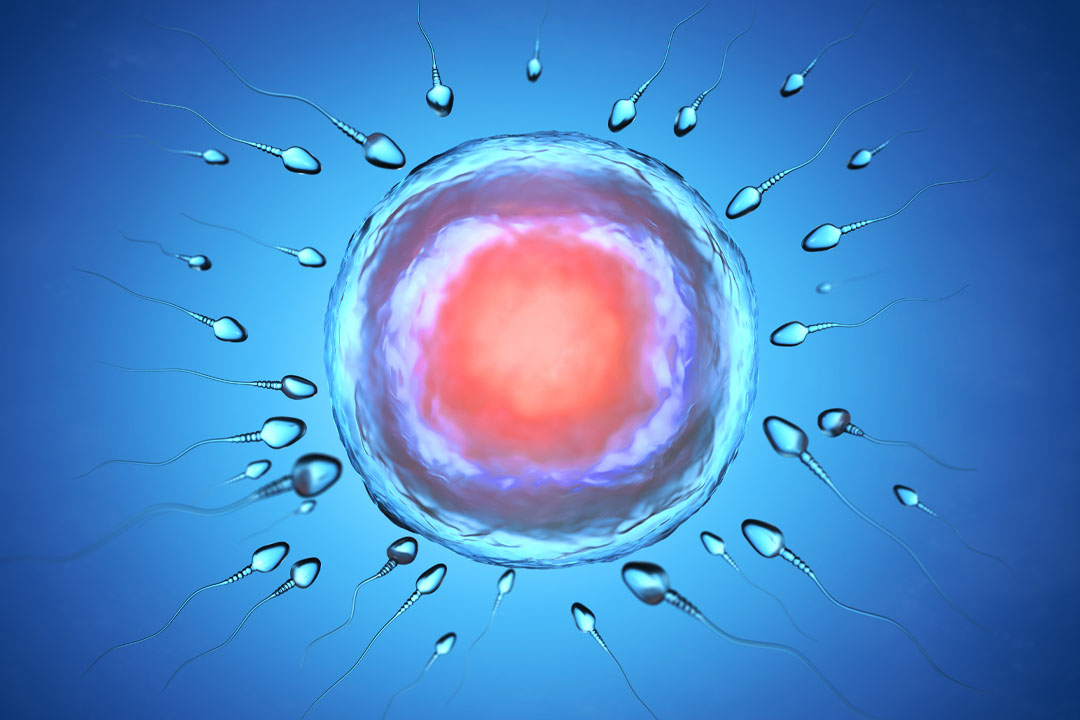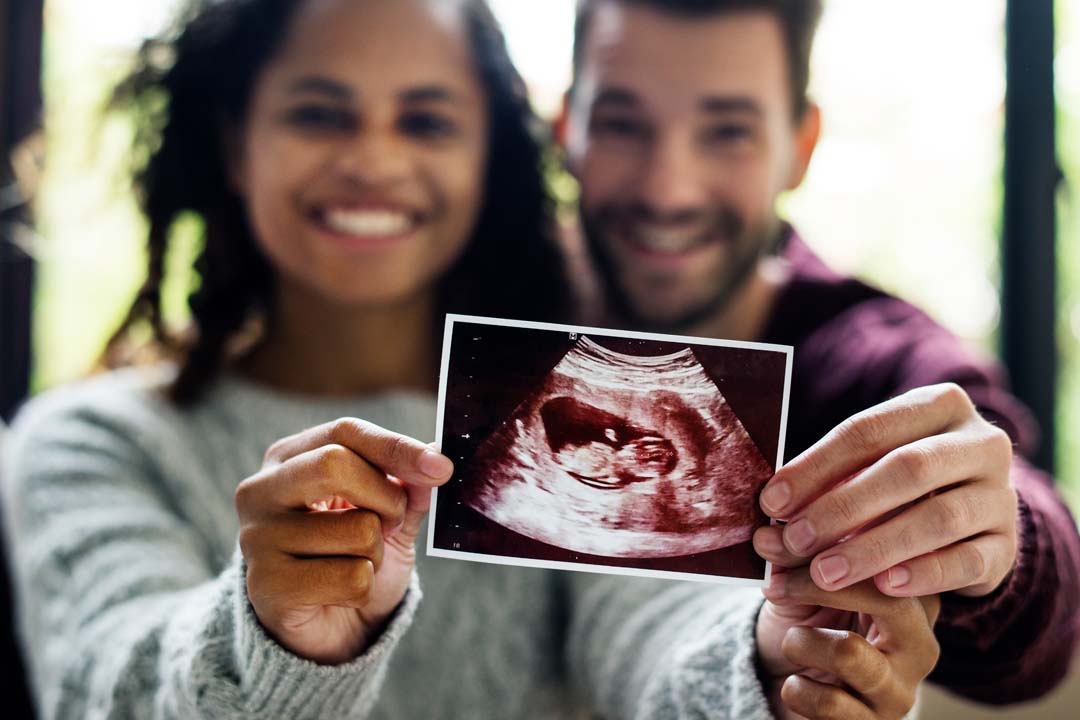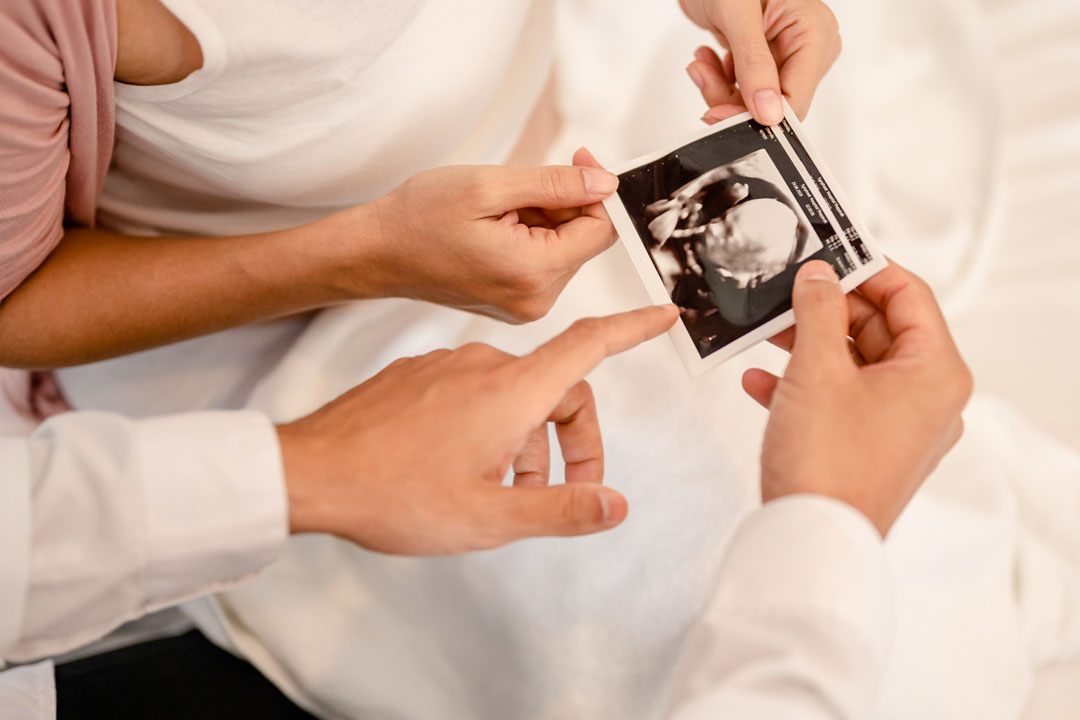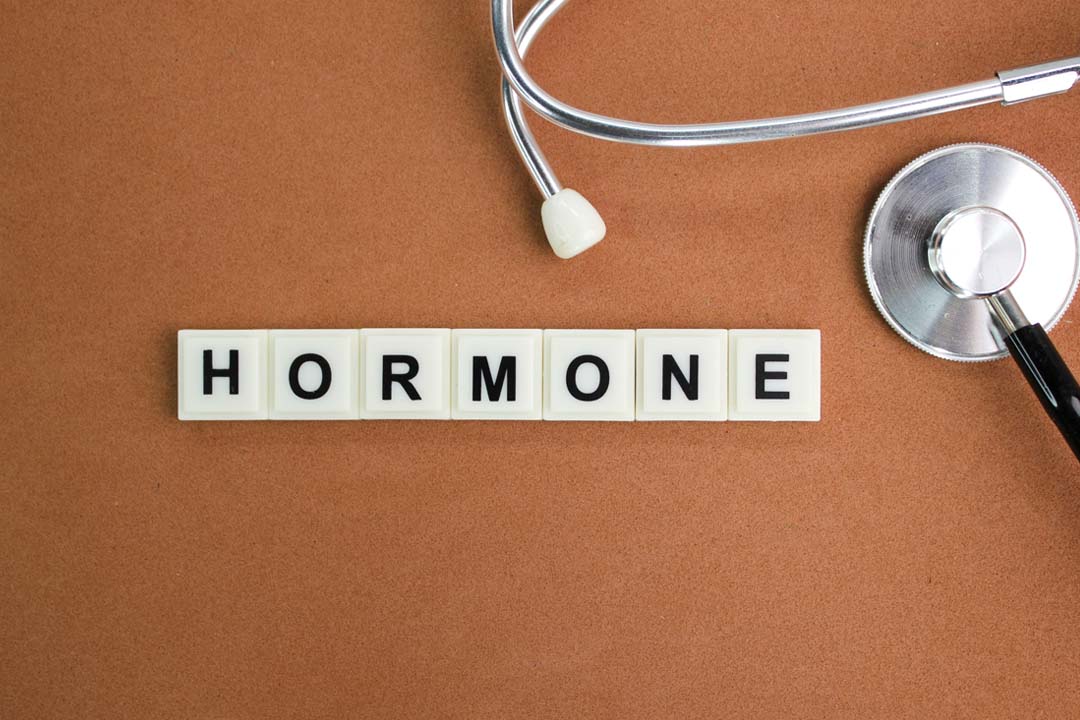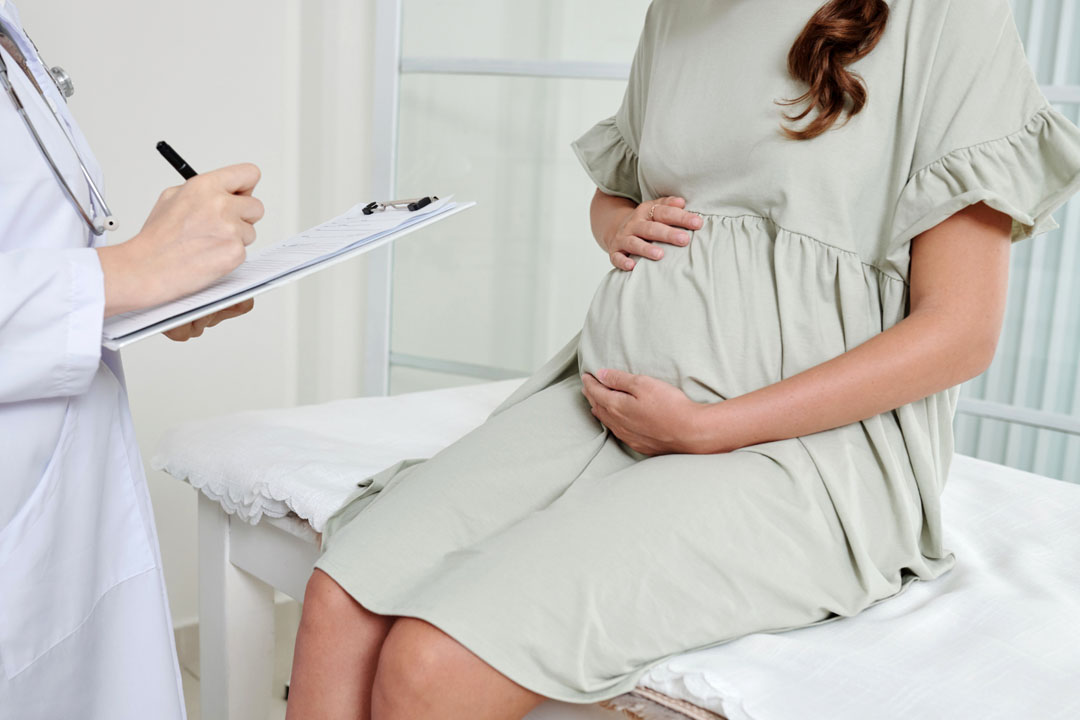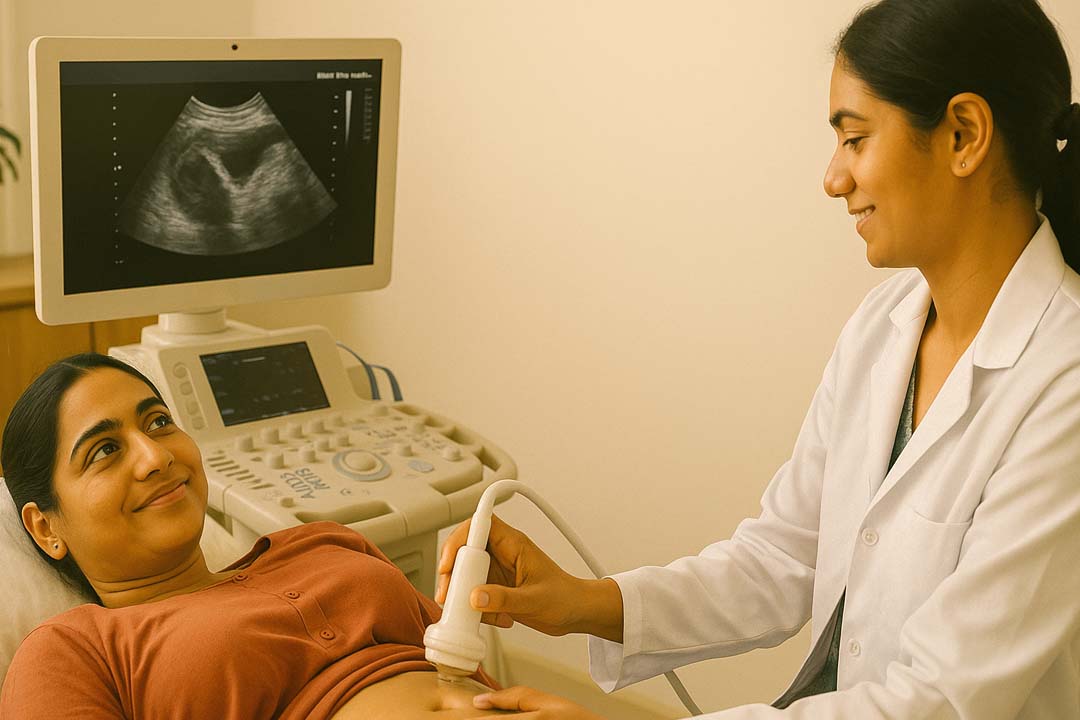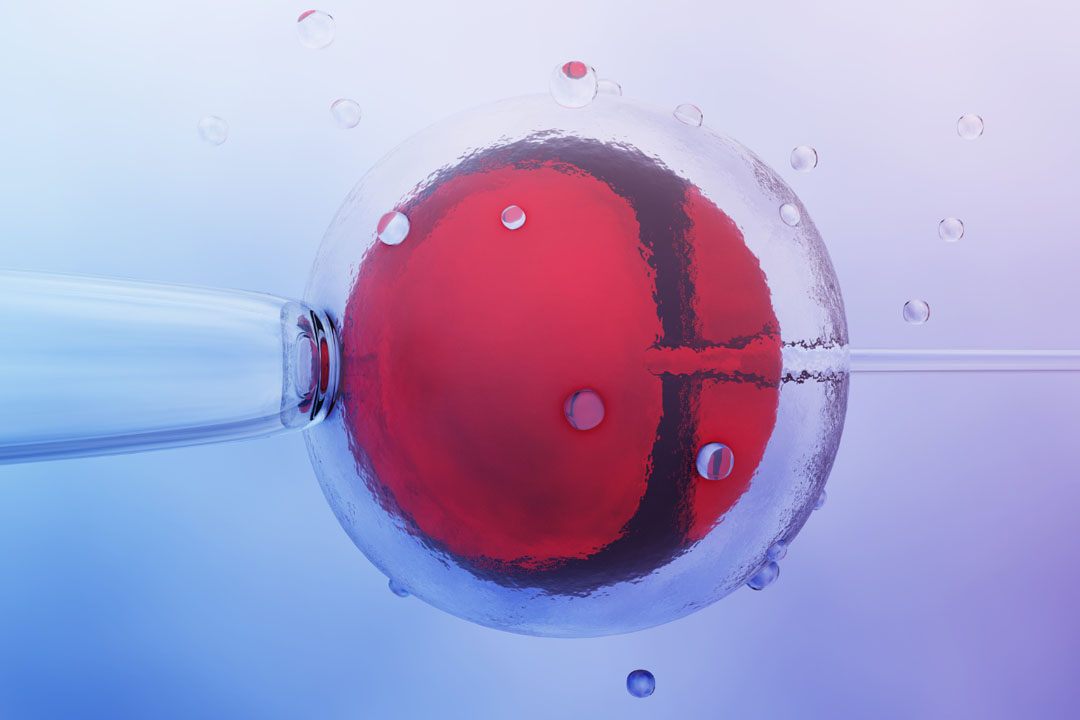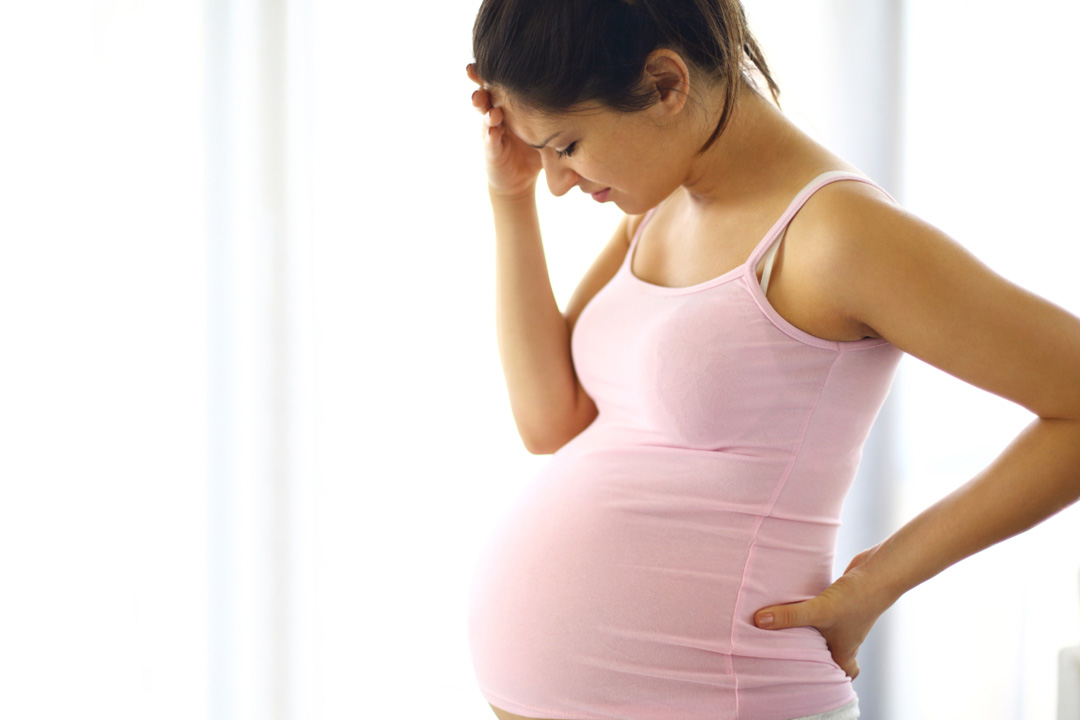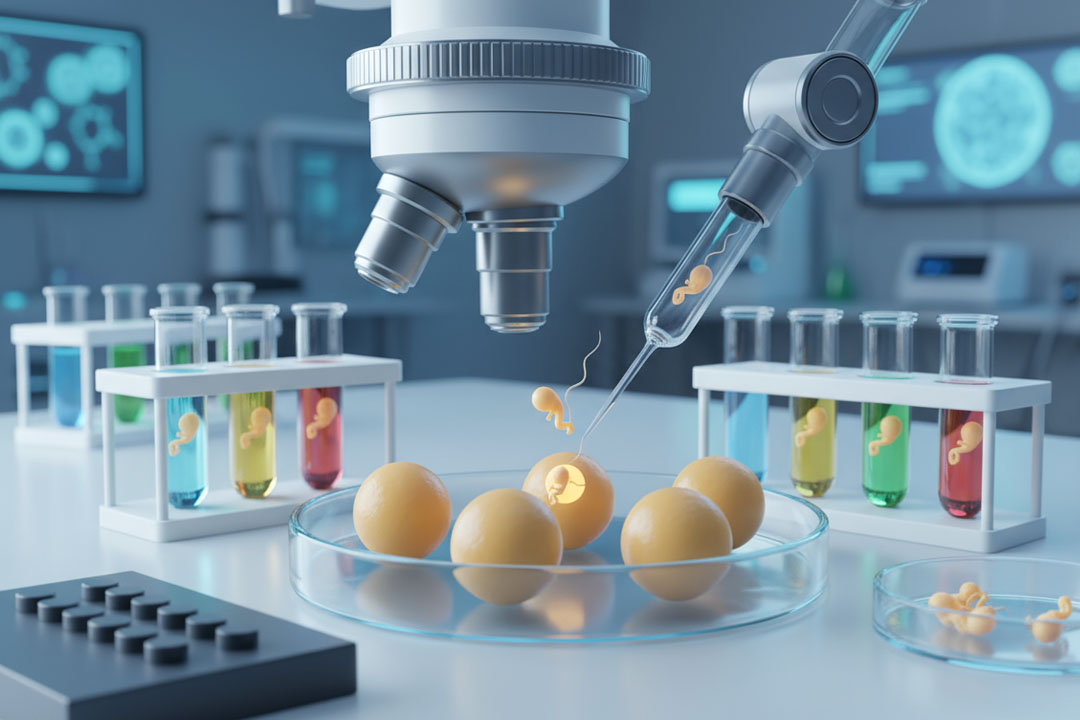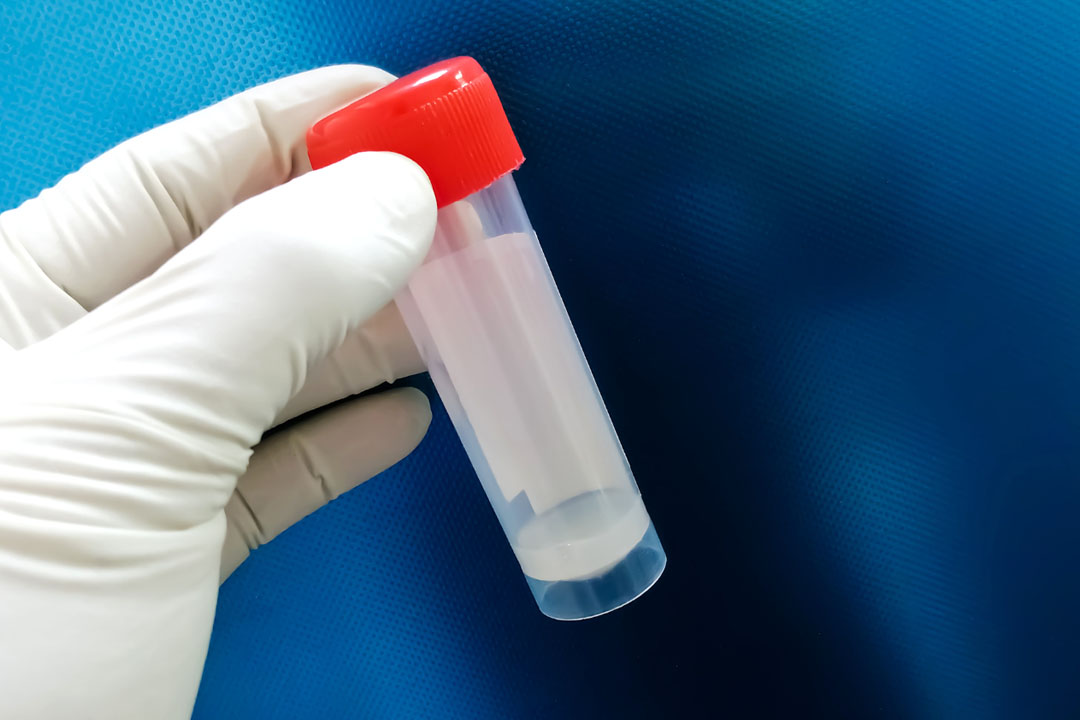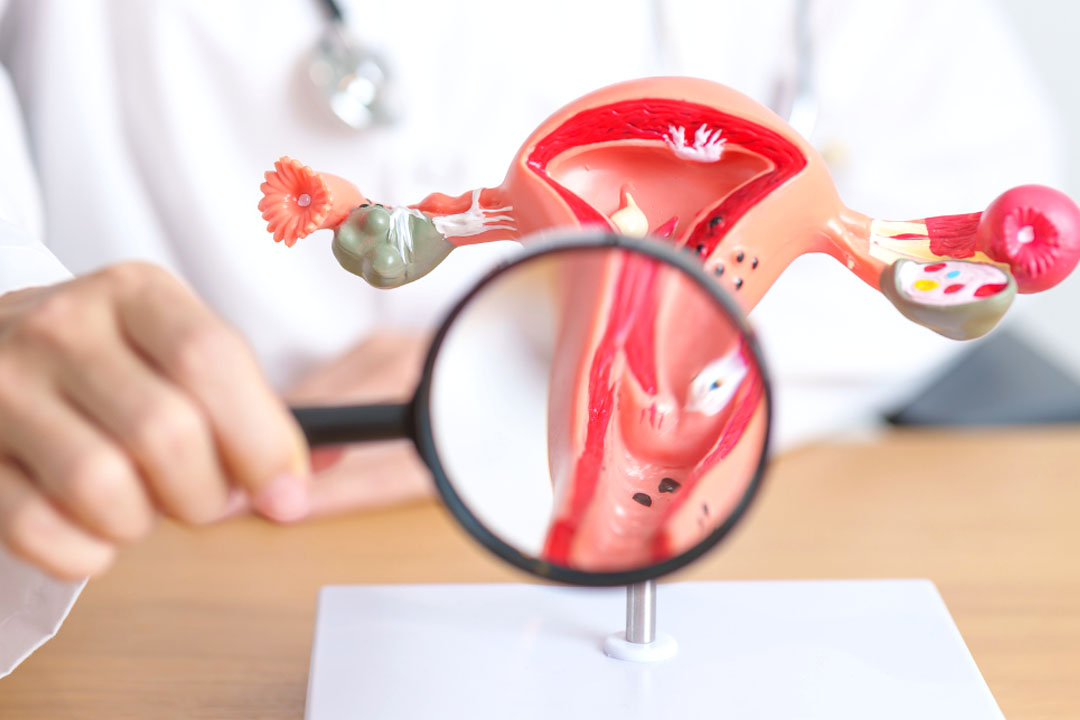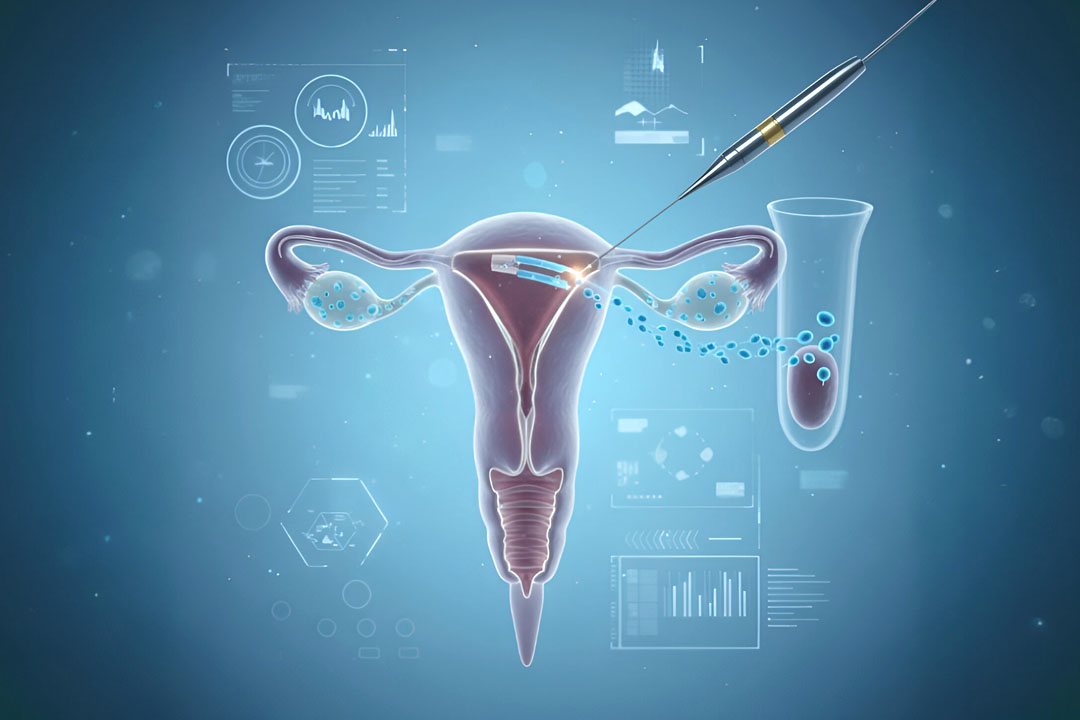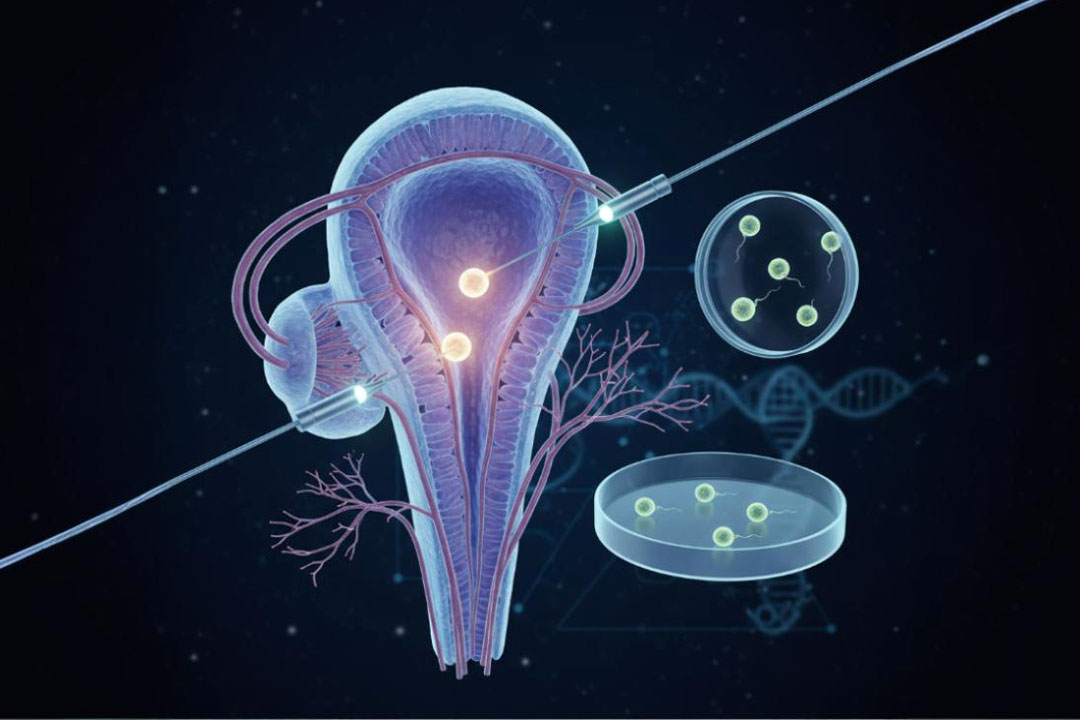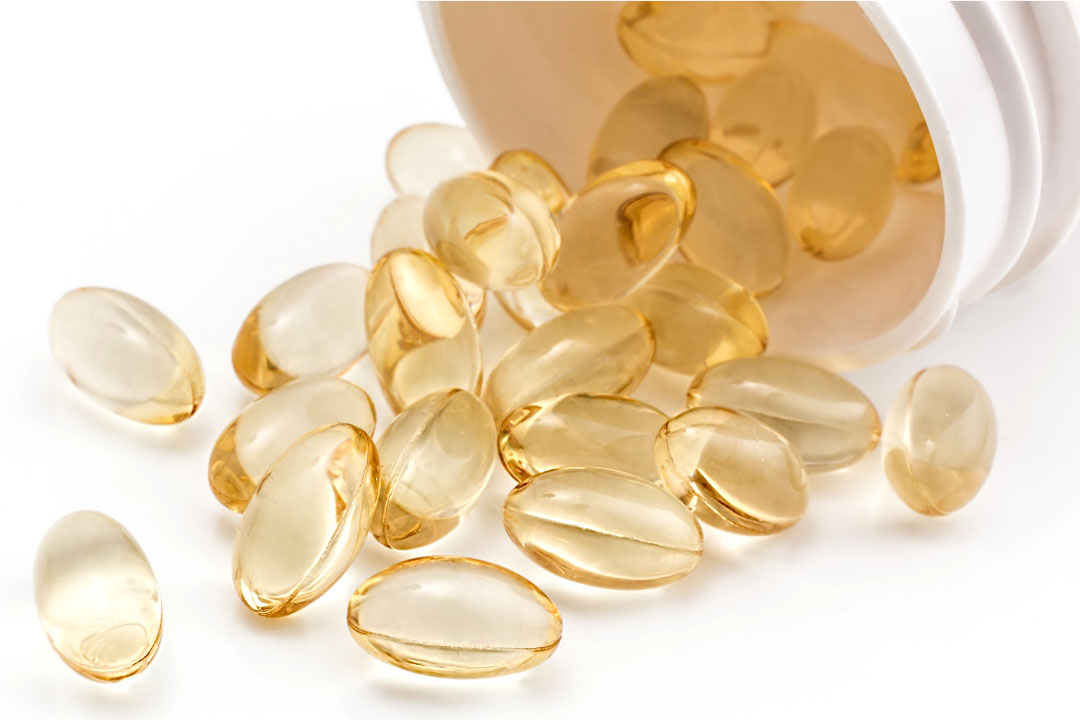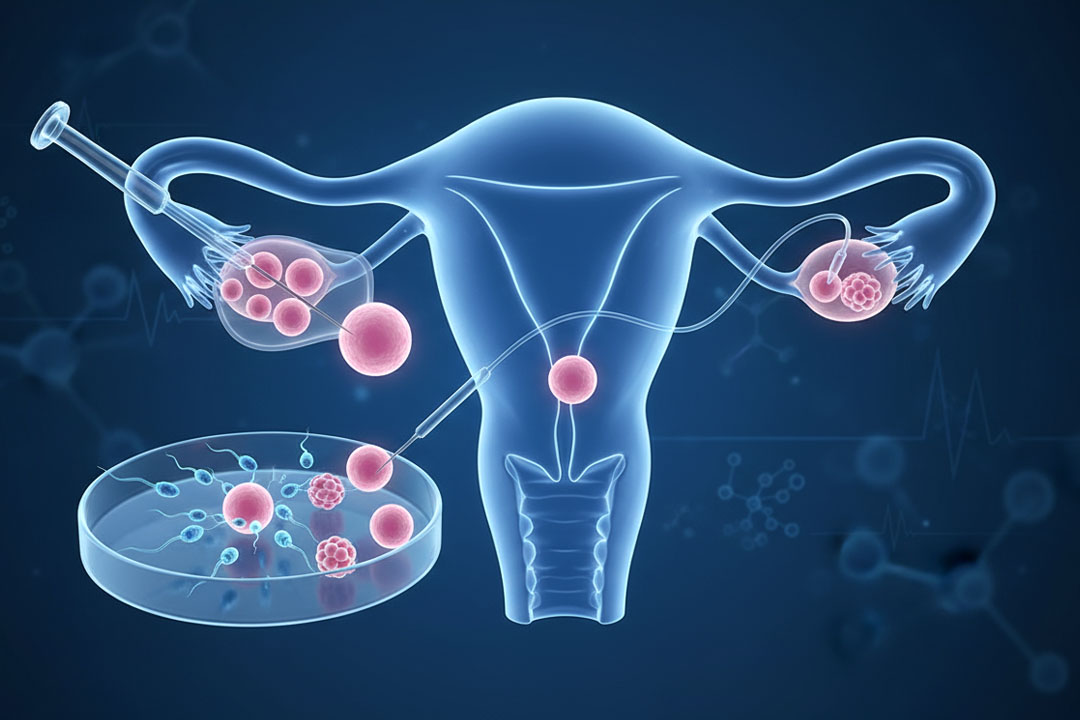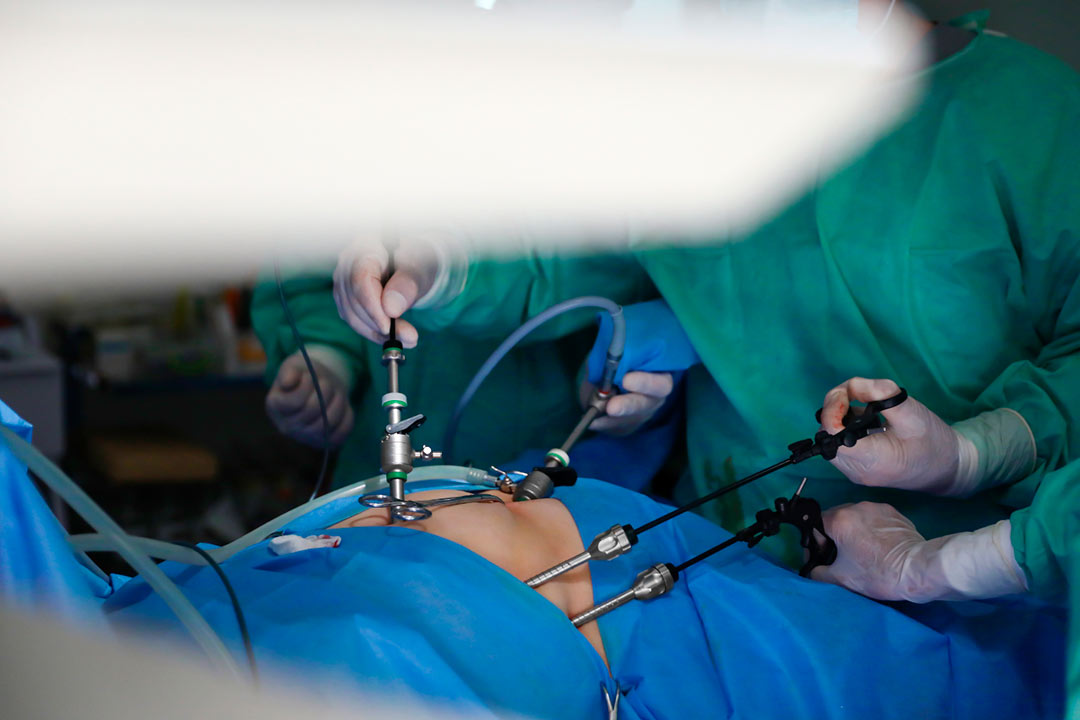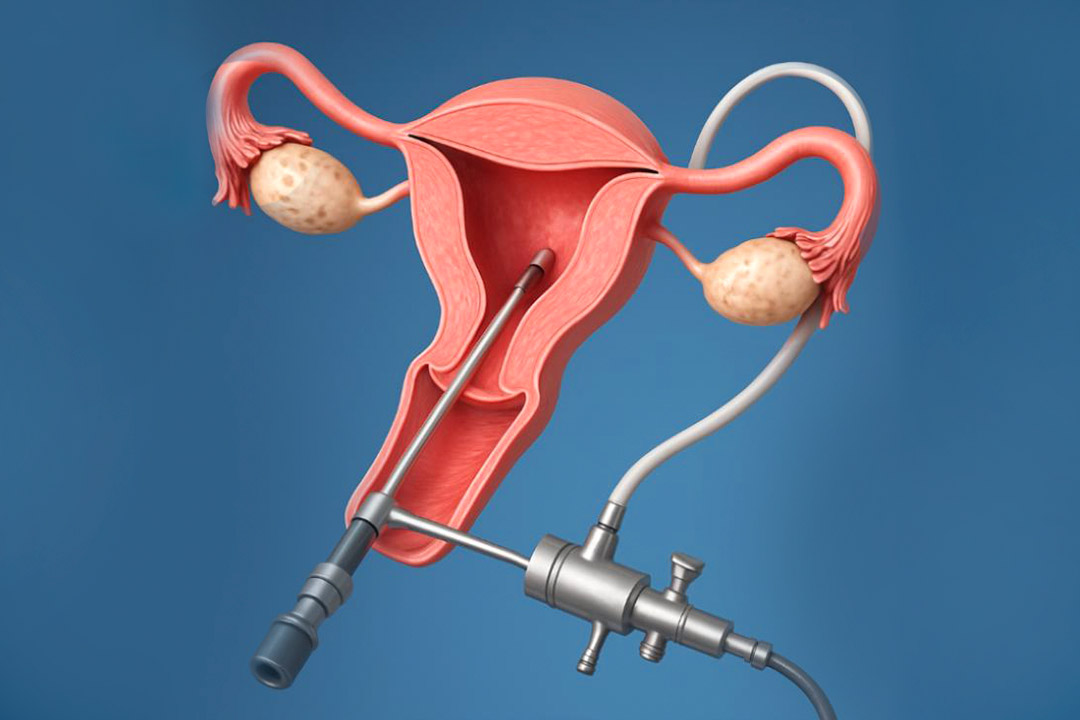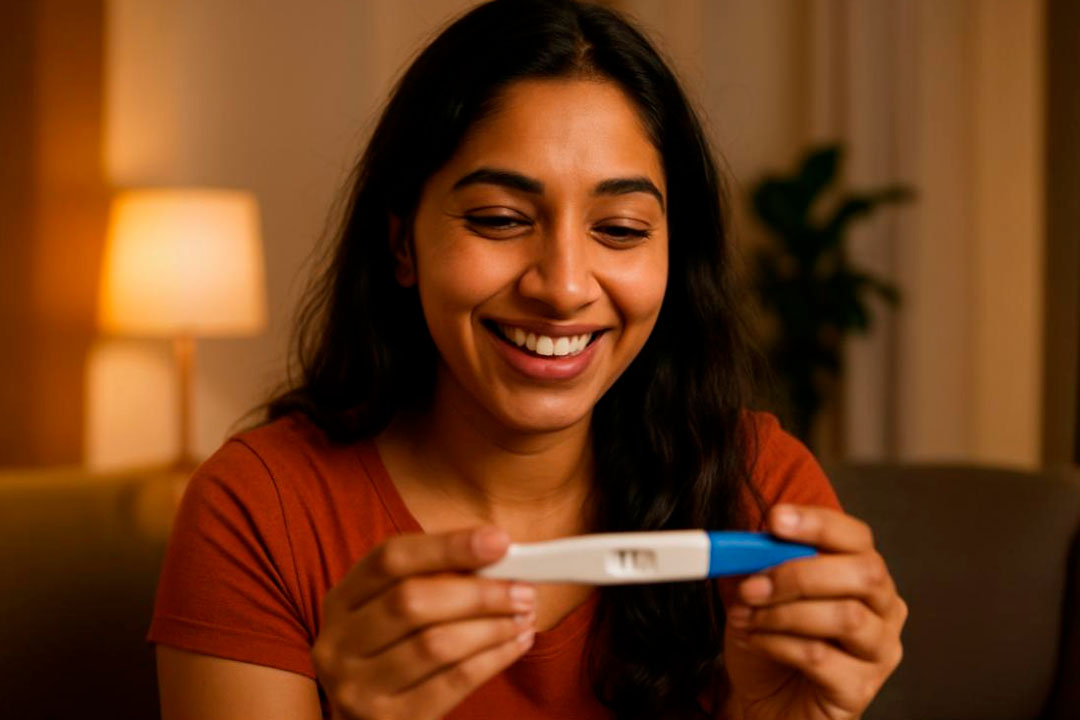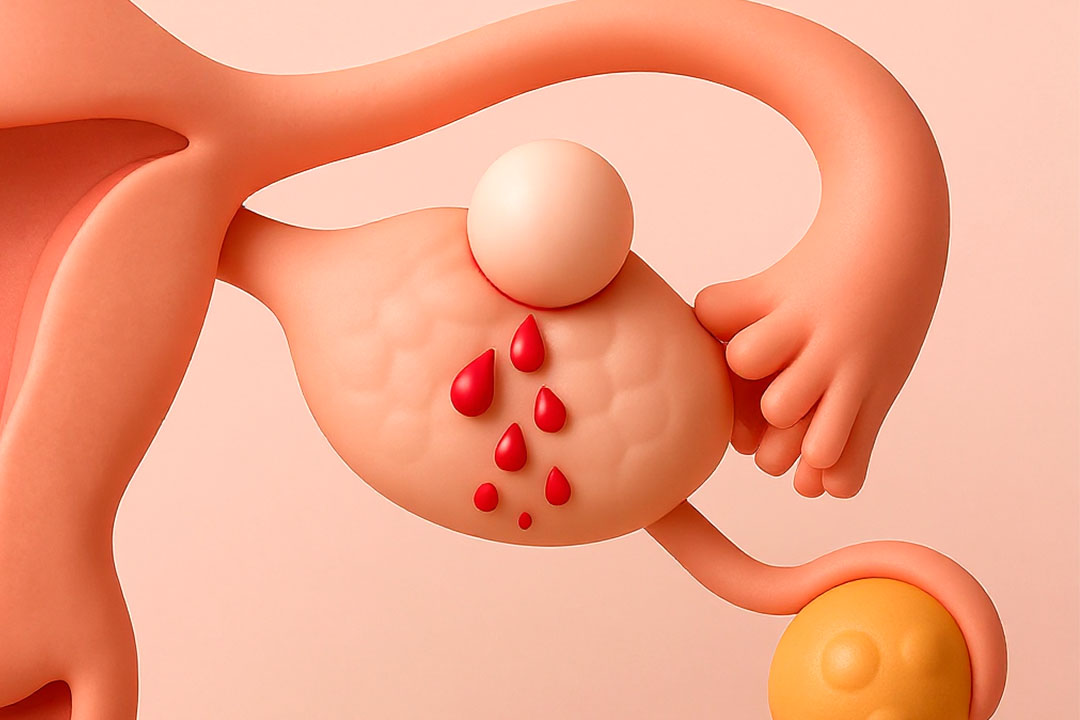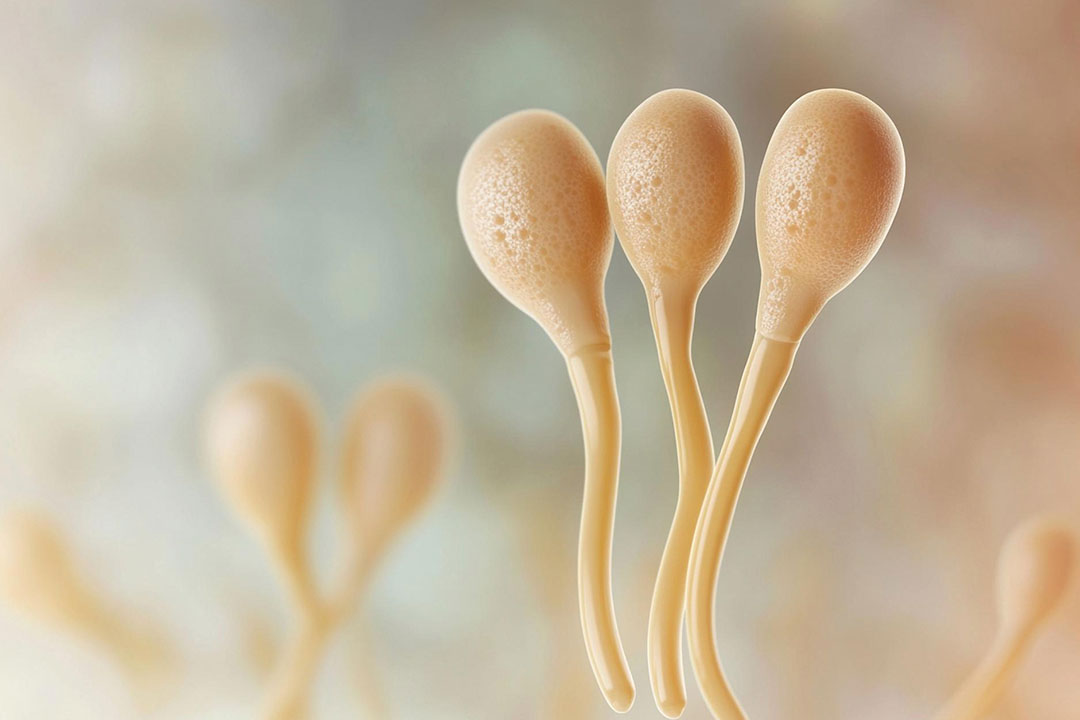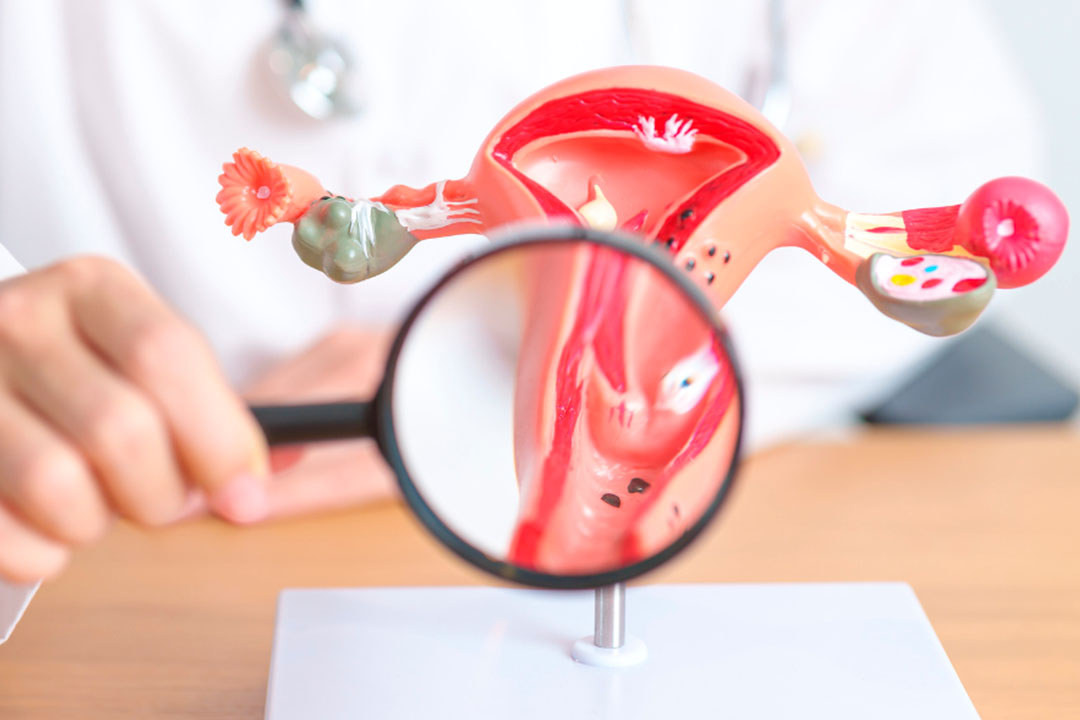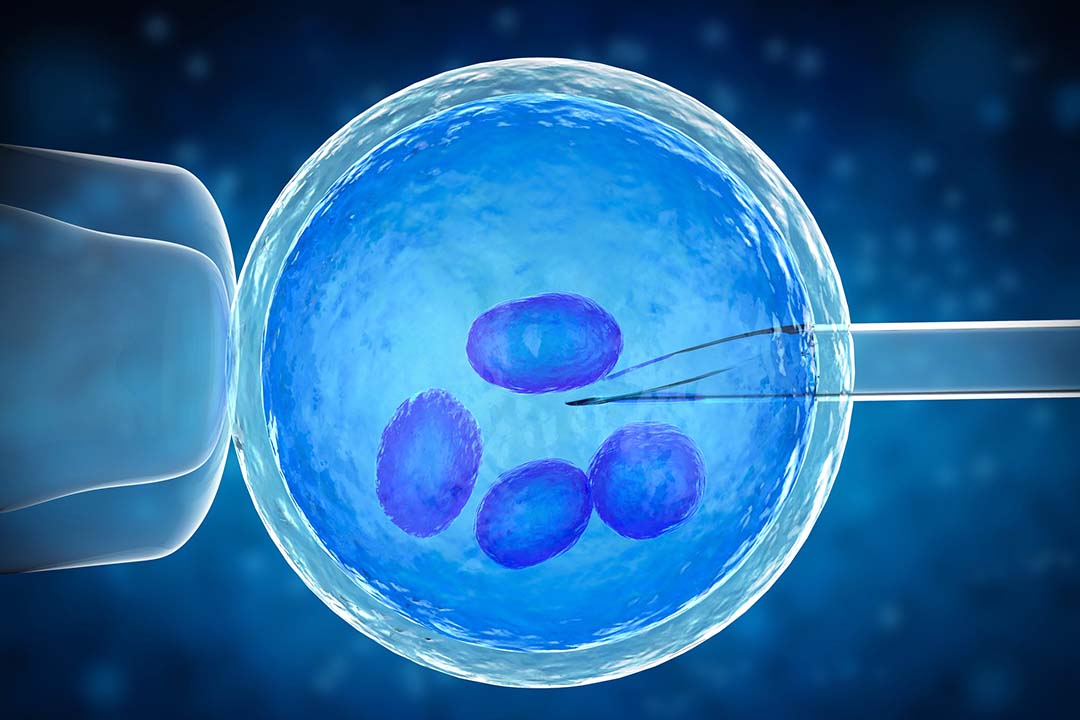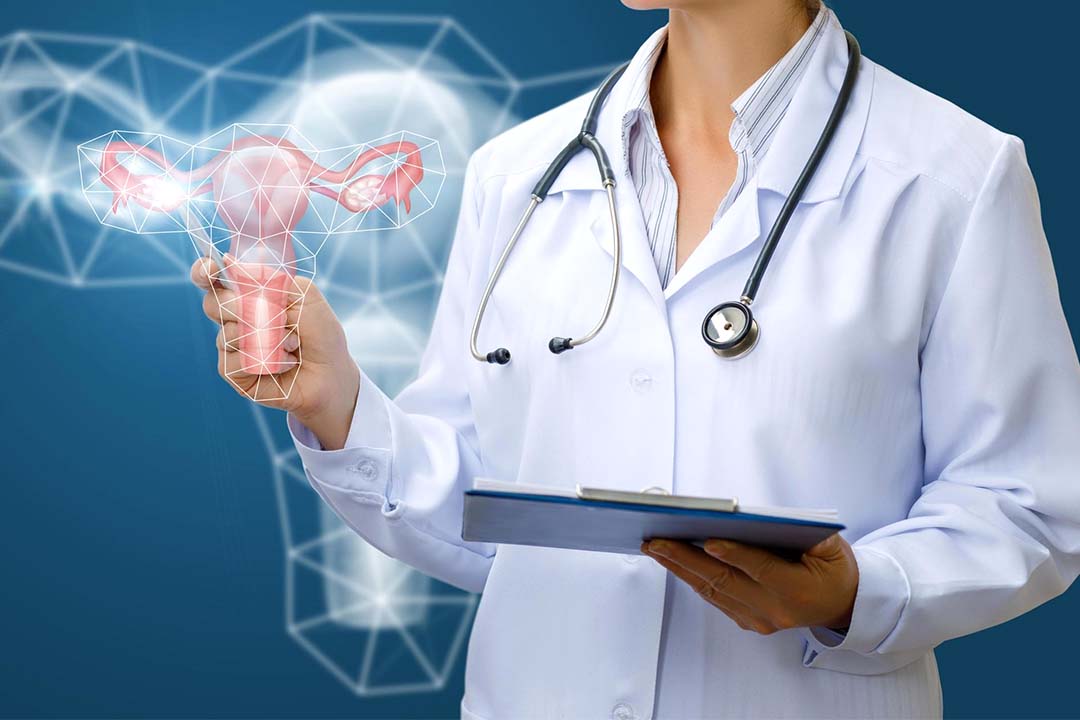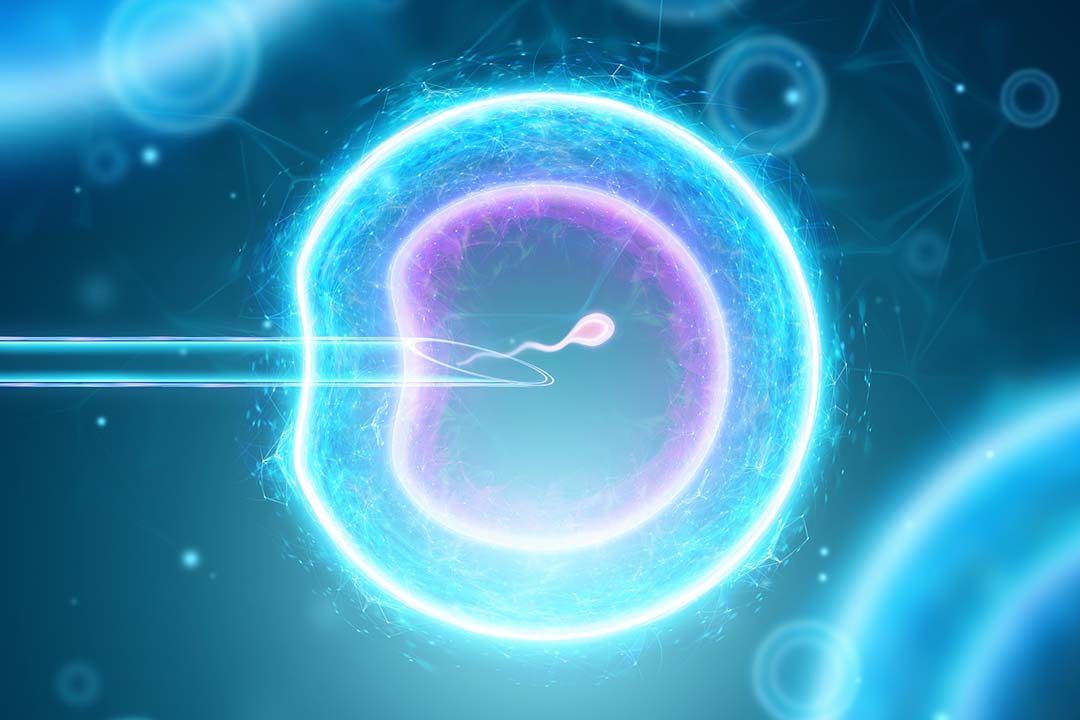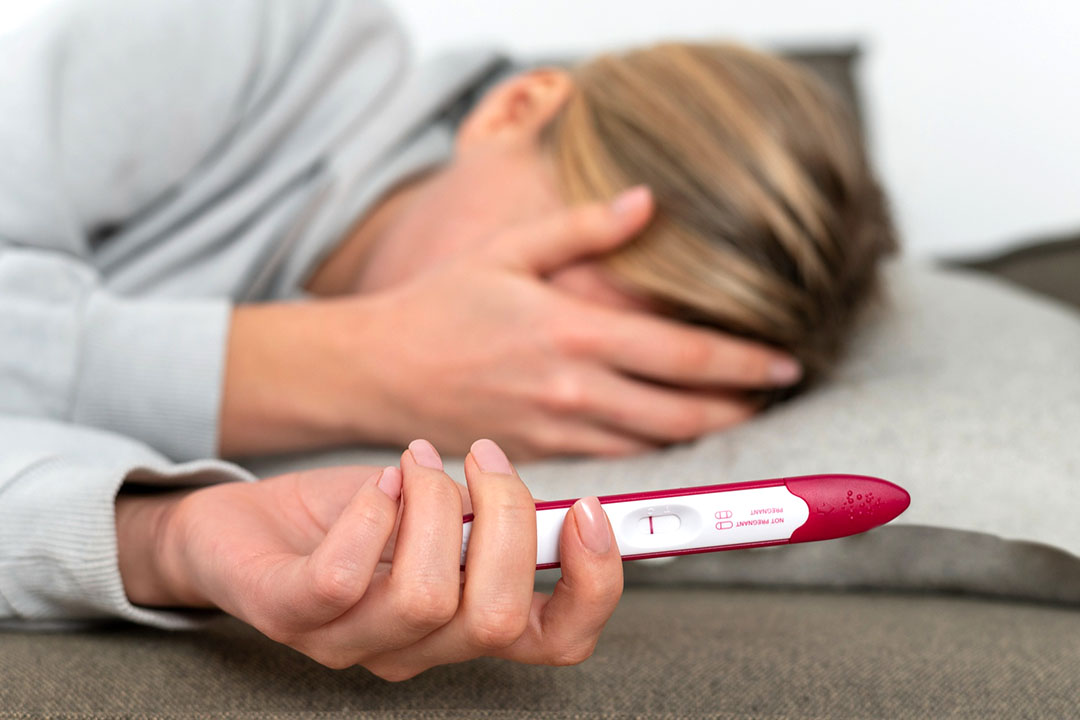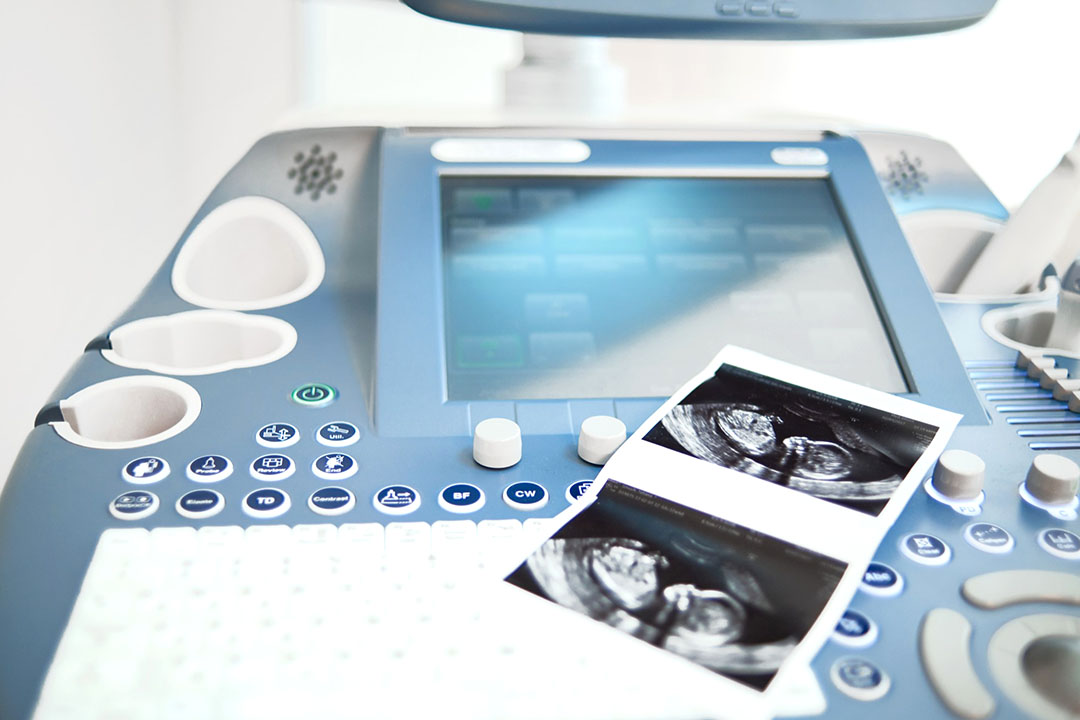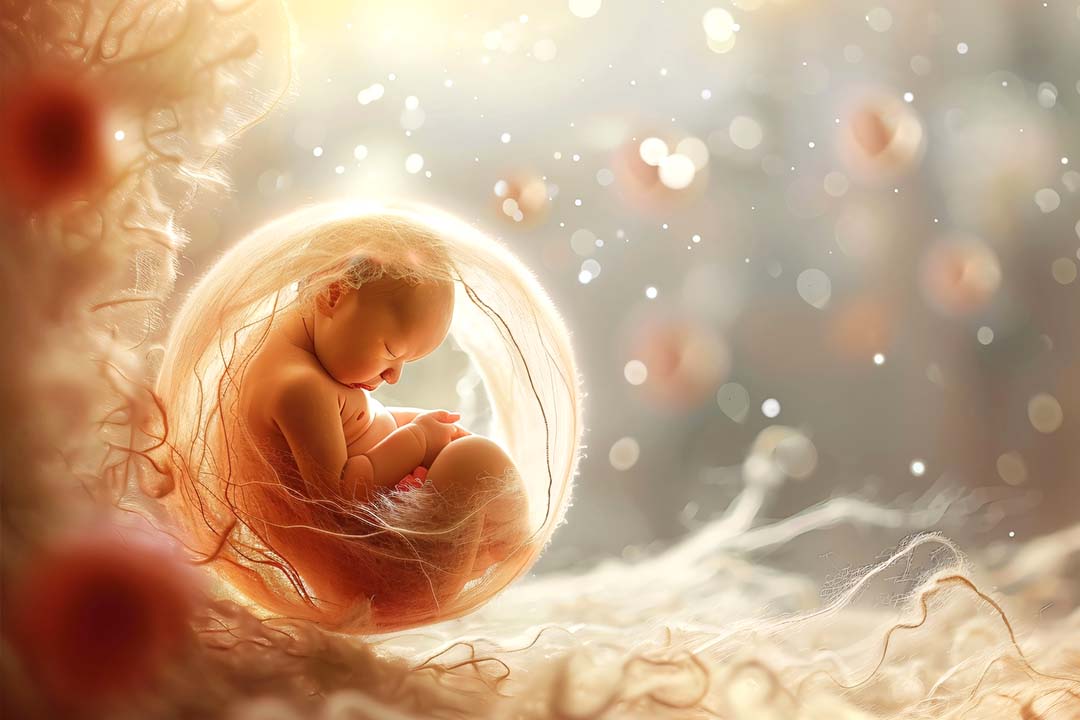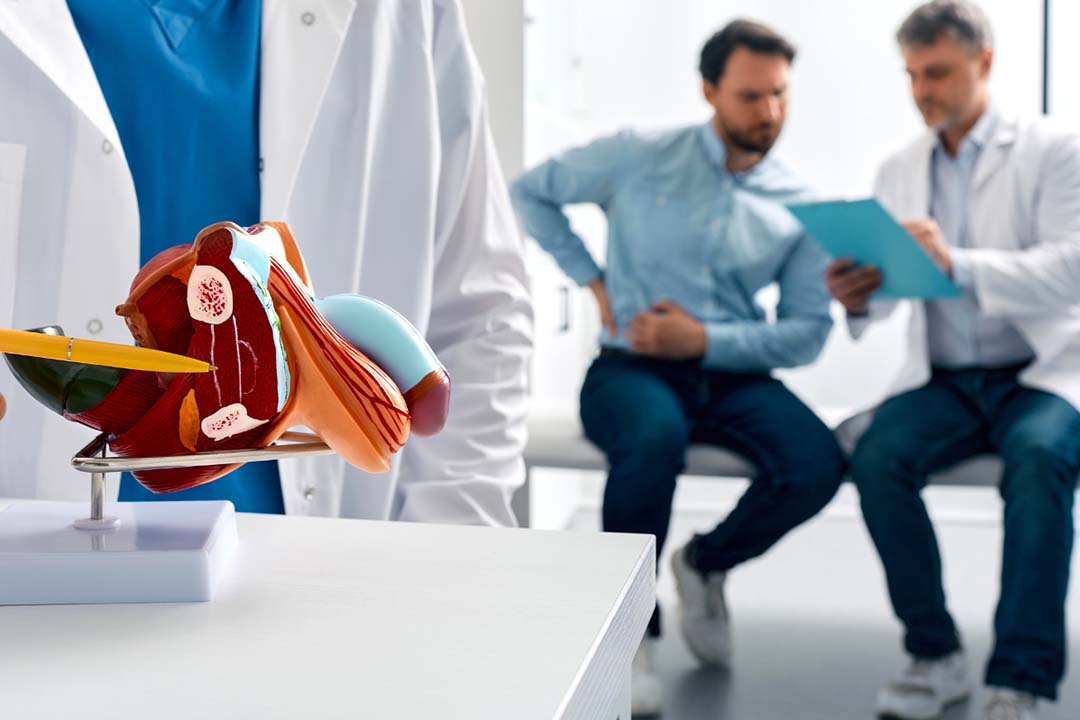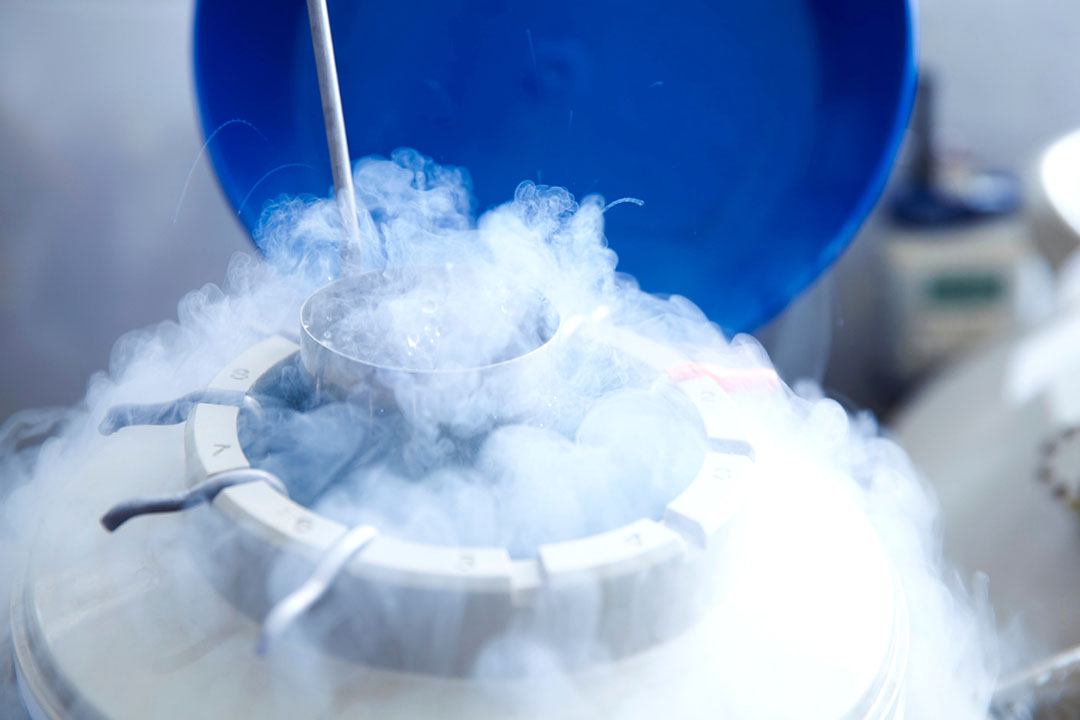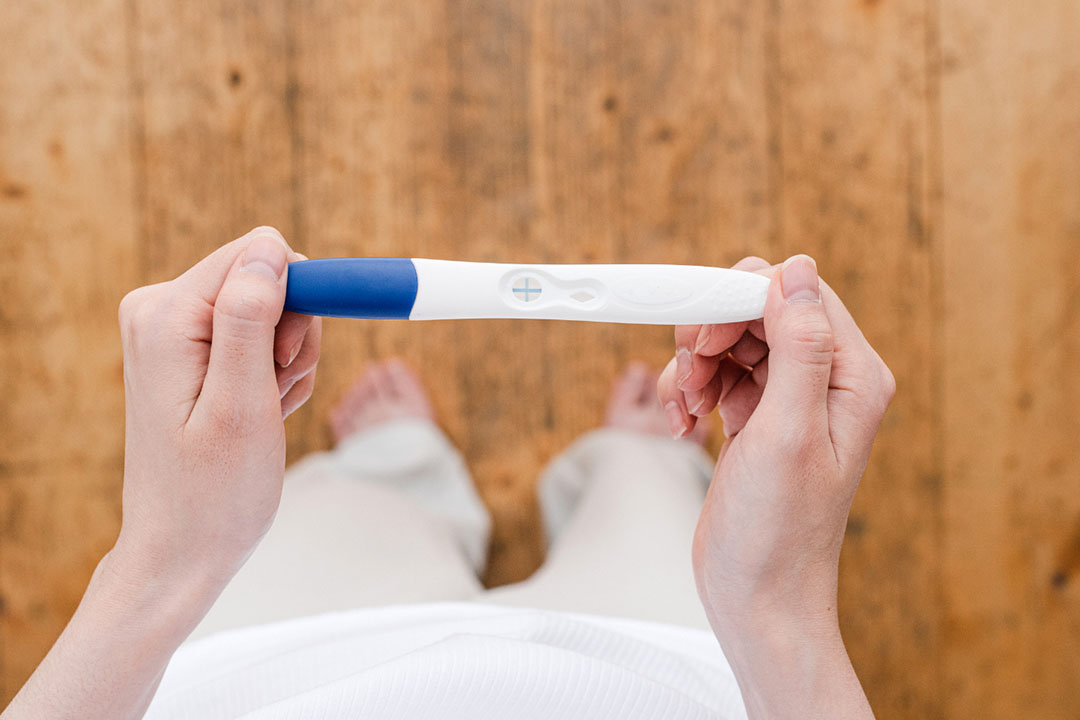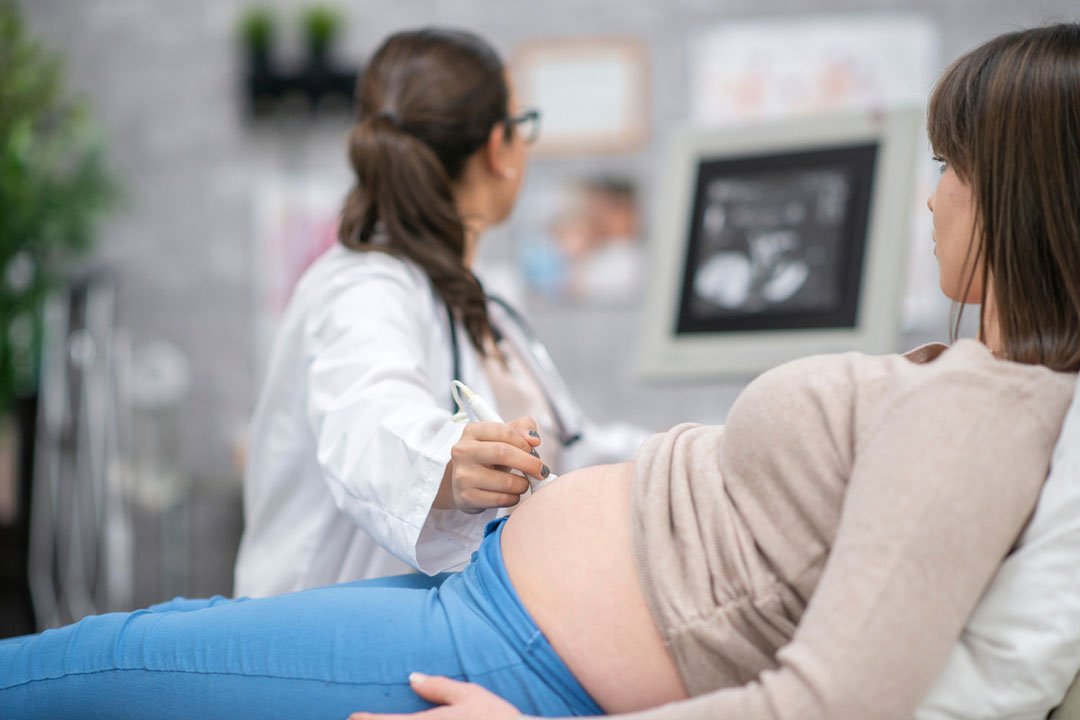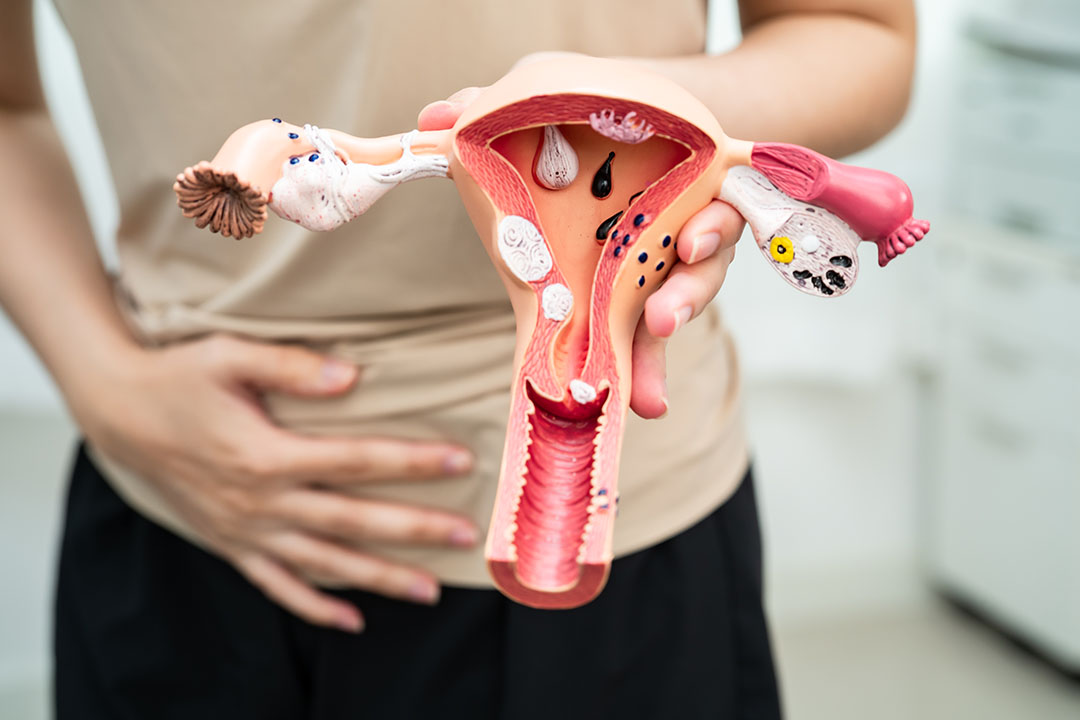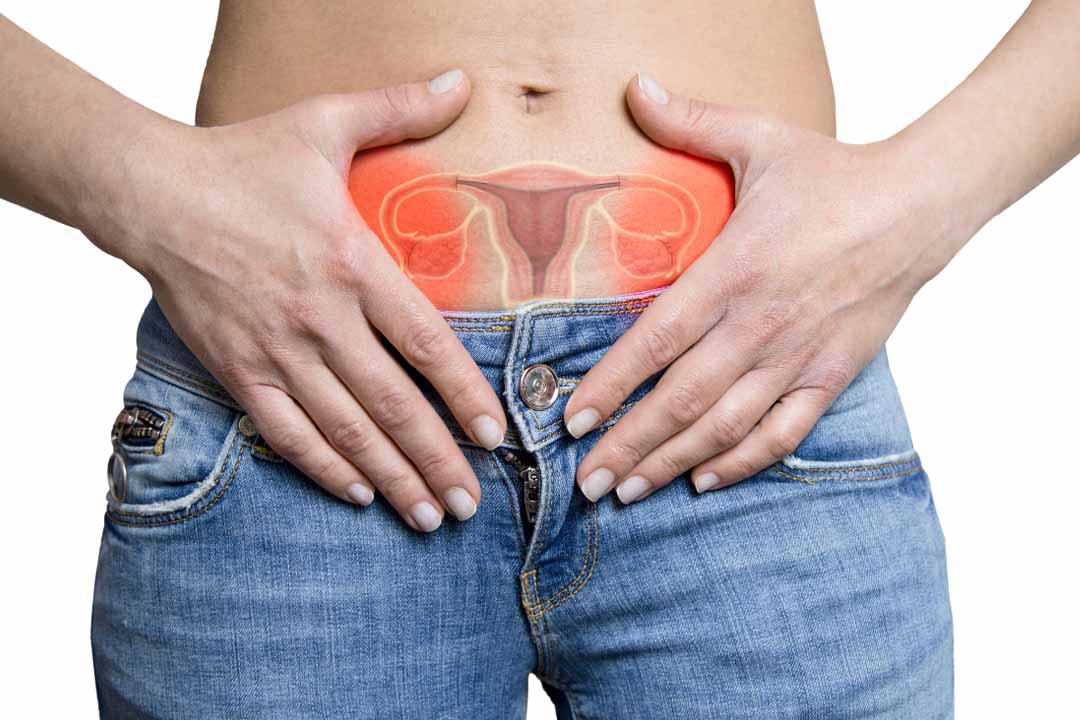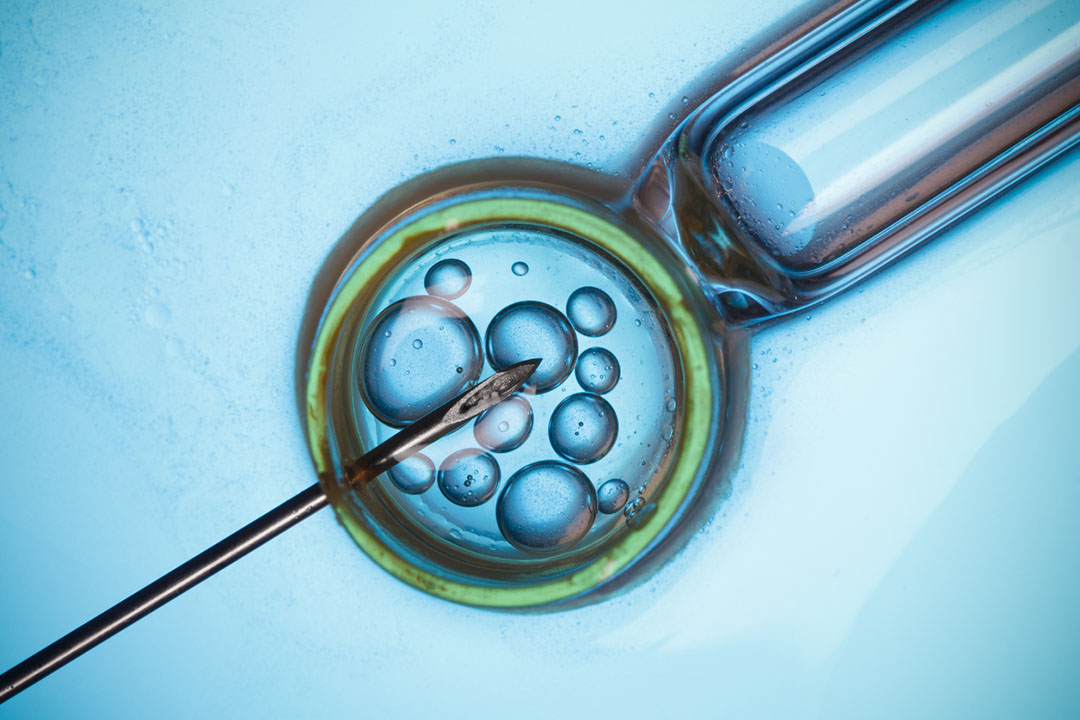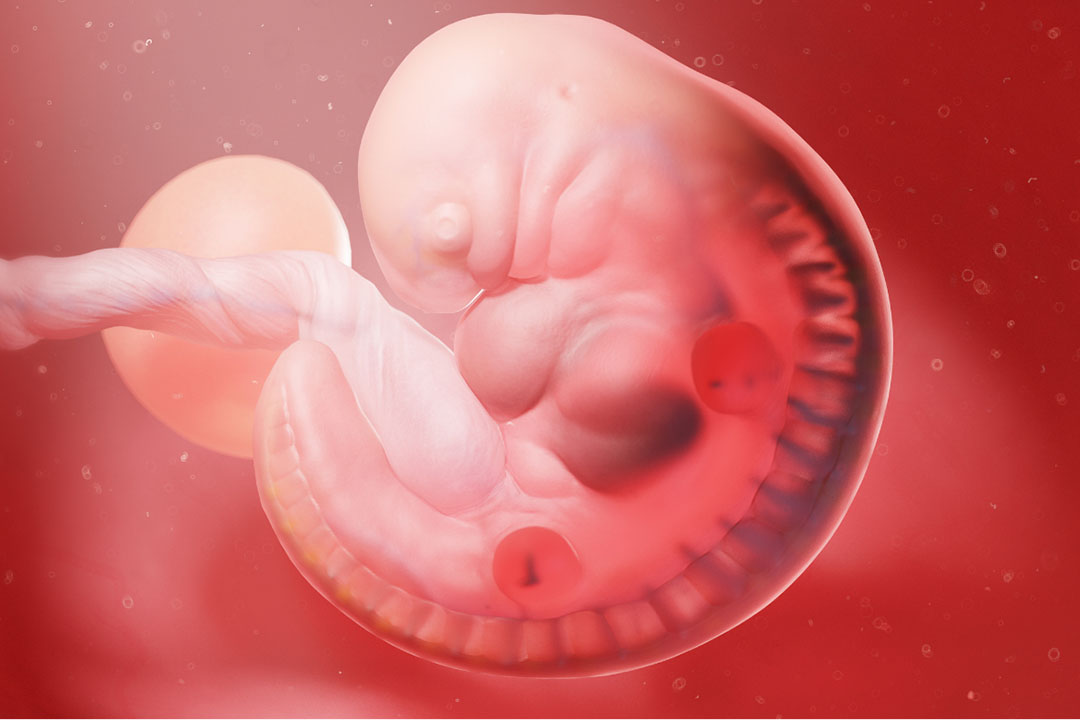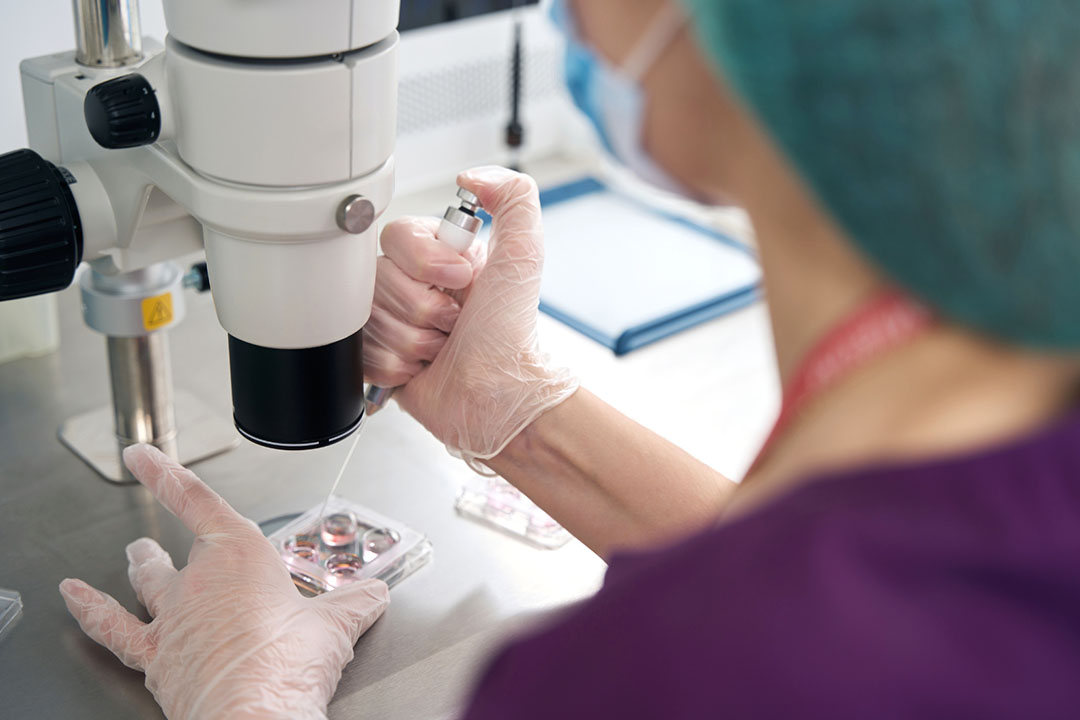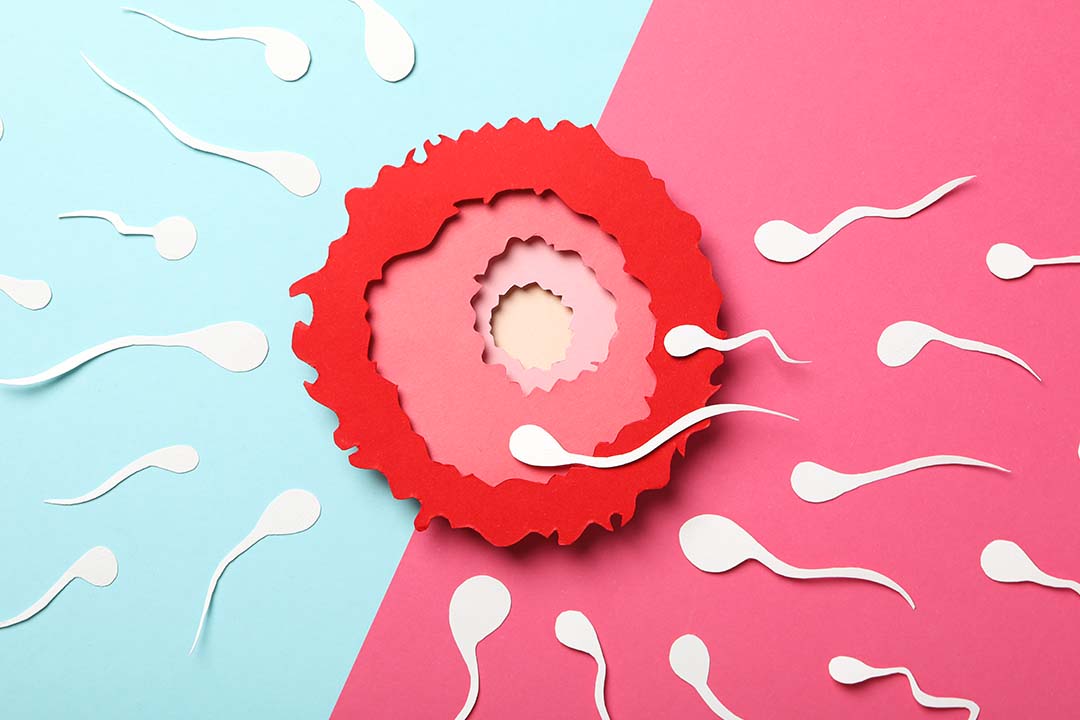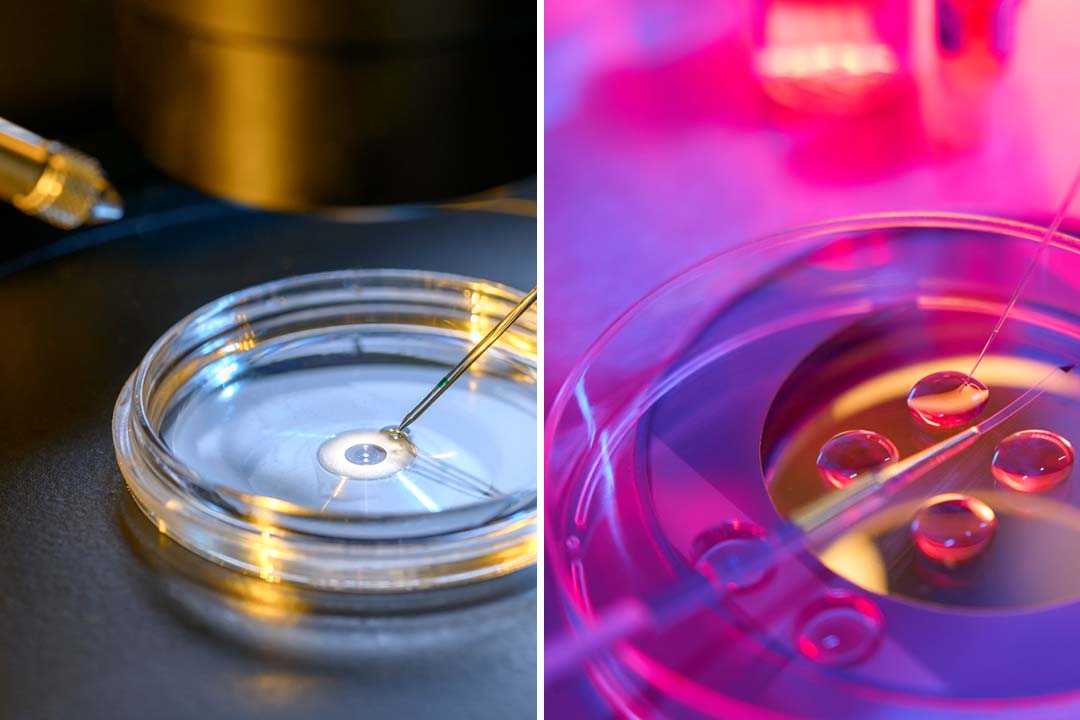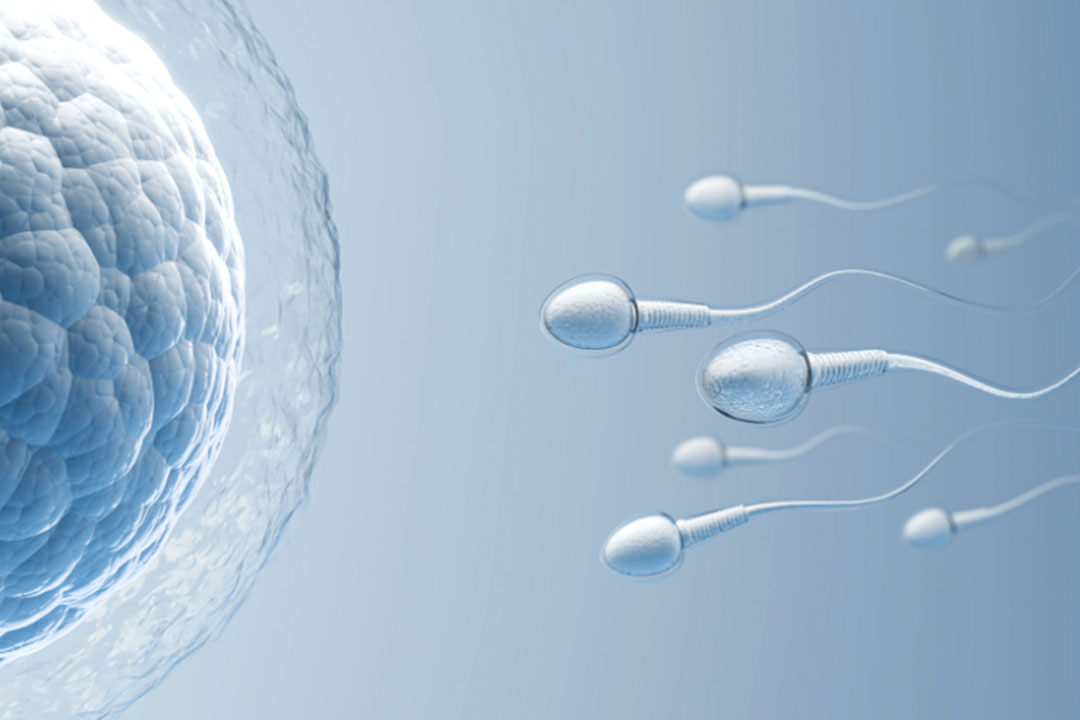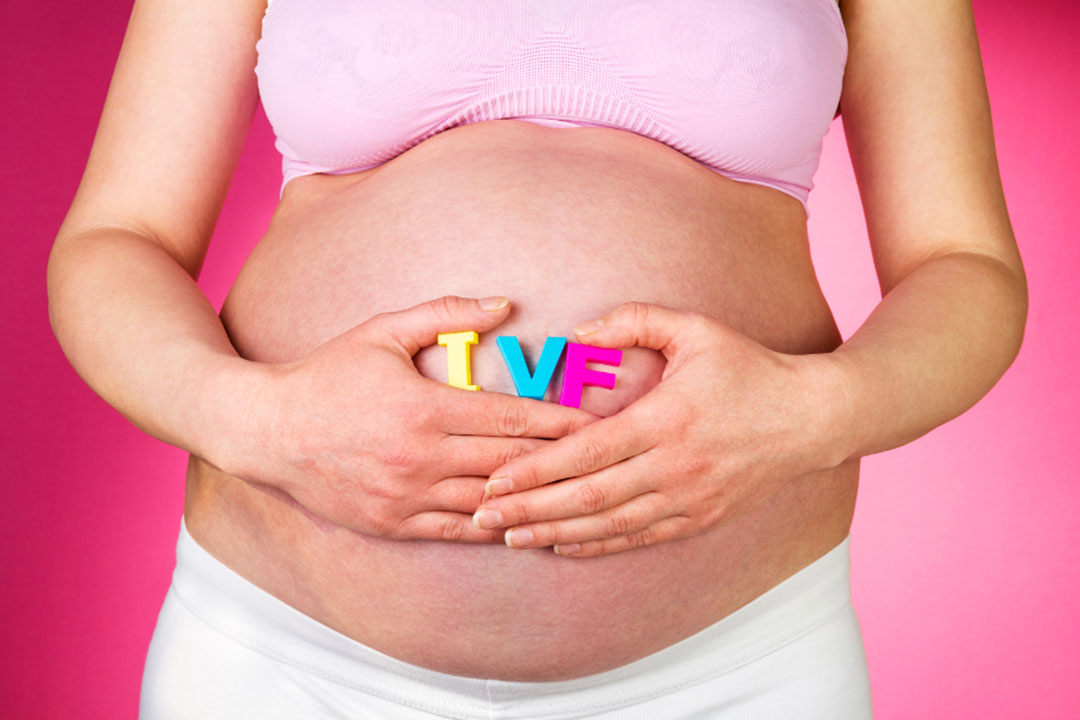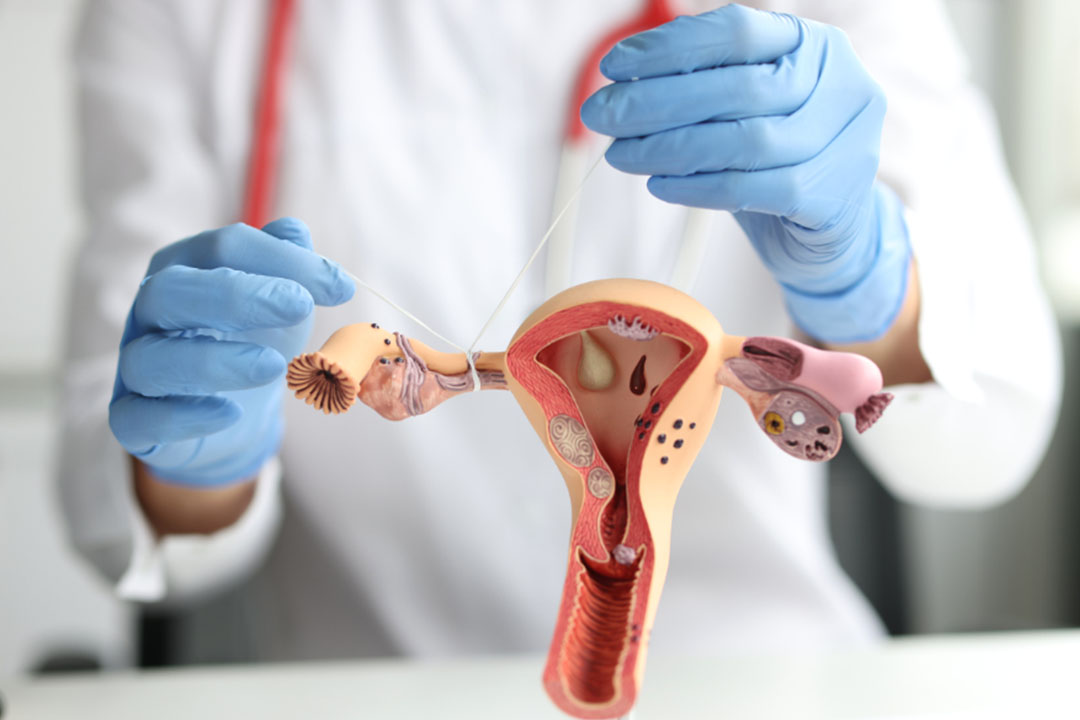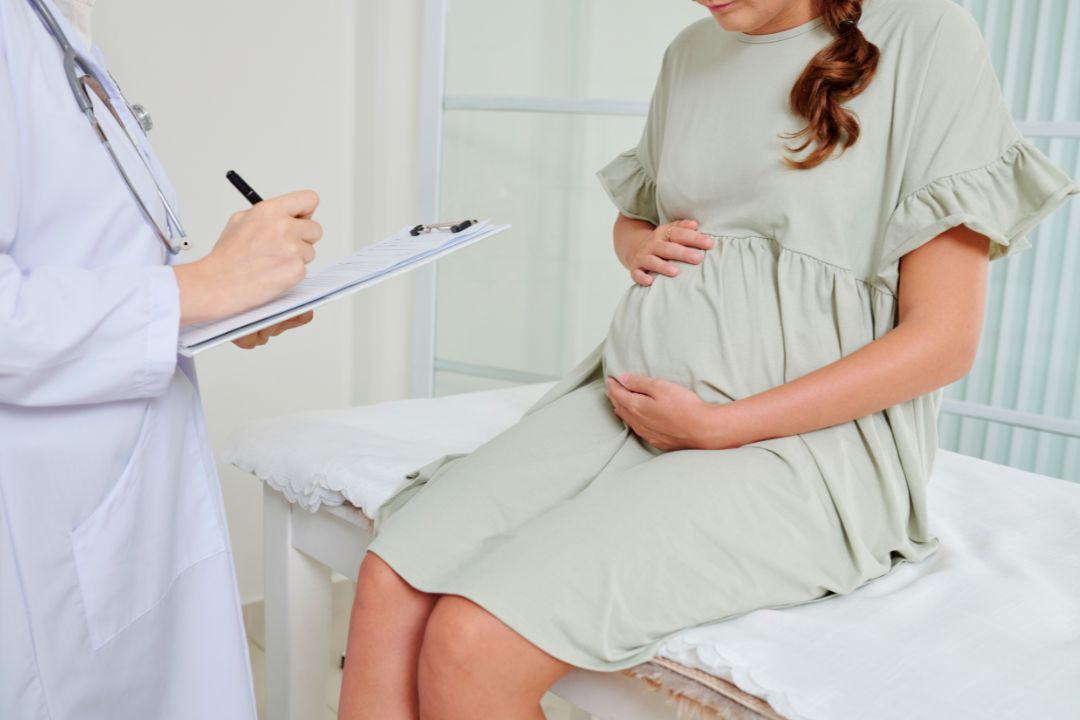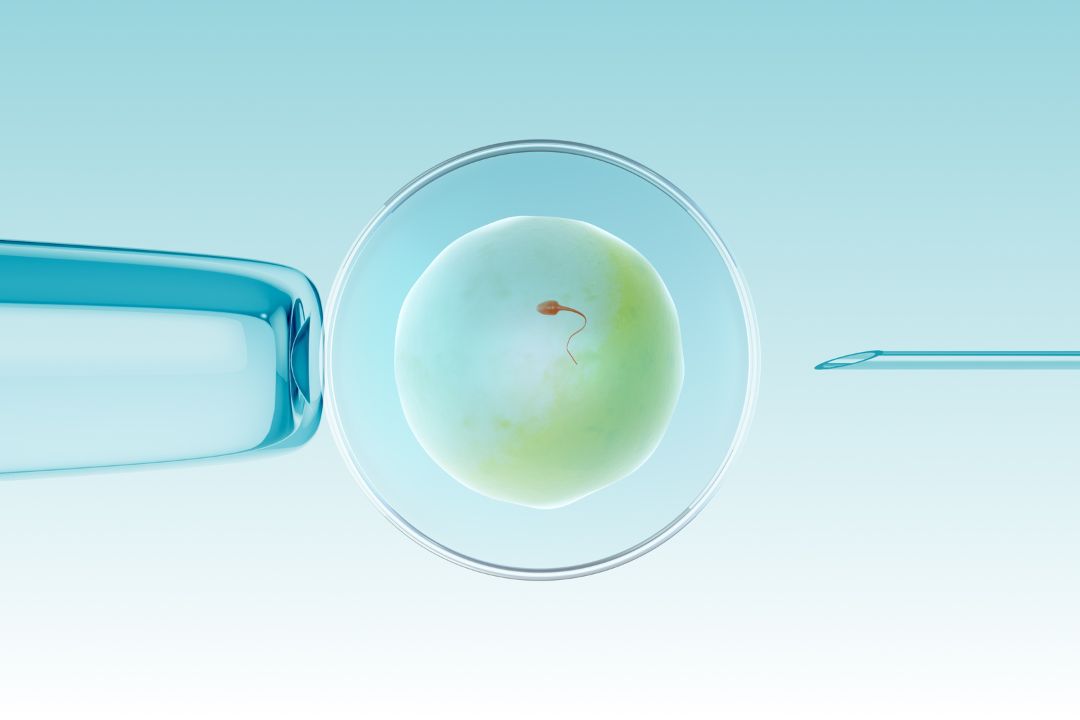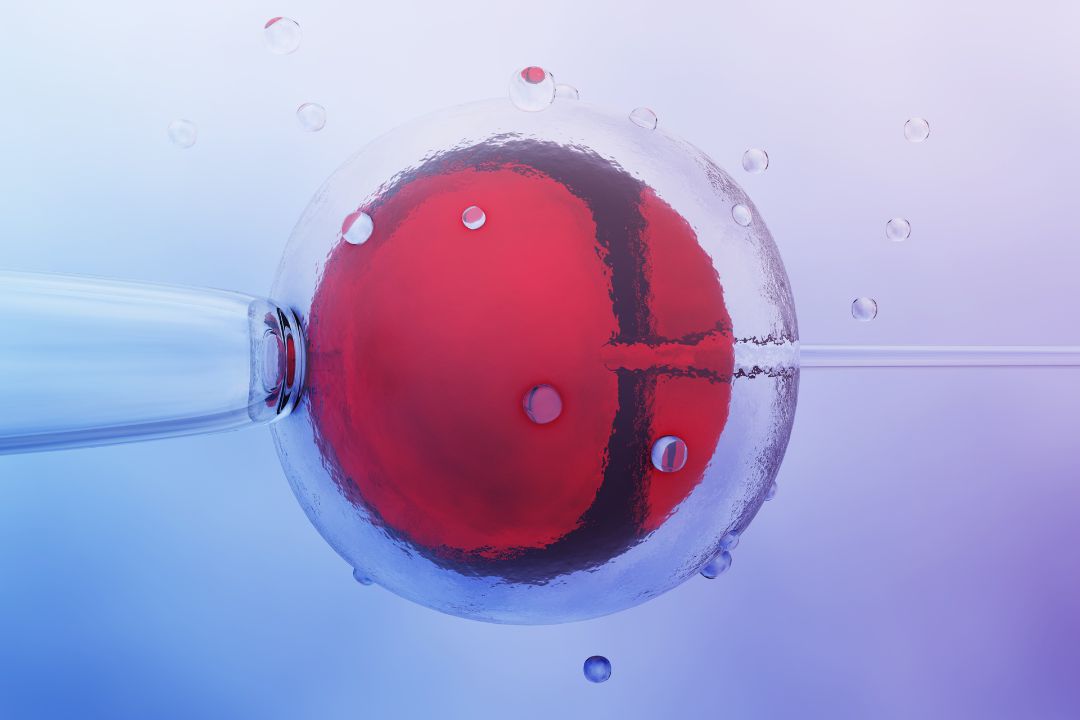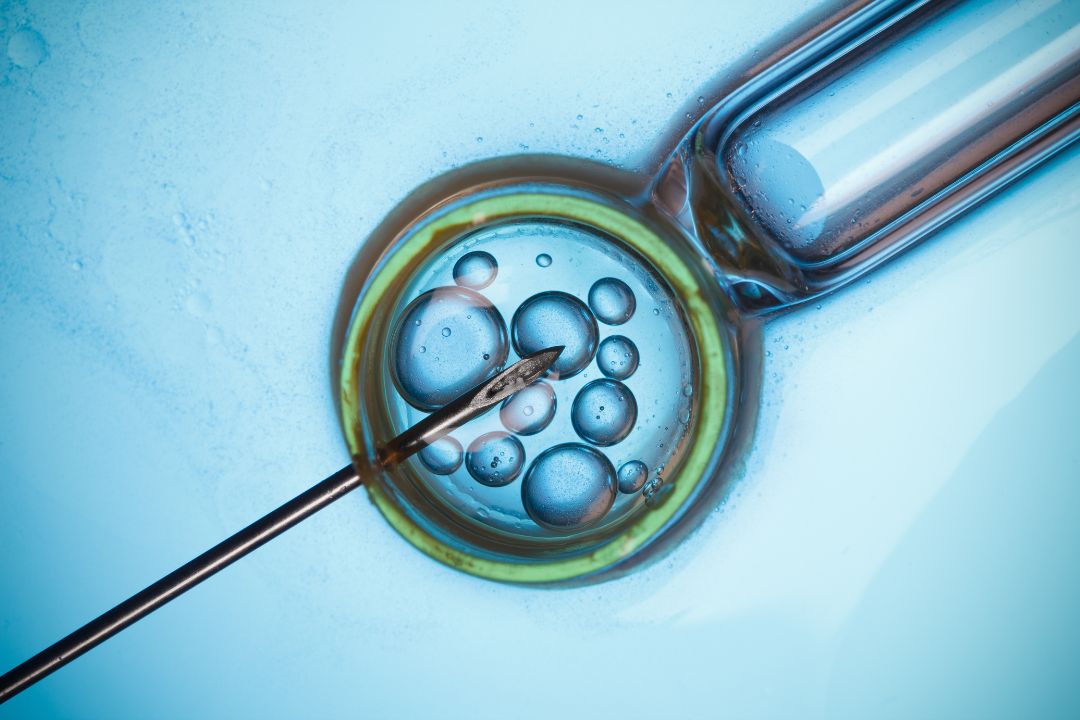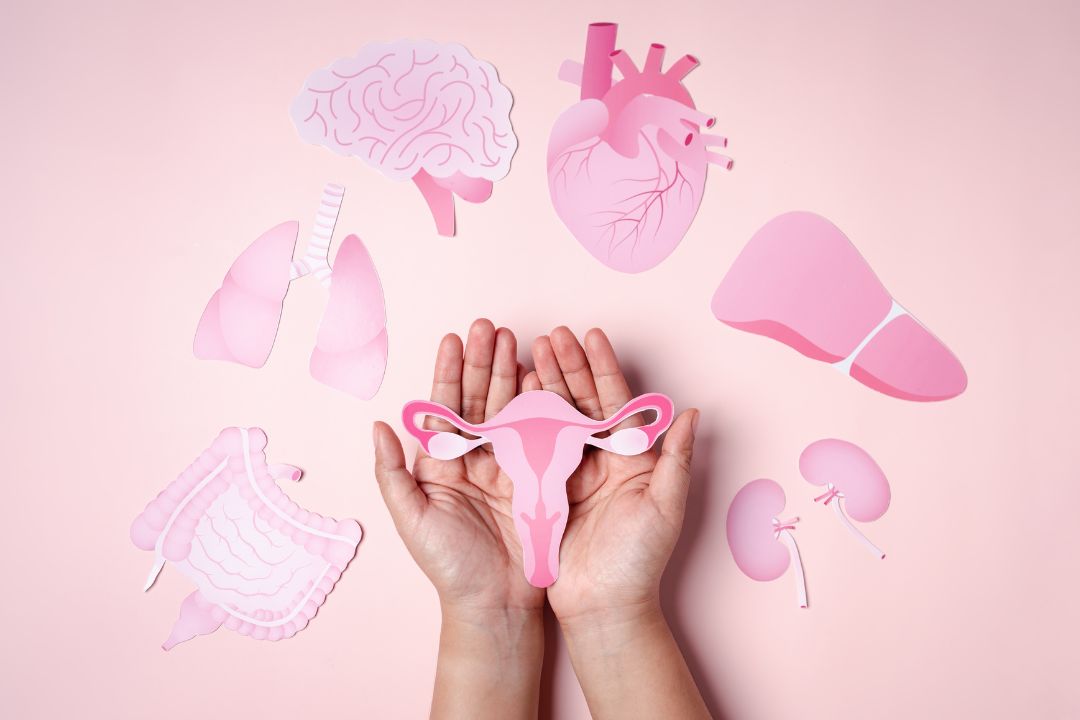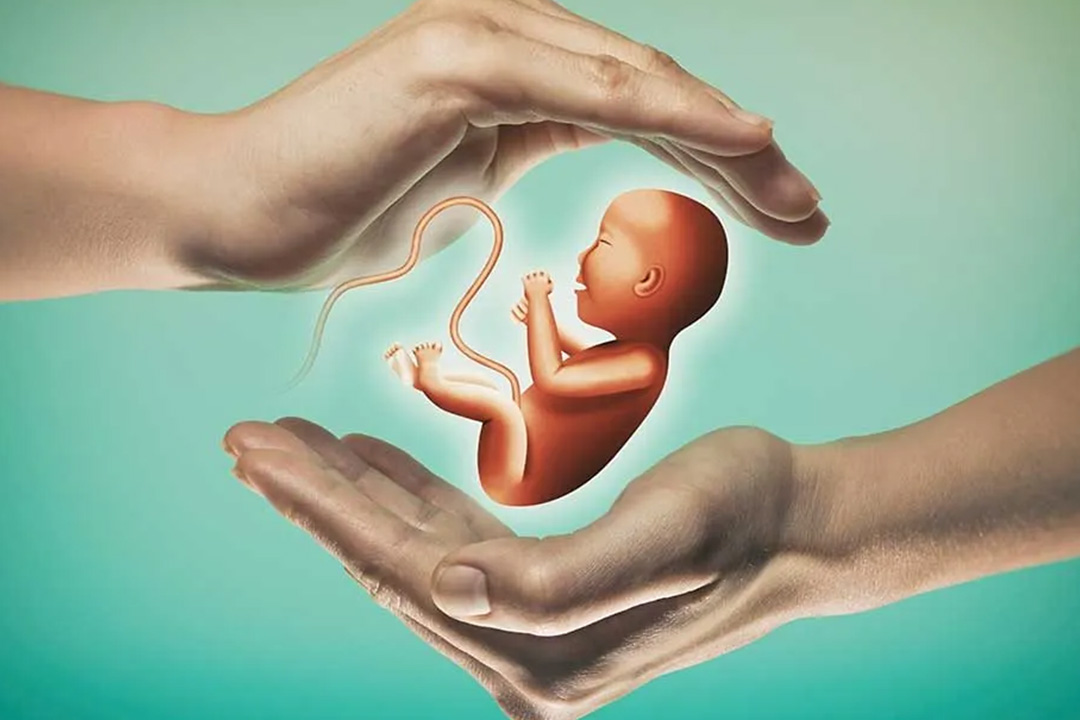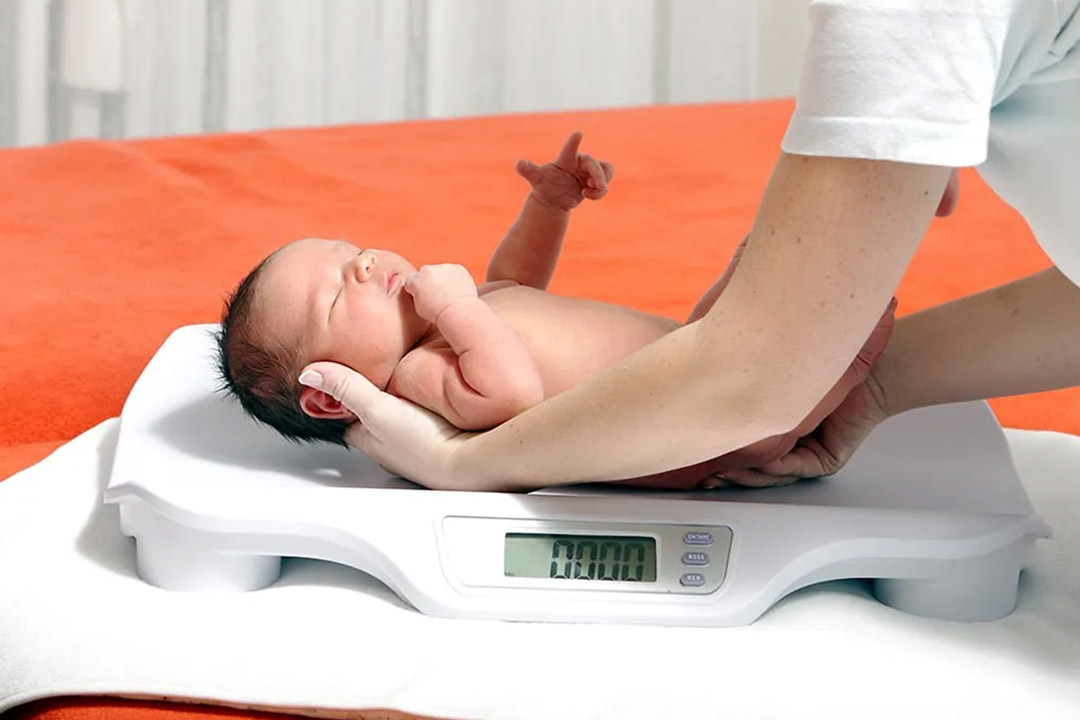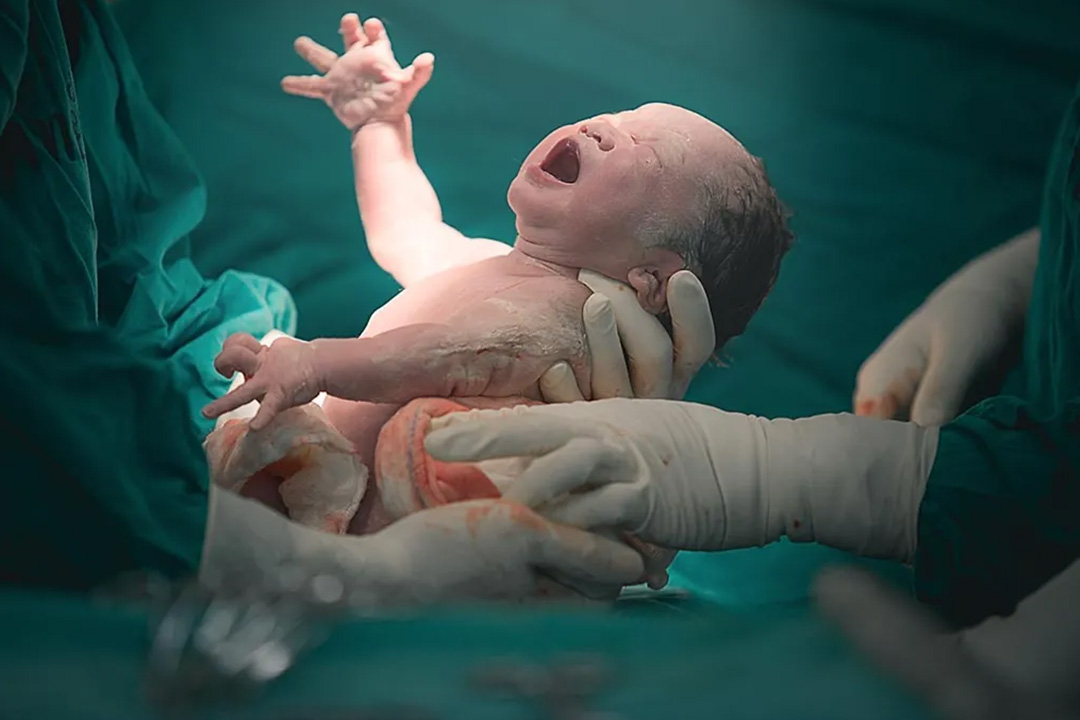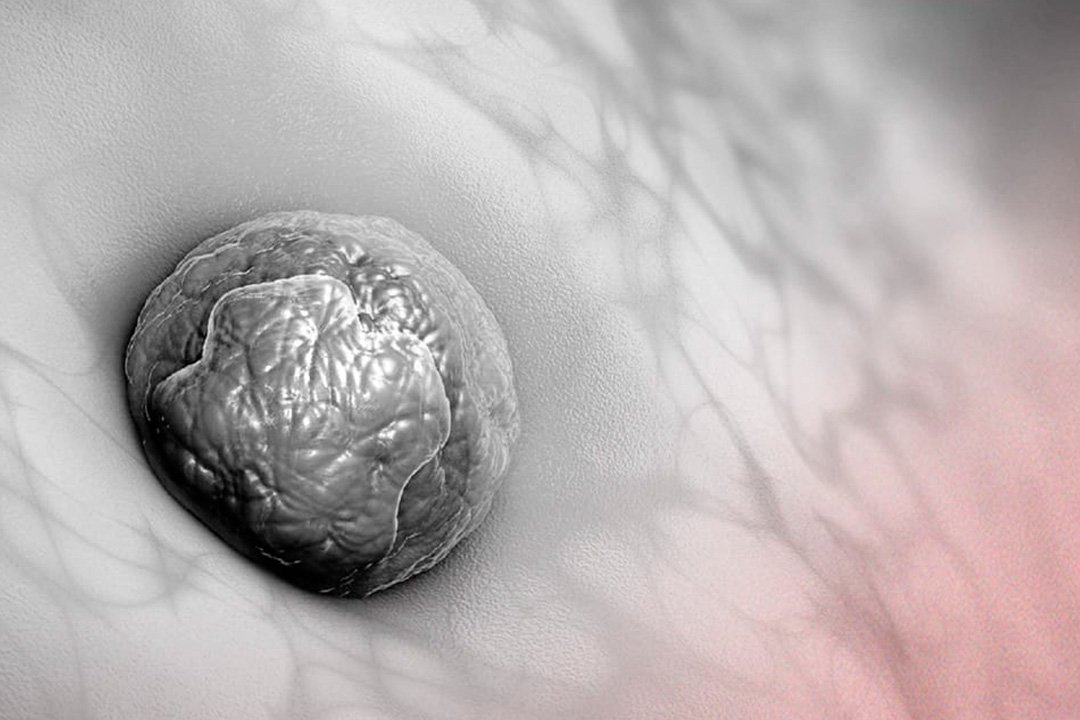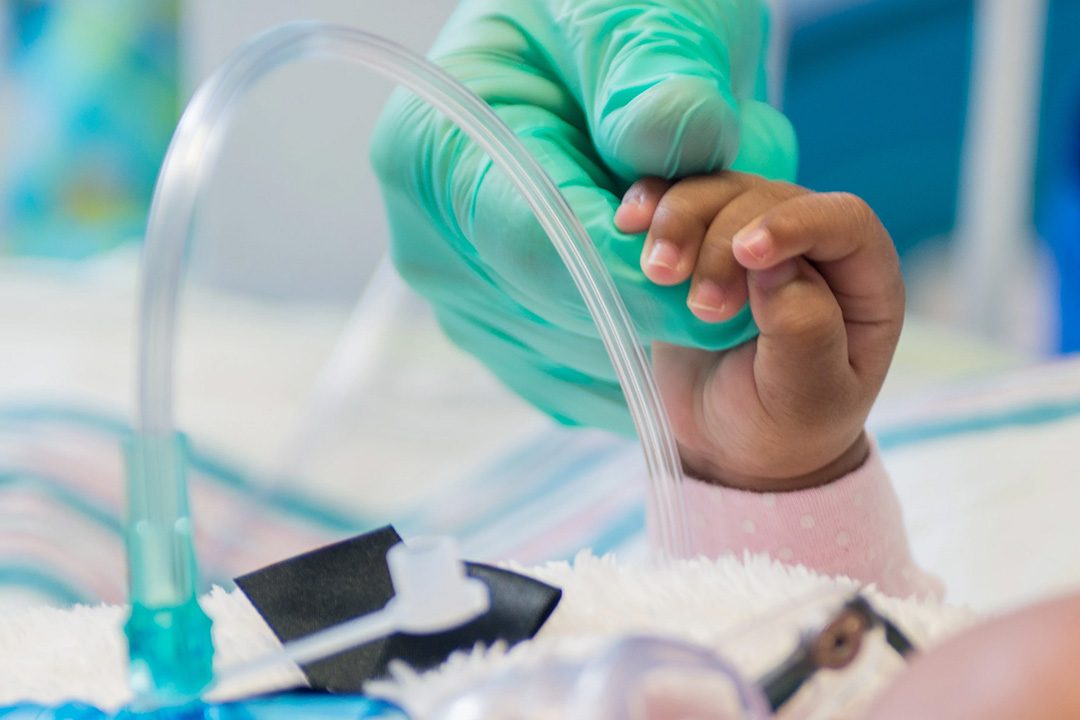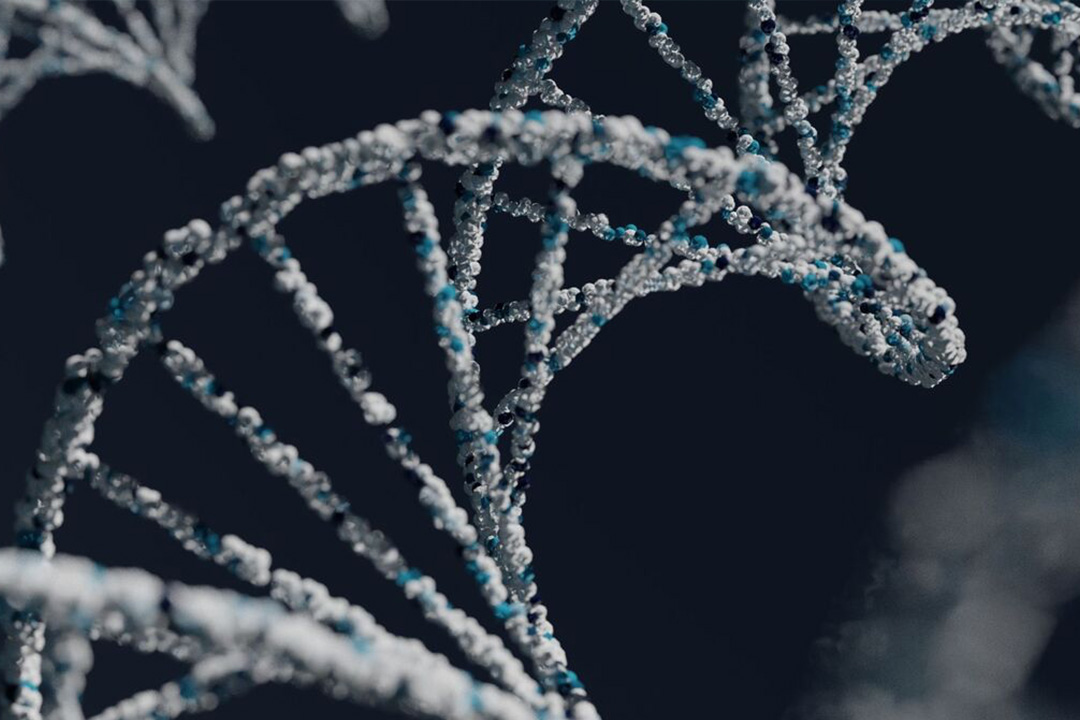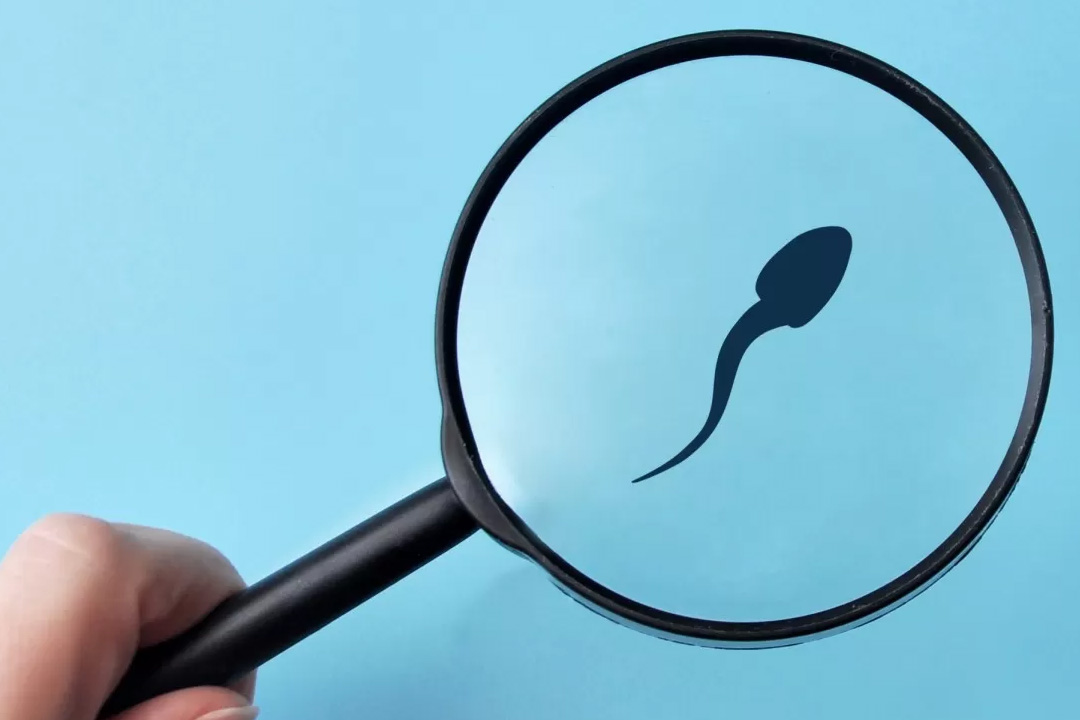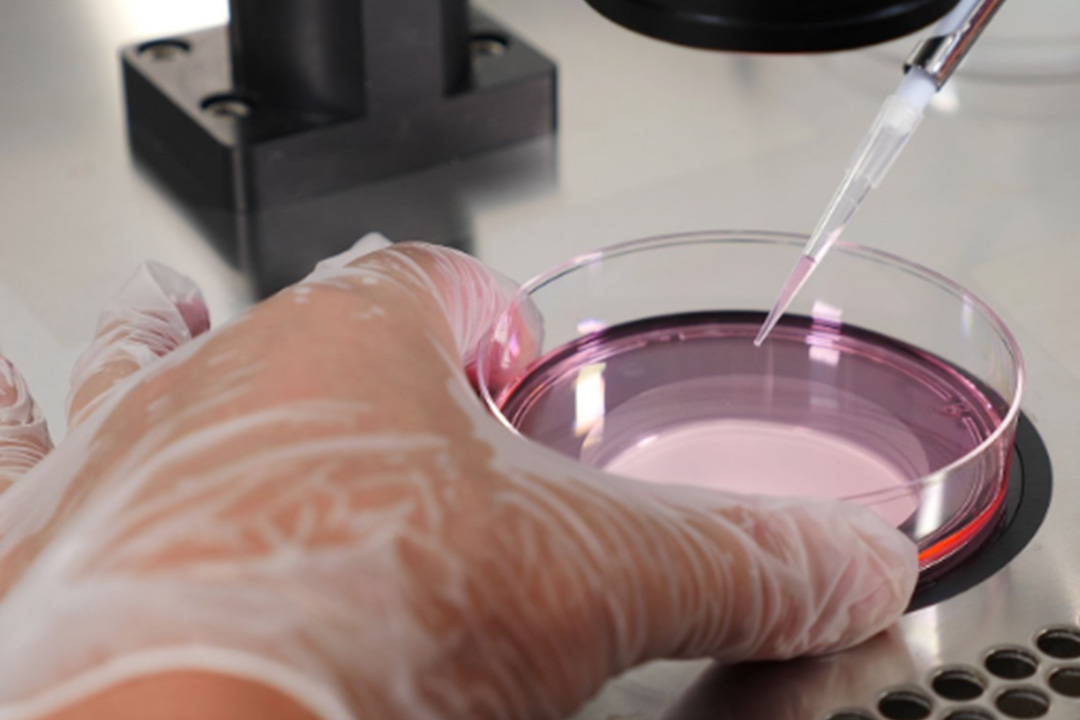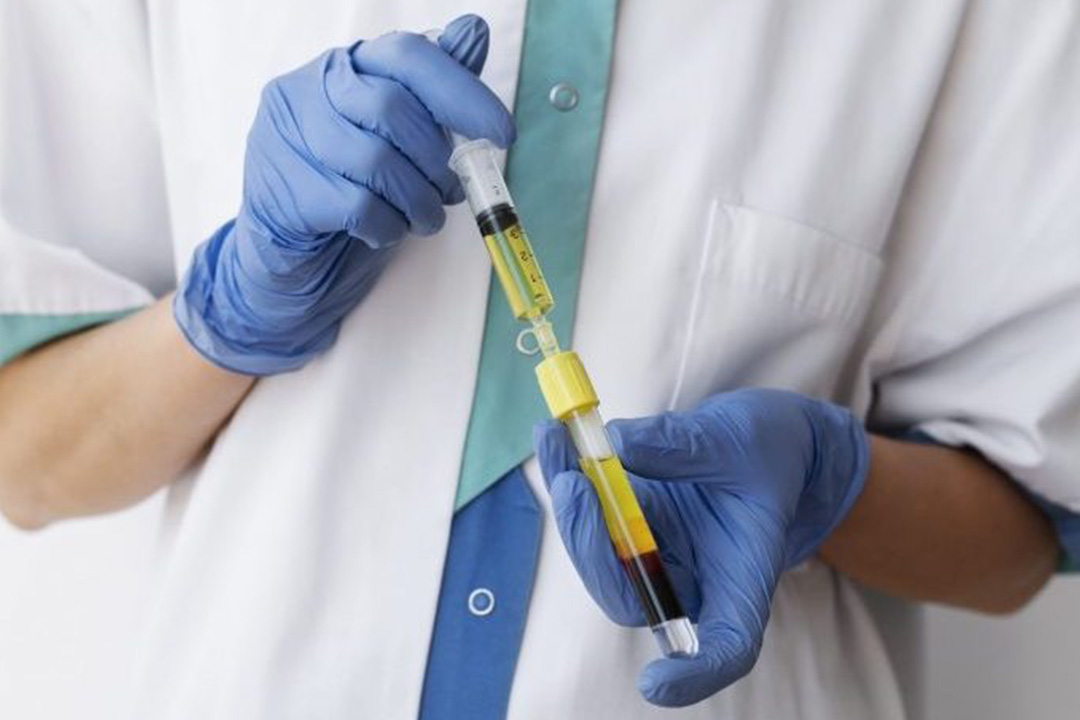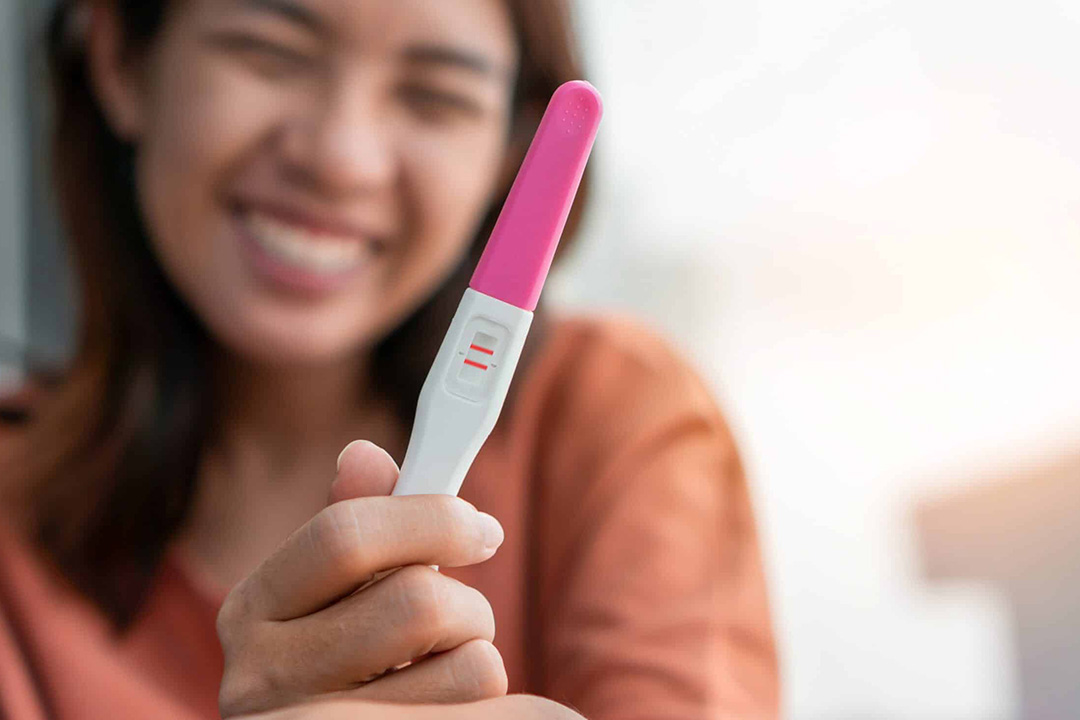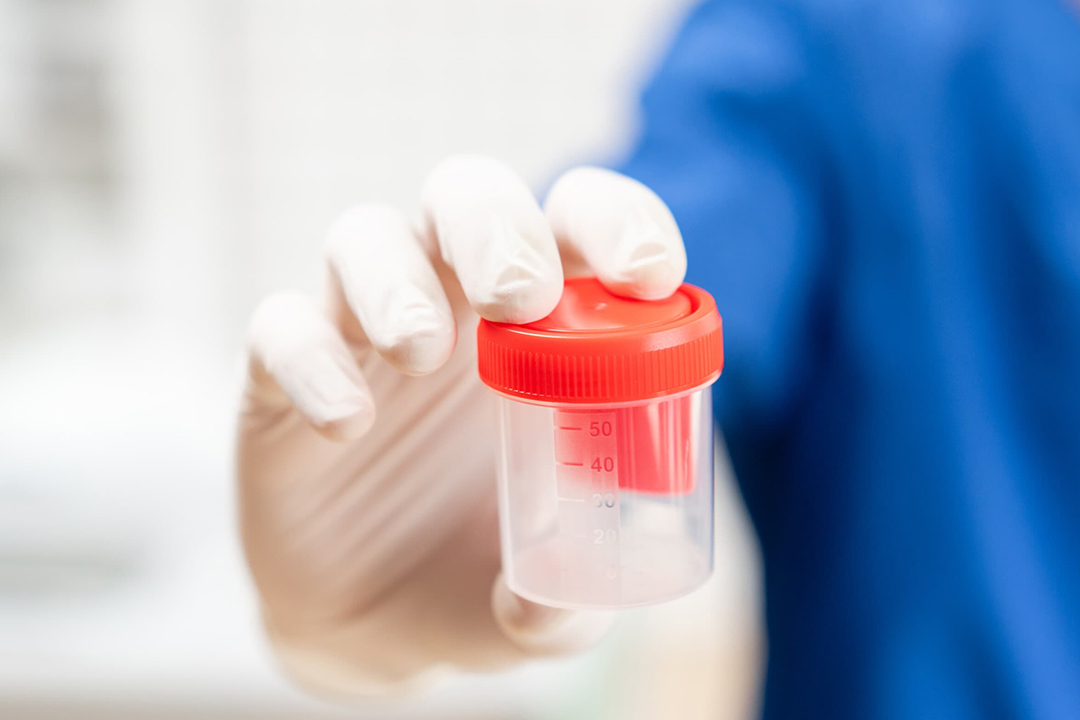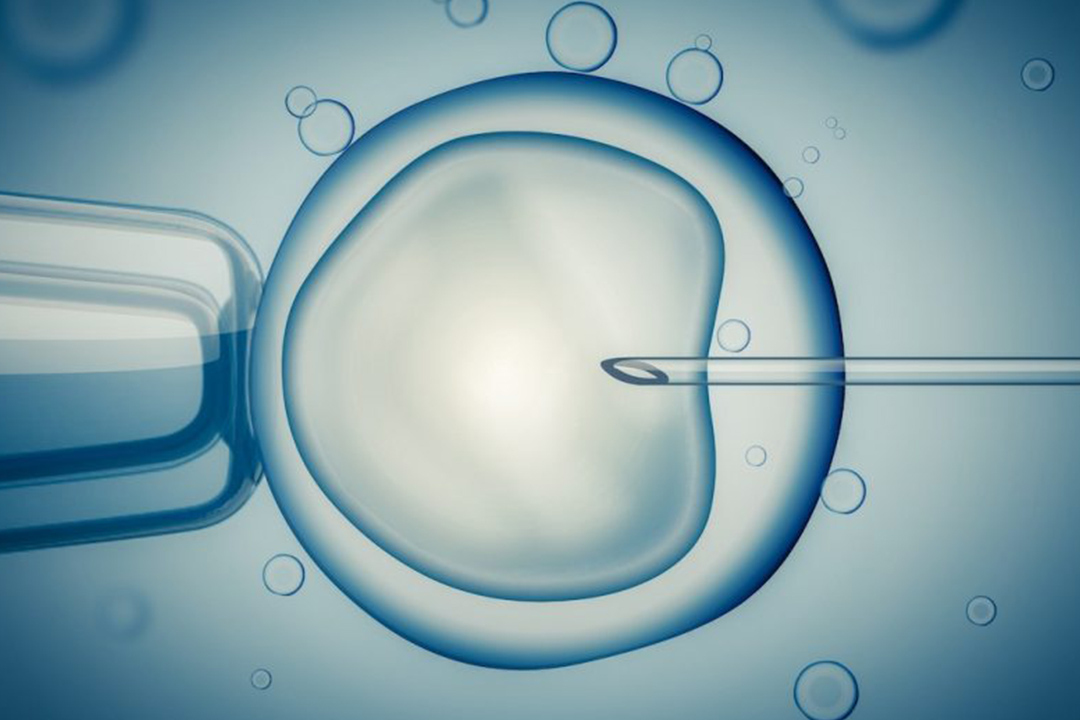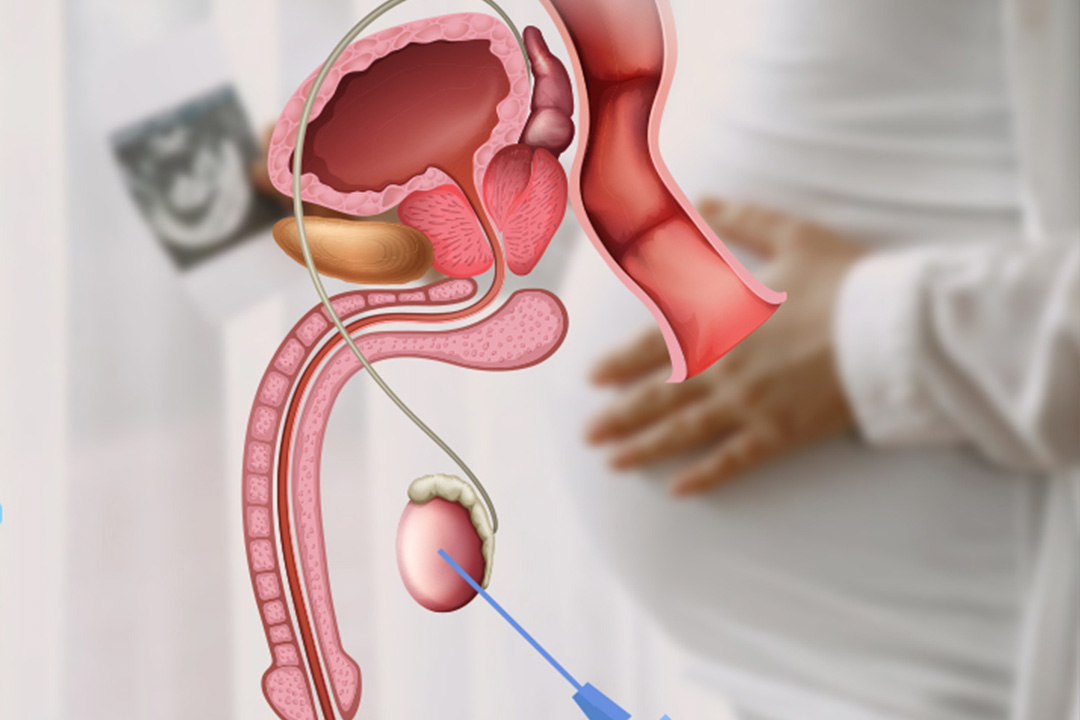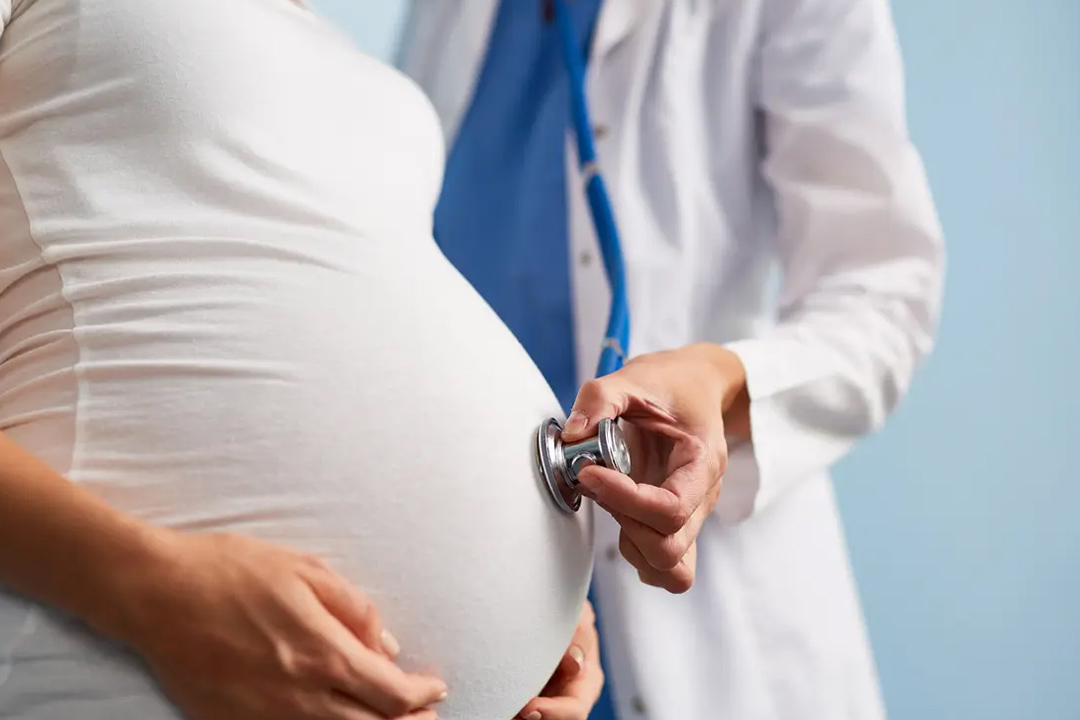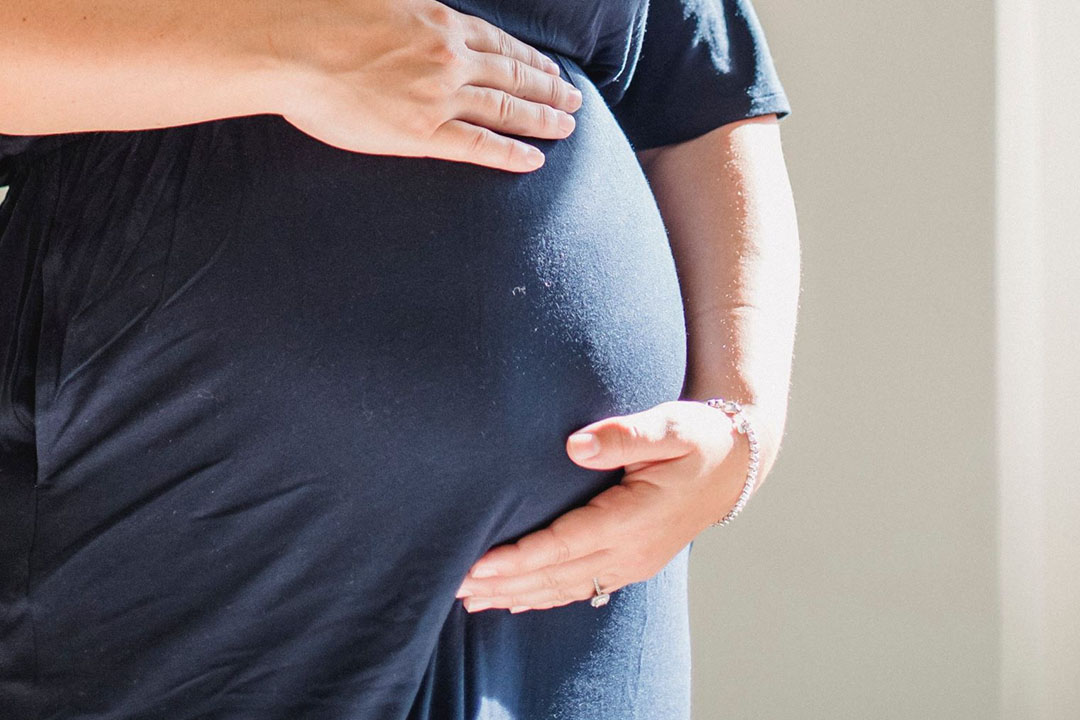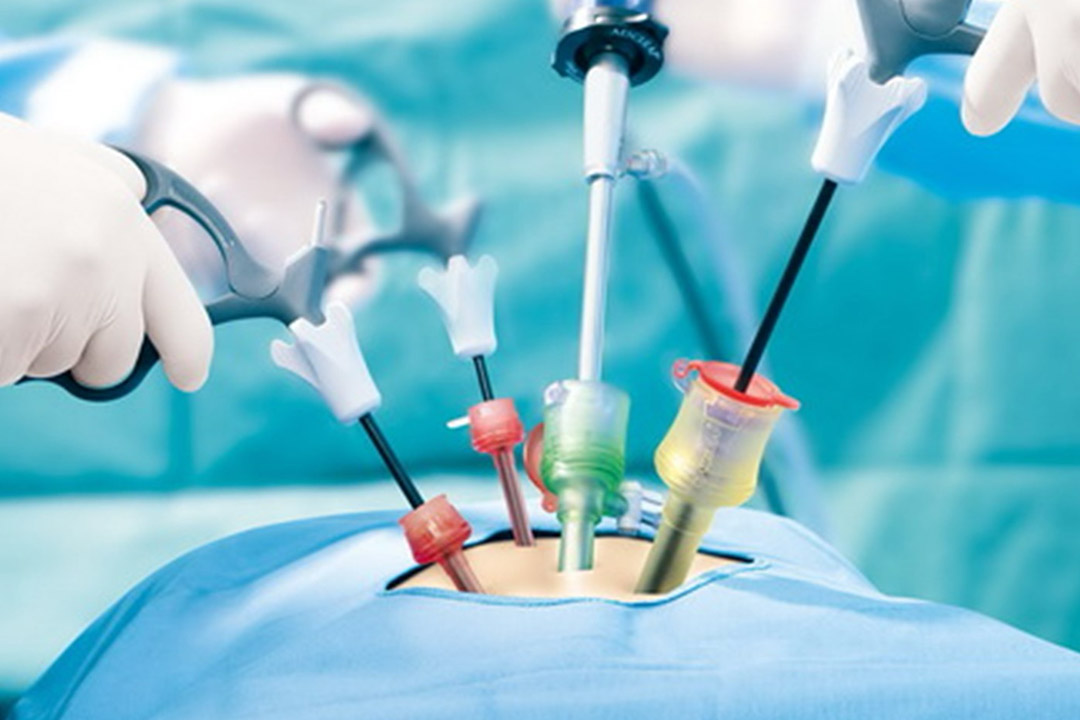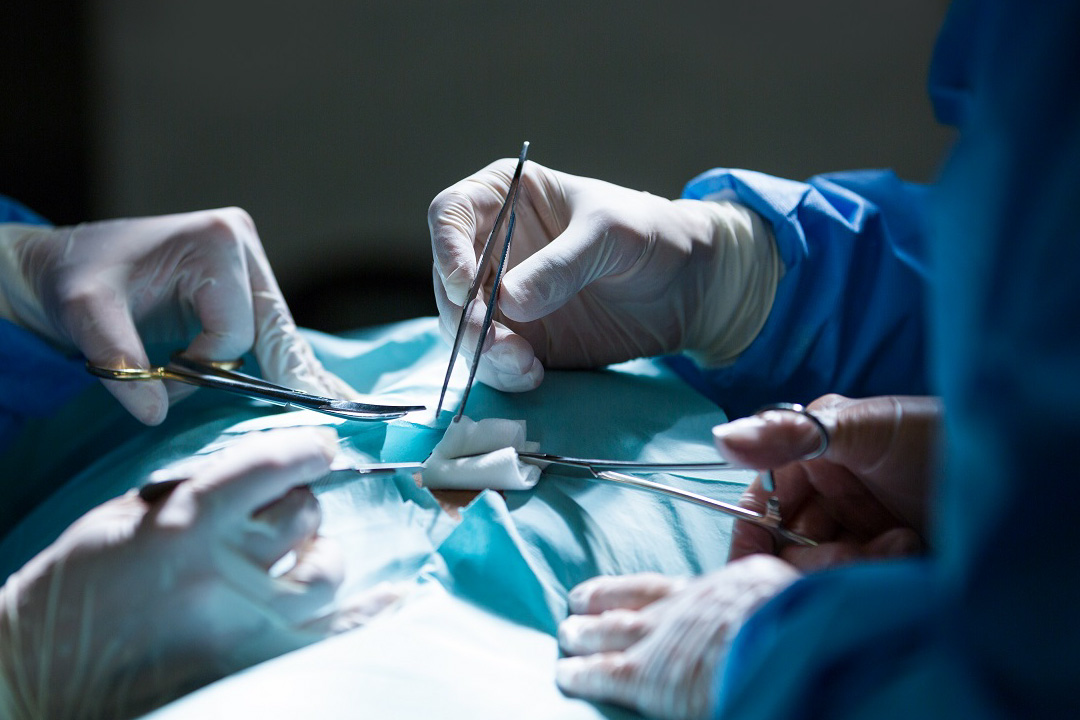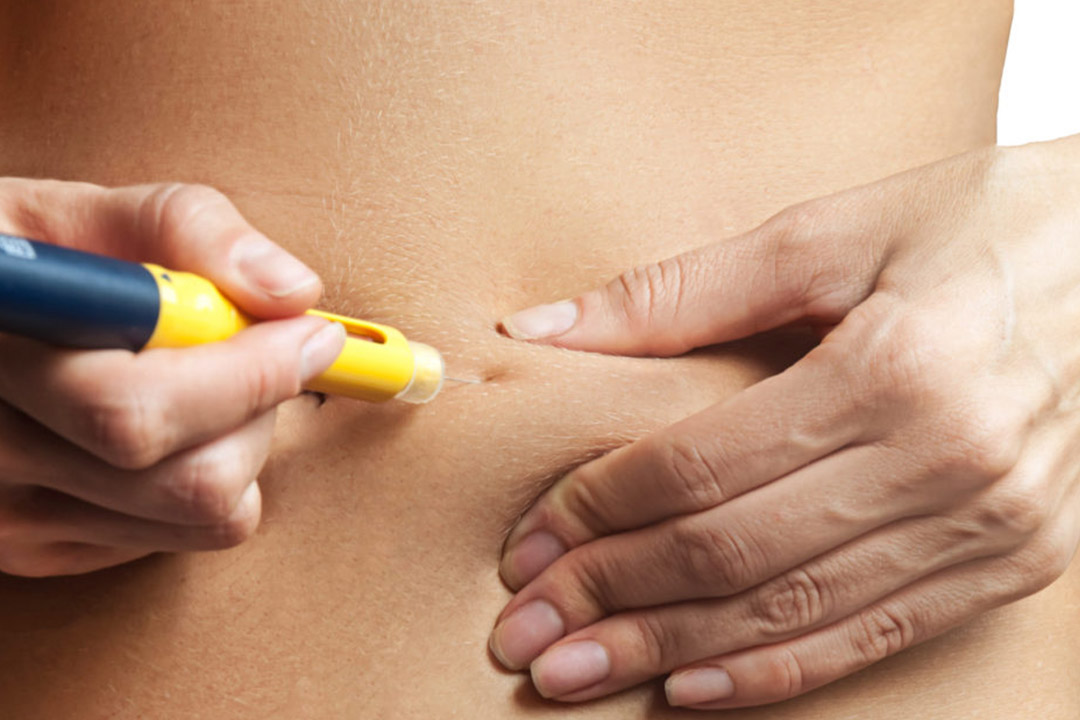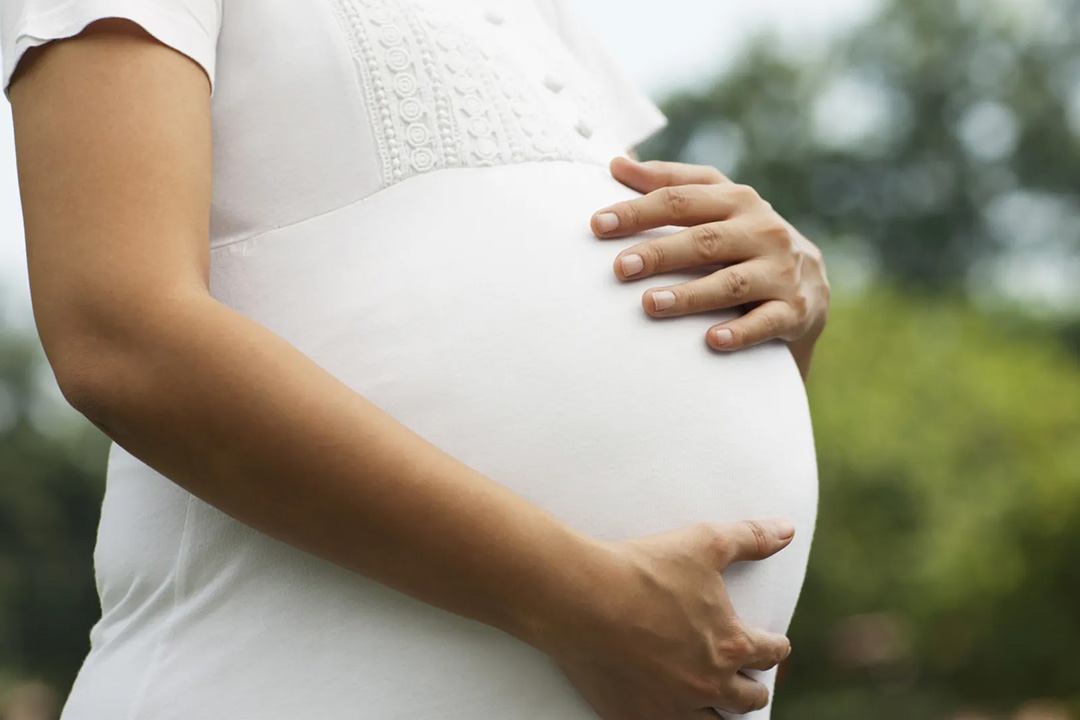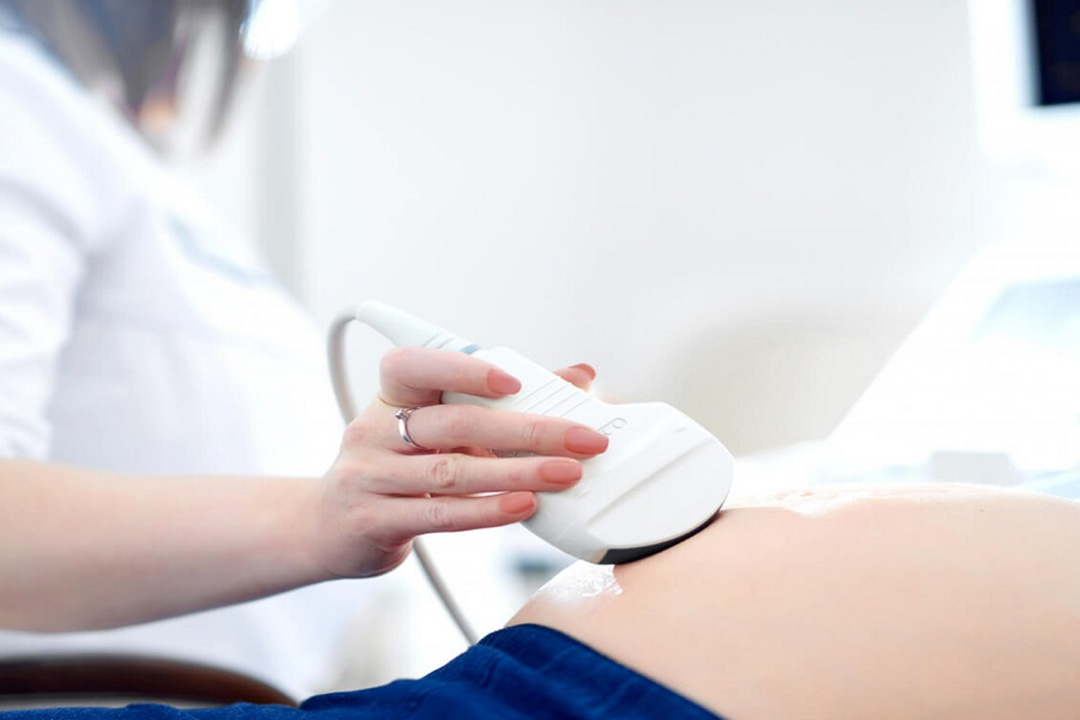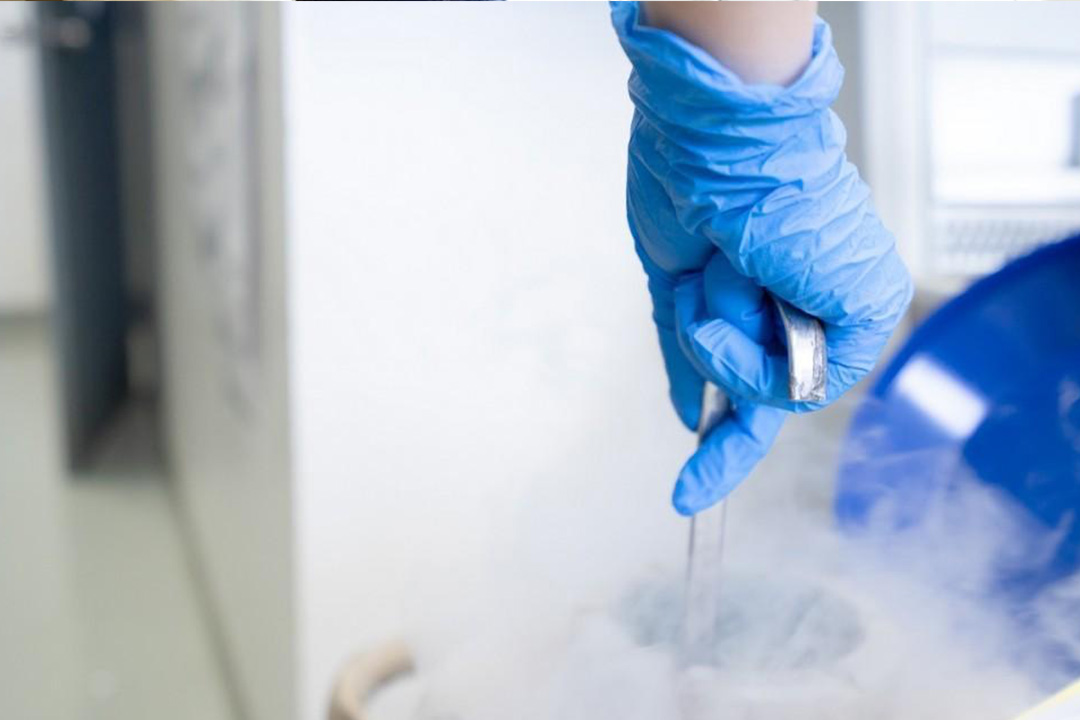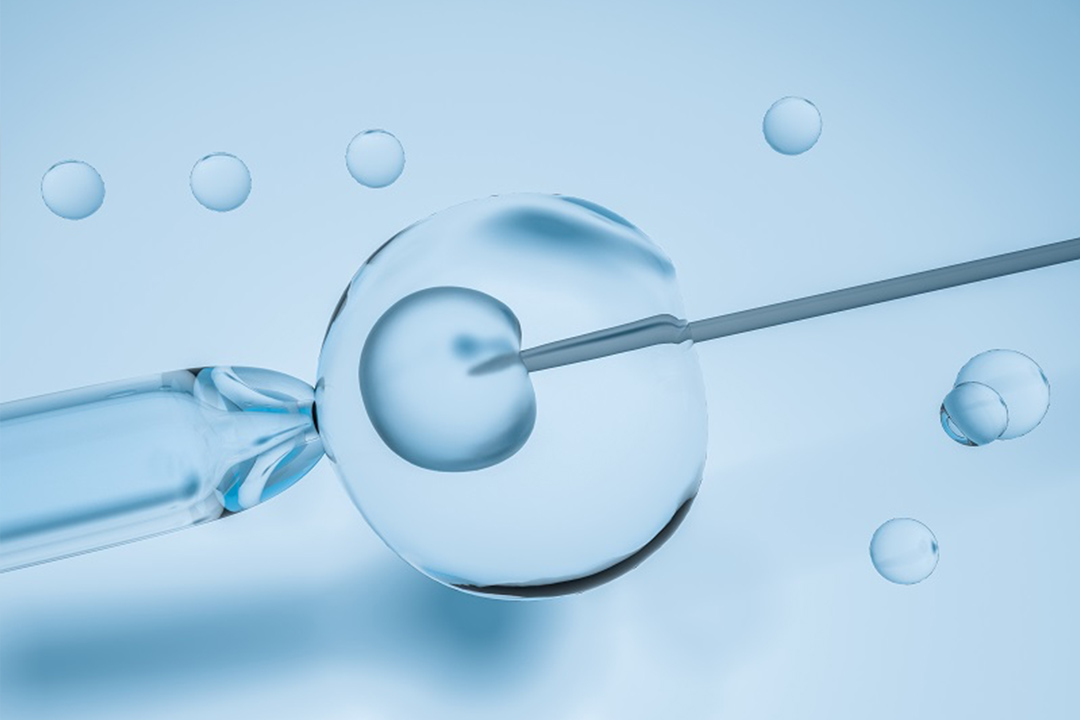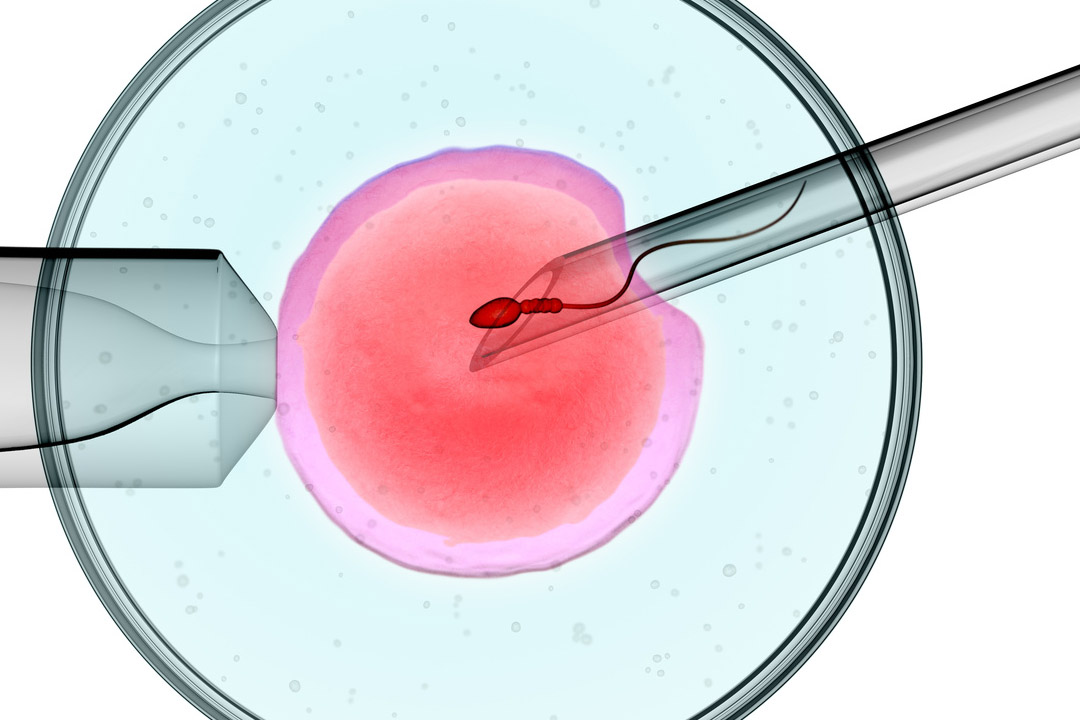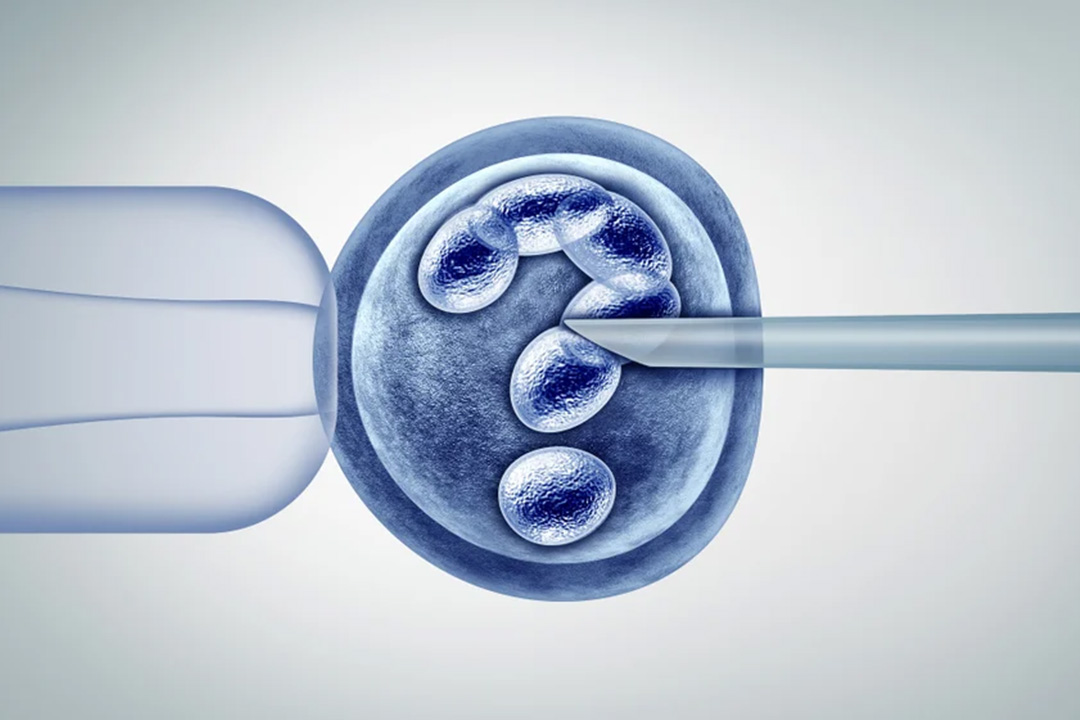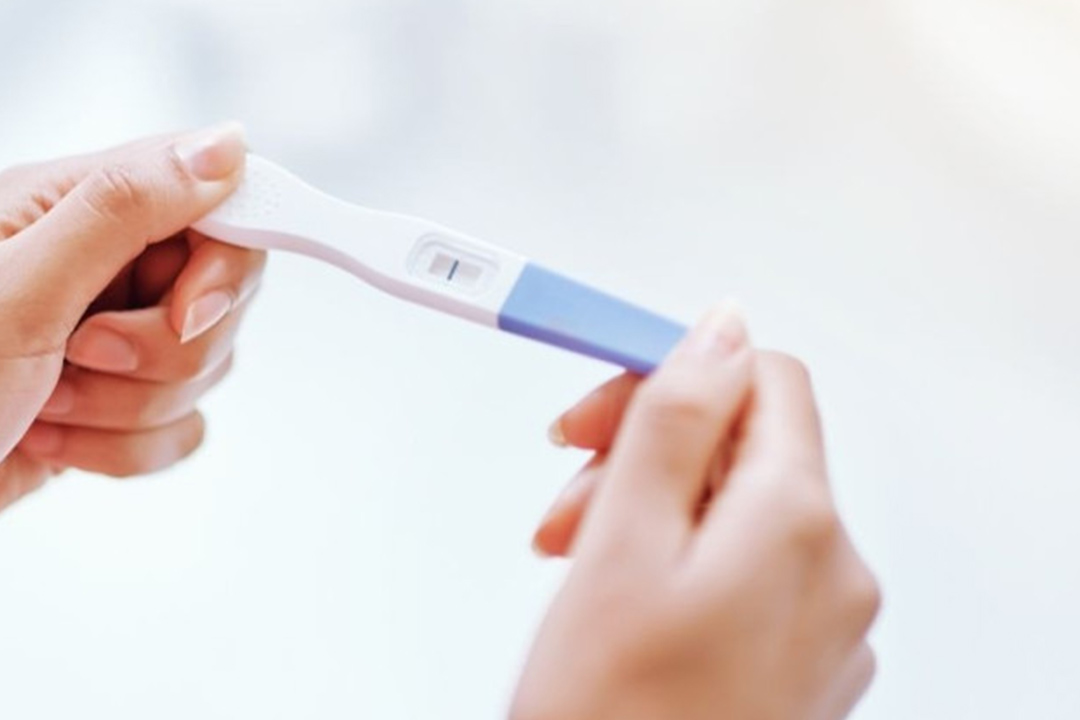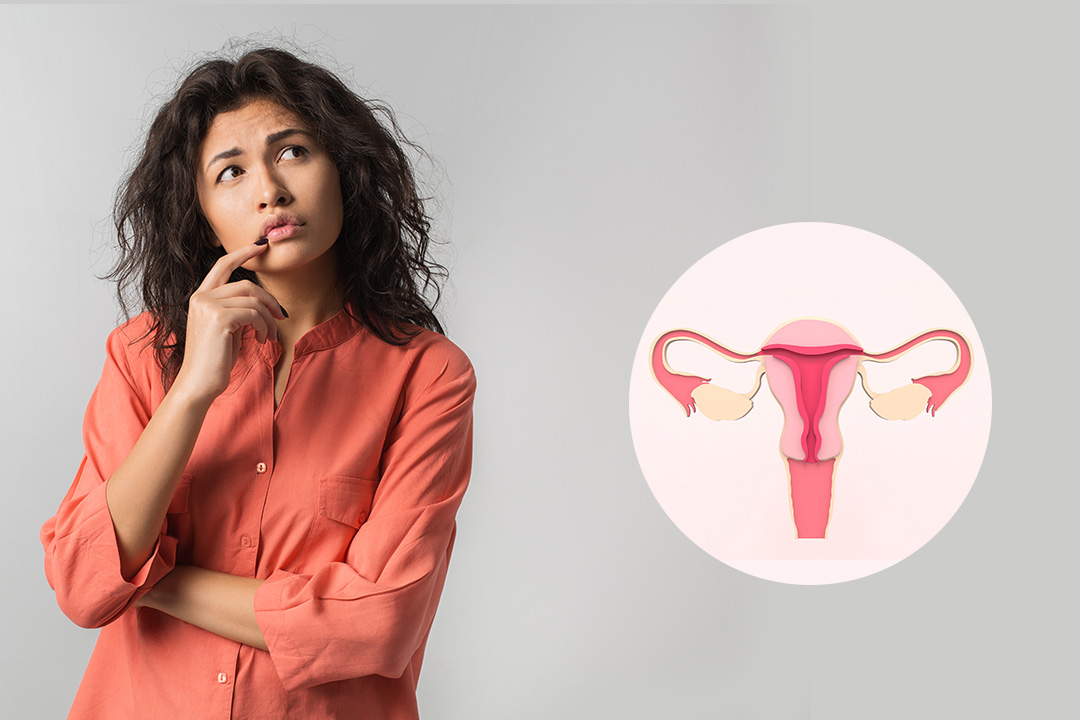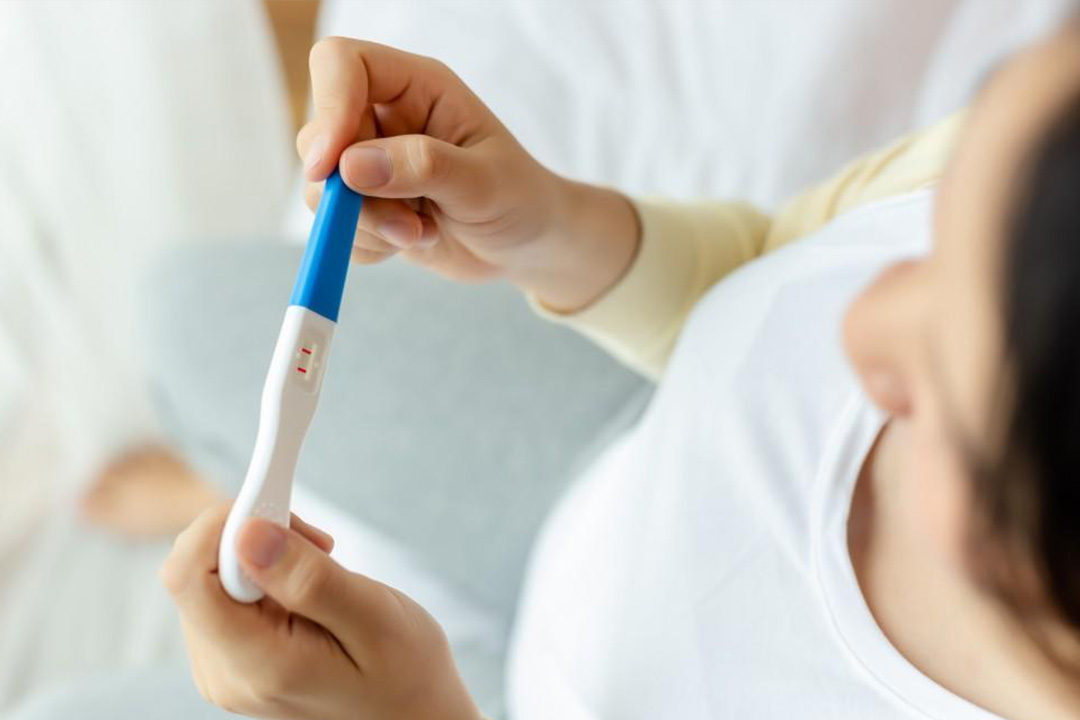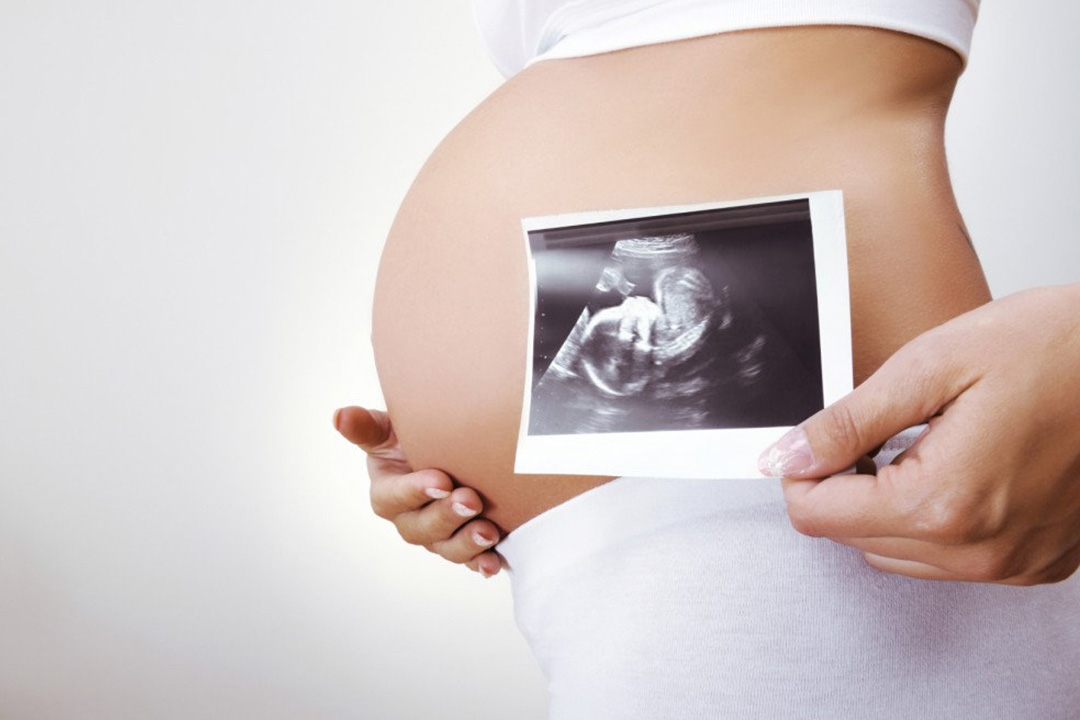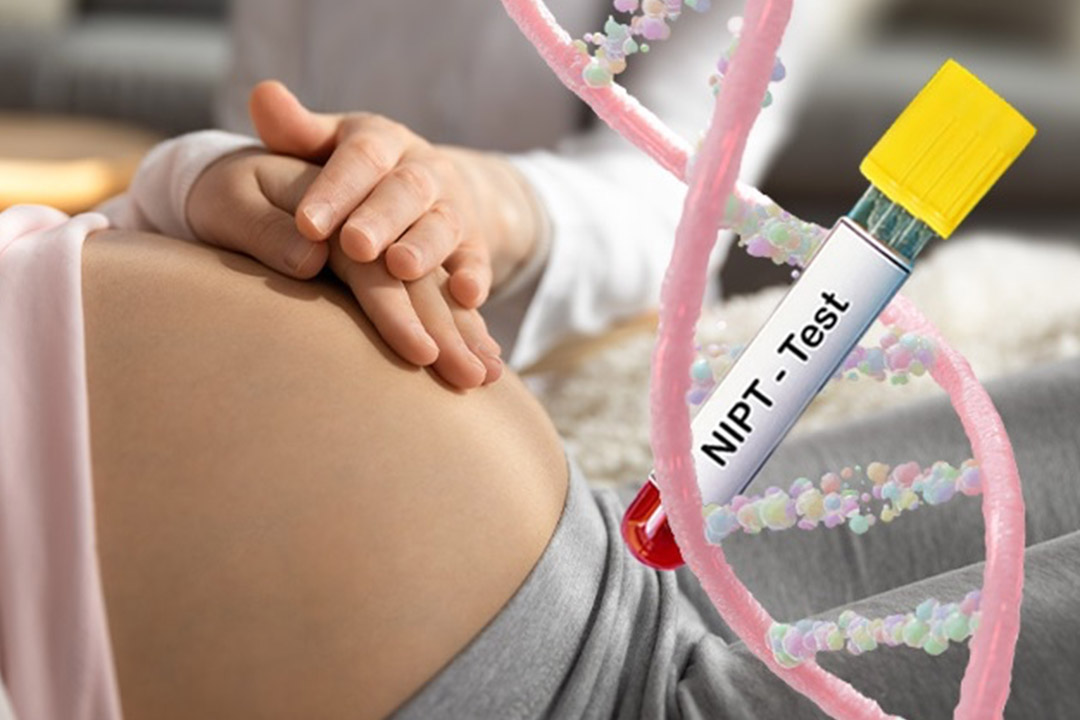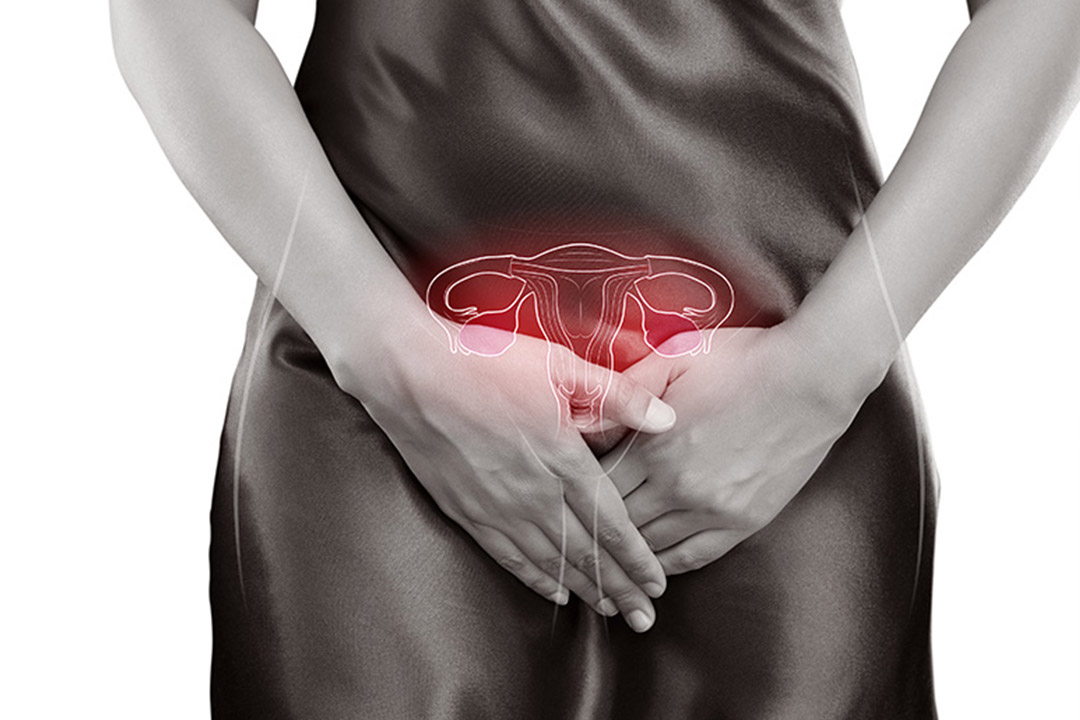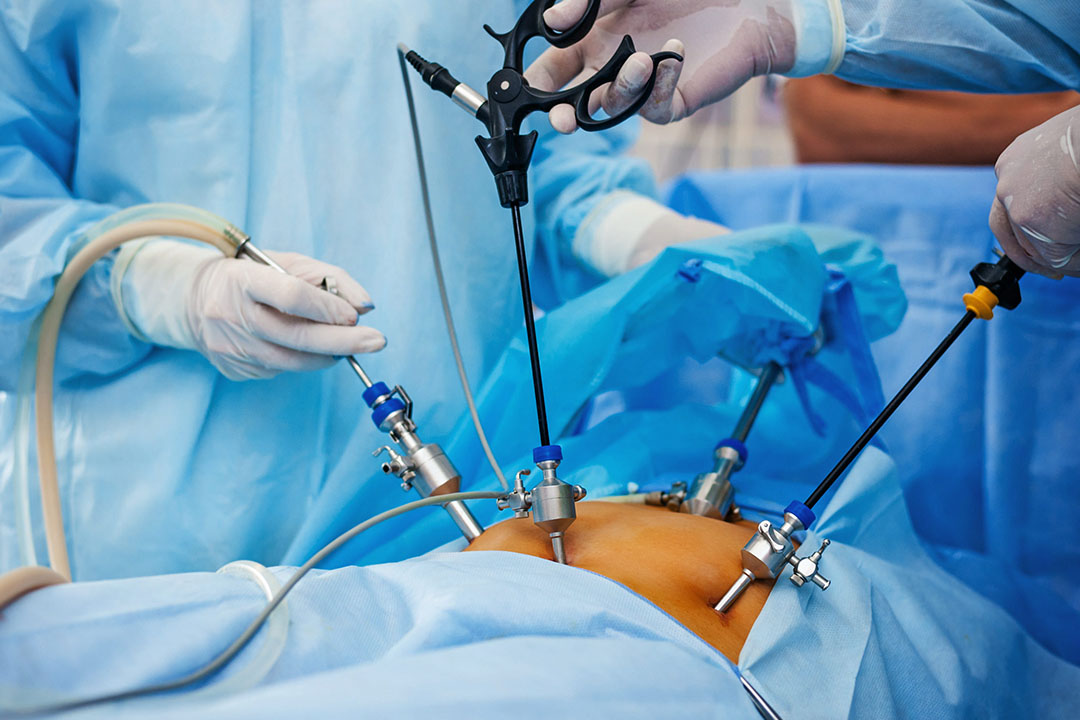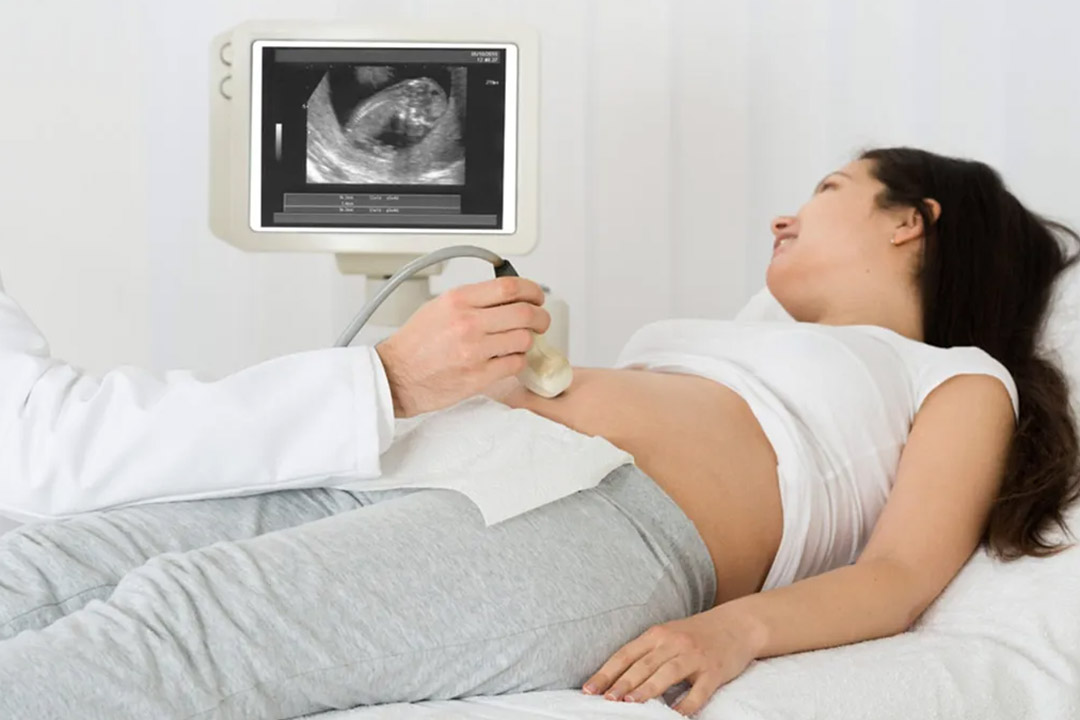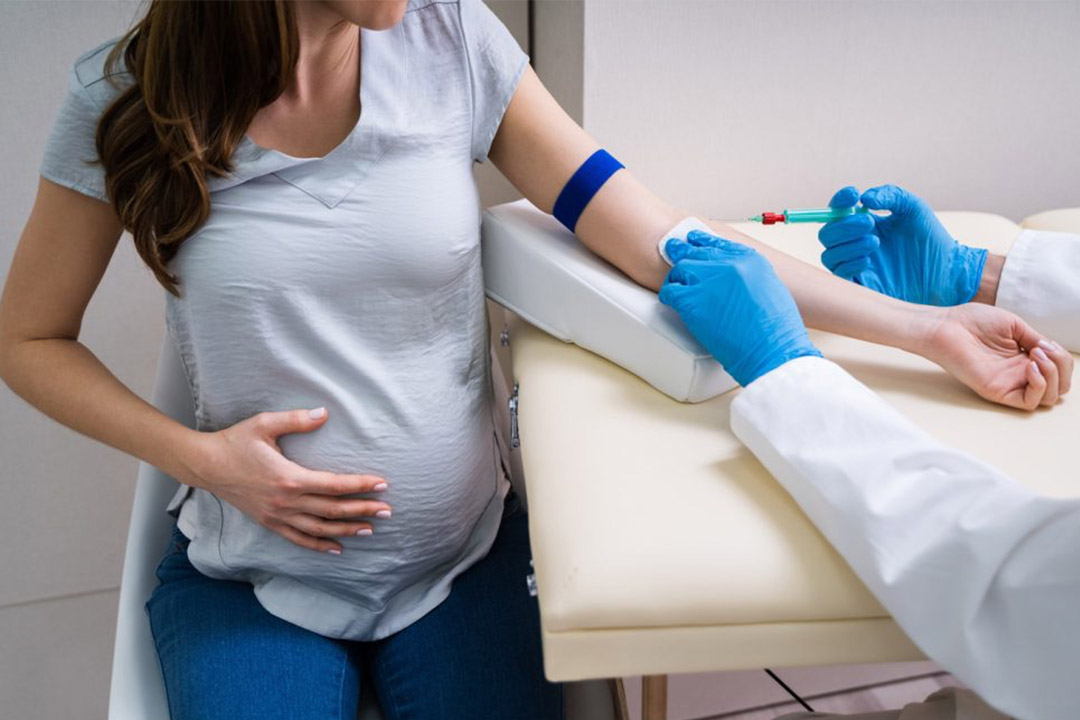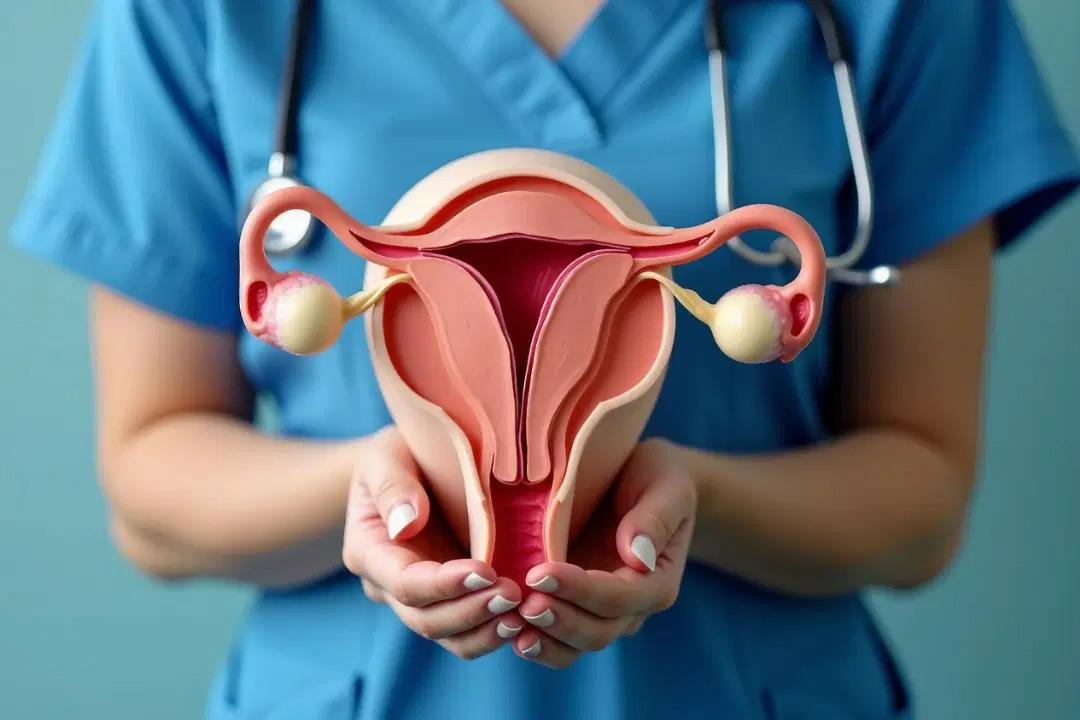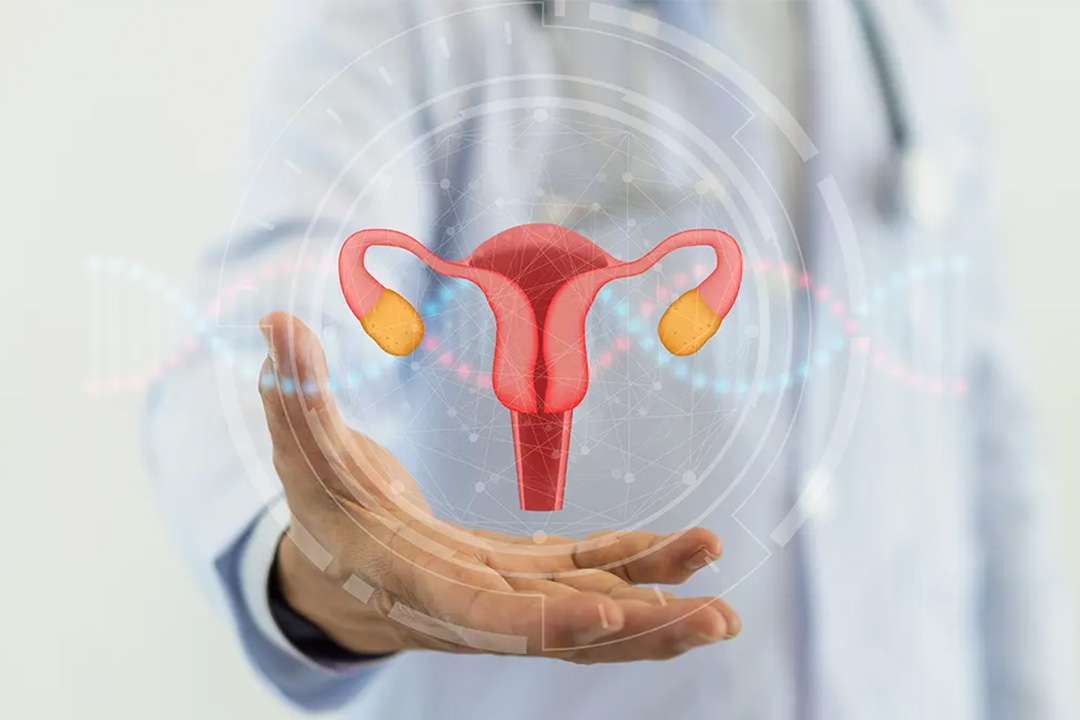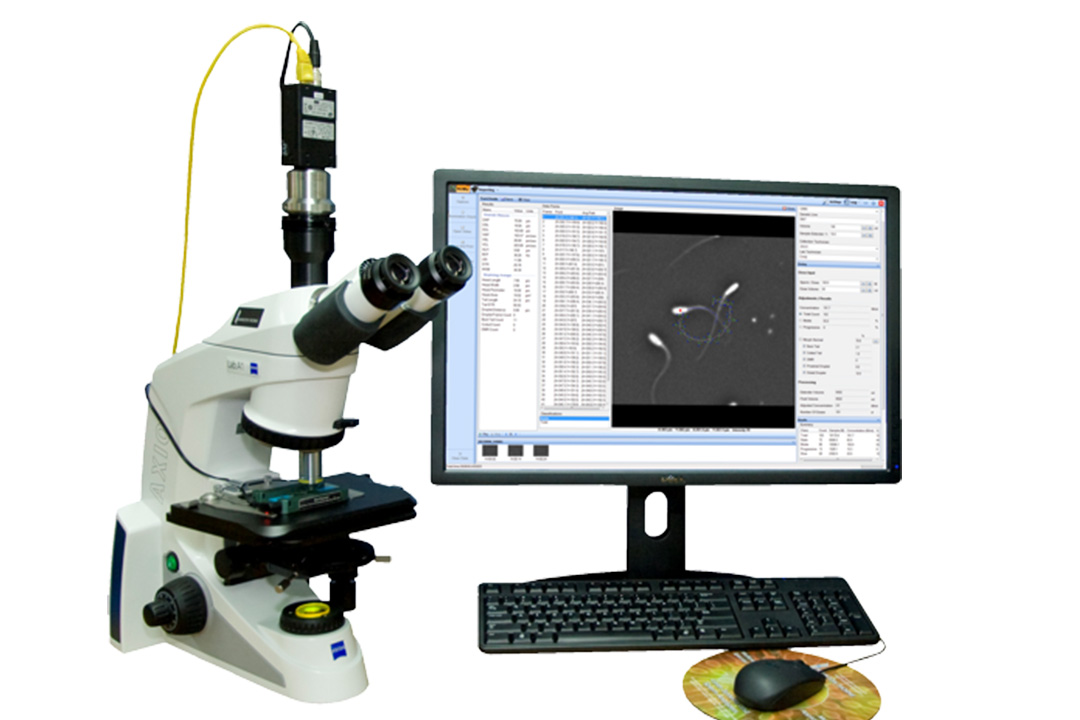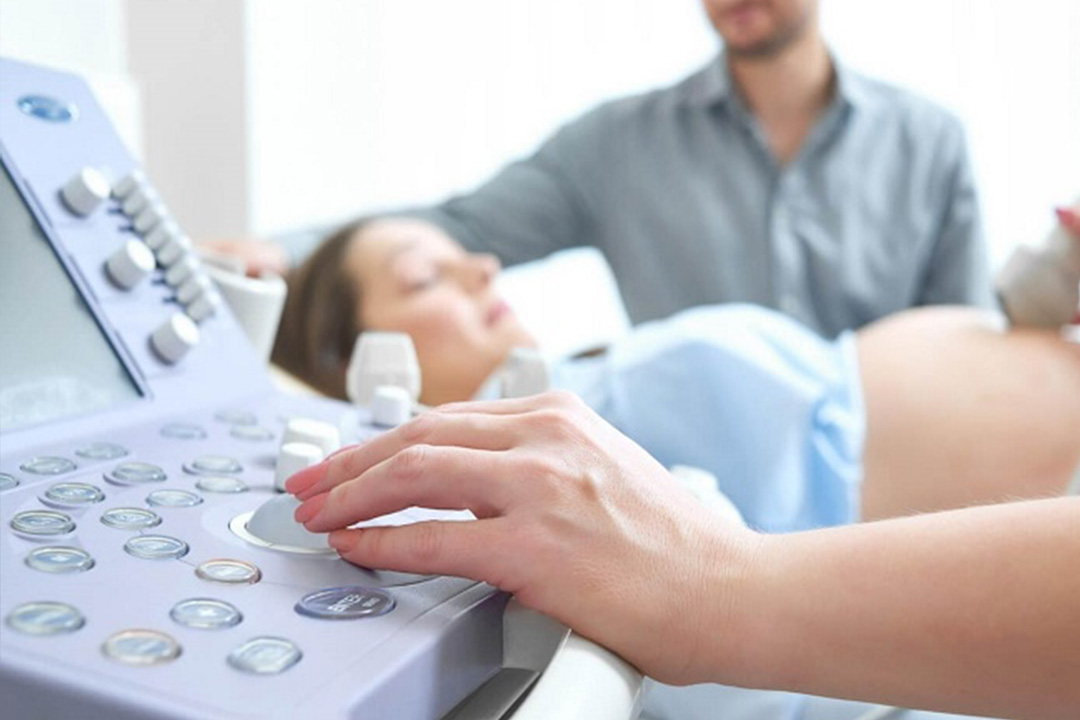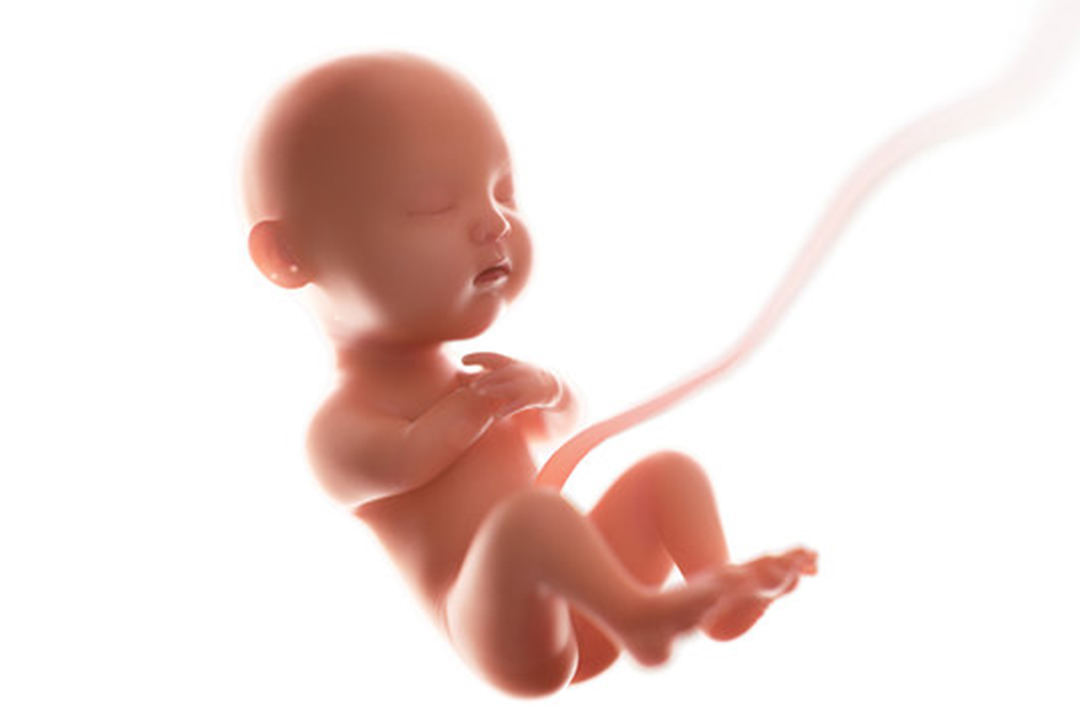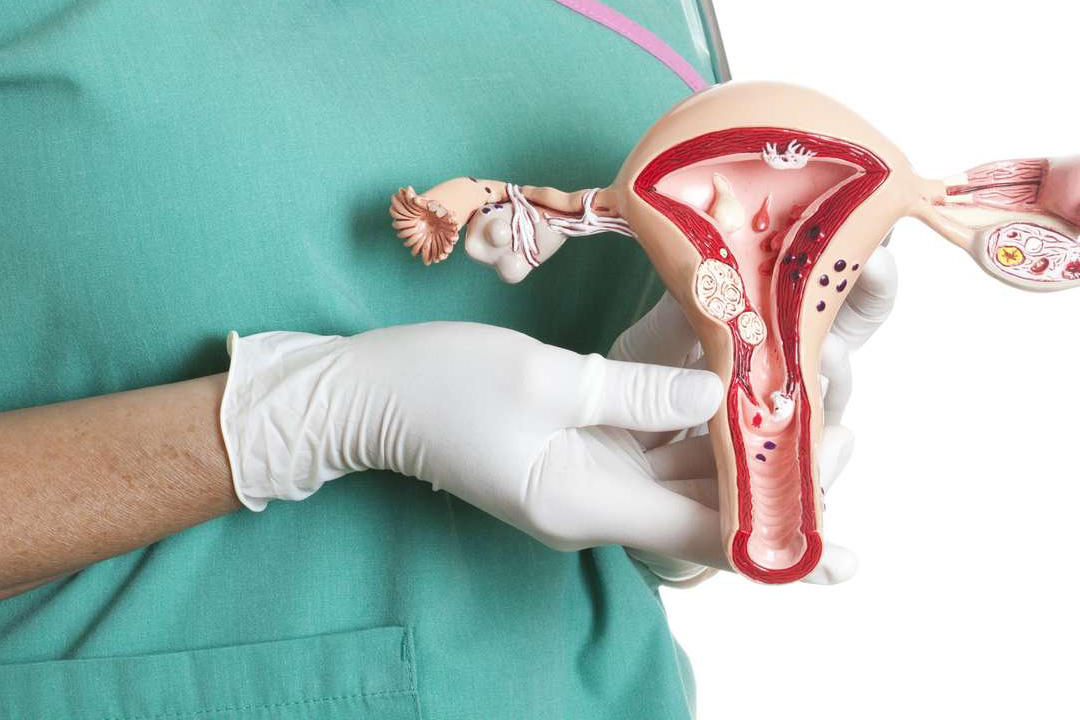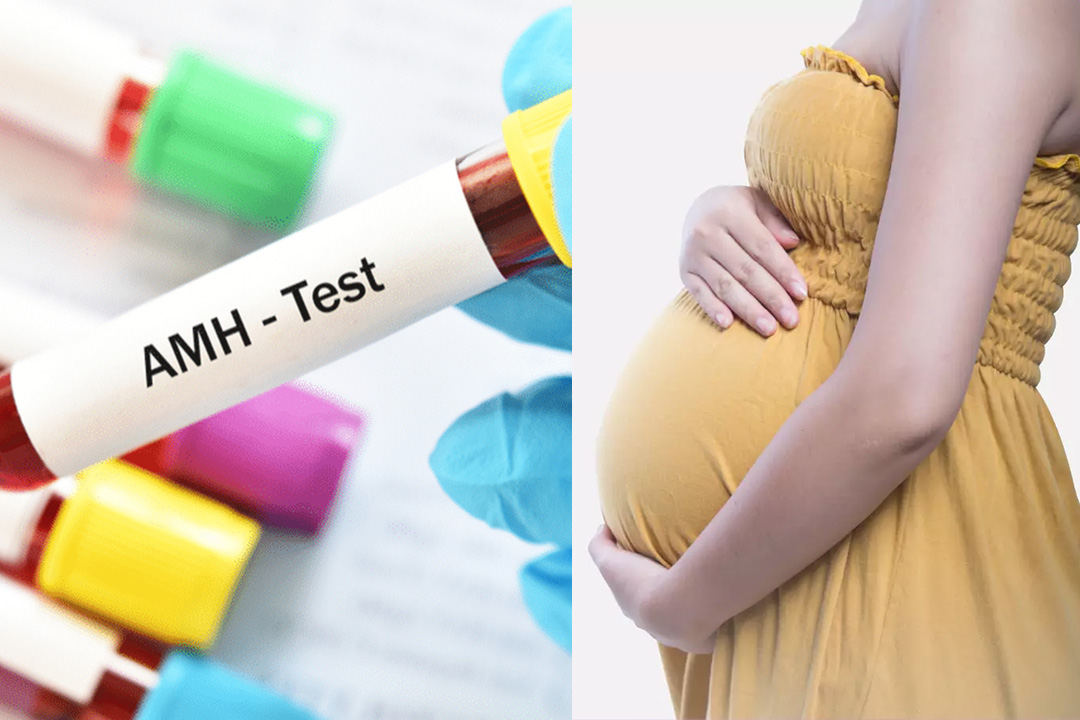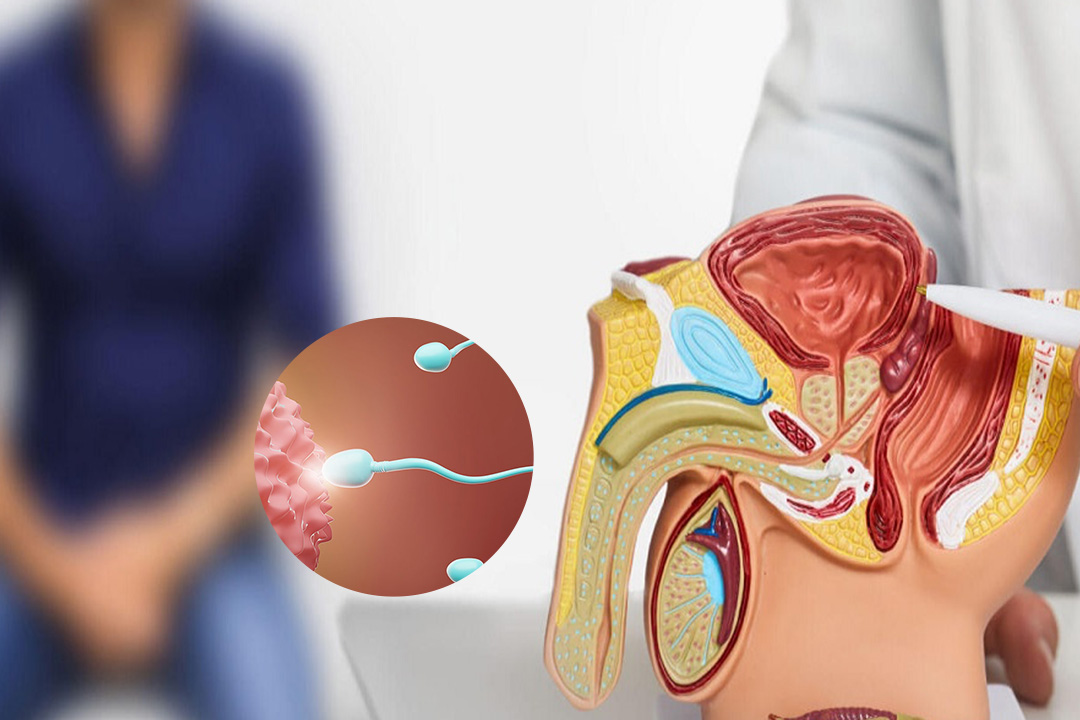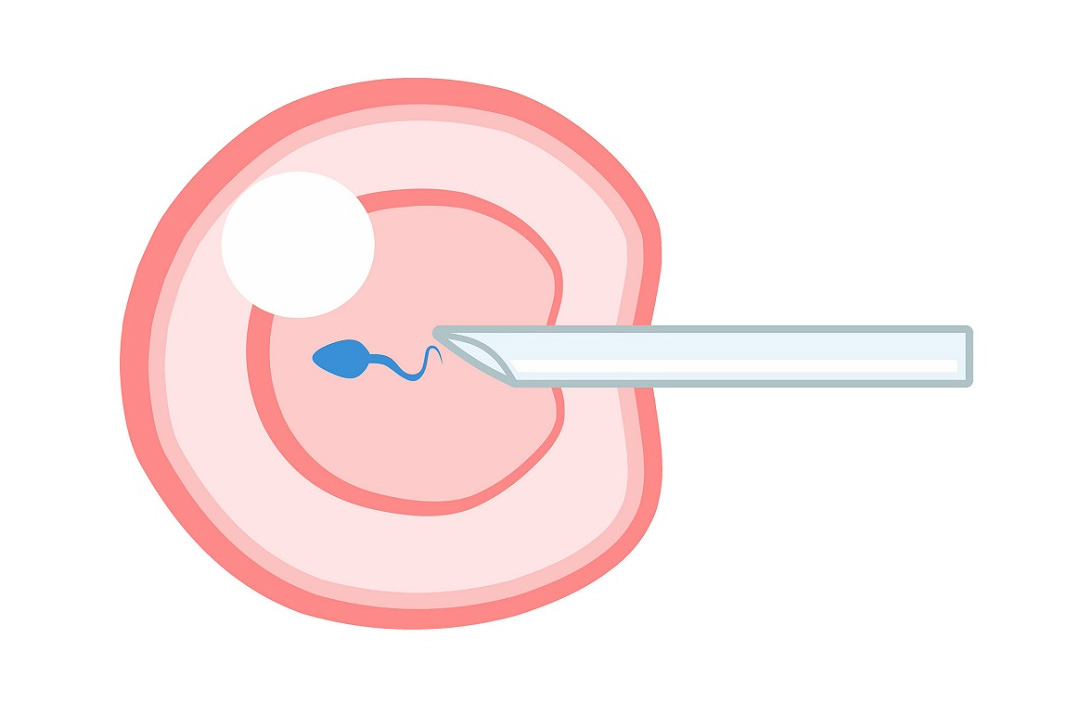PGD (Preimplantation Genetic Diagnosis) in IVF: Everything You Need to Know
In vitro fertilization (IVF) has changed fertility treatment by offering couples the chance to conceive even when natural conception is difficult or impossible. IVF on its own might not be enough for families at risk of passing on inherited genetic disorders. That’s where PGD or Preimplantation Genetic Diagnosis comes in.
PGD is a technique used alongside IVF to screen embryos for specific genetic conditions before they are implanted in the uterus. It gives a chance to prevent certain inherited diseases before pregnancy even begins.
This article explains what PGD is, how it works with IVF, who it’s for, and what to expect during the process. We'll also cover important aspects such as the IVF with PGD timeline, its success rates, cost in India, and whether it’s a necessary step for everyone going through IVF.
What is PGD in IVF?
Preimplantation Genetic Diagnosis (PGD) is a genetic testing process performed on embryos created through IVF. The main goal of PGD is to identify specific genetic or chromosomal conditions in embryos before they are transferred to the uterus. This allows parents to select embryos that are free from those conditions, significantly reducing the chance of having a child with a genetic disorder.
PGD is particularly useful for couples who are known carriers of inherited conditions such as cystic fibrosis, thalassemia, sickle cell anemia, or chromosomal abnormalities like translocations. It is also used in cases where families want to avoid passing on X-linked disorders or where a child is needed as a stem cell donor for a sibling.
Who Needs PGD?
While most people associate IVF with infertility, many couples who choose PGD aren’t infertile. Instead, they may have:
- A family history of serious inherited diseases
- Previously had a child with a genetic disorder
- Experienced multiple miscarriages due to chromosomal abnormalities
- Recurrent IVF failures
- Advanced maternal age (usually over 35)
- A male partner with severe sperm-related issues
Sometimes, couples undergoing IVF for other reasons are surprised to find out they carry a mutation for a genetic condition. In such cases, PGD can be a valuable addition to their fertility treatment plan.
The PGD IVF Process: Step-by-Step
The process of PGD can be understood by the following steps:
1. IVF Preparation
The process begins like any typical IVF cycle. The woman is given hormonal medication to stimulate her ovaries to produce multiple eggs.
2. Egg Retrieval and Fertilization
The eggs are collected from the ovaries and fertilized in the lab using sperm. Fertilization is usually done via intracytoplasmic sperm injection (ICSI), where a single sperm is injected directly into each egg.
3. Embryo Development
The fertilized eggs grow in the lab for about 3 to 5 days. By day three, embryos usually reach the six-to-eight-cell stage, and by day five or six, they develop into a blastocyst.
4. Embryo Biopsy
At either stage, one or more cells are carefully removed from each embryo without harming its ability to grow. This is called a biopsy.
5. Genetic Testing
The cells removed during the biopsy are then tested using techniques like PCR (polymerase chain reaction) to detect gene mutations, or FISH (fluorescent in situ hybridization) and newer methods like next-generation sequencing (NGS) to analyze chromosomes.
6. Embryo Selection and Transfer
Only embryos free of the targeted genetic condition are selected for transfer. One or two embryos are then placed into the uterus, and the rest (if healthy) can be frozen for future use.
7. Pregnancy Test and Follow-Up
After about 10-14 days, a pregnancy test is done. If successful, the pregnancy is monitored as usual.
Types of PGD (Now Called PGT)
PGD is now often referred to under the broader term “Preimplantation Genetic Testing” (PGT), which includes:
- PGT-M (for monogenic diseases)
It is used when one or both parents carry a single-gene disorder like Huntington’s disease or Tay-Sachs. - PGT-A (for aneuploidy)
It Screens embryos for the correct number of chromosomes. It helps reduce miscarriage rates and improve implantation chances. - PGT-SR (for structural rearrangements)
It Detects chromosomal translocations or inversions that can lead to failed implantation or miscarriage.
Does PGD Increase the Success of IVF?
PGD especially when used as part of PGT-A, can help improve IVF success rates by ensuring that only chromosomally normal embryos are transferred. This increases the chances of implantation and reduces the risk of miscarriage, particularly in women of advanced maternal age.
However, it’s important to note that PGD does not guarantee pregnancy. It improves the chances by selecting embryos that have more positive chances to develop into a healthy baby. For some groups like couples with a history of recurrent pregnancy loss or known genetic risks PGD can be a game-changer. For others, it might not be necessary.
Is PGD Necessary for IVF?
Even though it is recommended for everyone, PGD is most beneficial for couples with:
- Known genetic disorders in the family
- A previous child affected by a genetic condition
- Repeated IVF failure or miscarriage
- Older maternal age (due to higher rates of chromosomal issues)
- Severe male factor infertility (due to increased risk of chromosomal defects in sperm)
If there’s no known risk of genetic disease or chromosomal abnormalities, standard IVF may be sufficient. Your fertility specialist or genetic counselor will help you decide if PGD is right for your situation.
IVF PGD Timeline
The full IVF with PGD process typically takes around 6–8 weeks from start to embryo transfer. Here’s a rough breakdown:
- 2–3 weeks: Ovarian stimulation and egg retrieval
- 3–5 days:Embryo culture
- 1–2 days: Embryo biopsy
- 1–2 weeks: Genetic testing and results
After results, healthy embryos are selected for transfer (can be fresh or frozen). The timeline may be slightly longer if custom tests need to be developed for a specific genetic condition.
IVF PGD Success Rate
Success with PGD largely depends on the woman’s age and the quality of the embryos. In general:
- Women under 35 may have a success rate of 60–70% per embryo transfer with PGD.
- Women over 40 have lower success rates, though PGD helps reduce miscarriages.
PGD improves outcomes by allowing better embryo selection, not by changing the embryos themselves. So the overall chances of success still depend on the quality of eggs, sperm, and embryo development.
Chance of Twins with PGD IVF
PGD itself doesn’t increase the chance of twins. In fact, because the technology helps identify the healthiest embryos, many clinics now recommend transferring only one embryo at a time.
This approach lowers the chance of twins and the complications that come with multiple pregnancies, such as premature birth or low birth weight.
IVF with PGD Cost in India
The cost of IVF with PGD in India can vary widely based on the clinic, the number of embryos tested, and the complexity of the condition being screened. On average:
Standard IVF cycle costs around ₹1,00,000 to ₹2,50,000. PGD testing can be ₹1,00,000 to ₹2,00,000 additional.
So the total IVF with PGD cost in India might range between ₹2,00,000 and ₹4,50,000 per cycle. Additional costs may apply for medications, embryo freezing, or advanced tests.
Ethical Considerations Around PGD
PGD offers many benefits but it also raises ethical concerns. Some people worry about its use for non-medical reasons like selecting a baby’s sex. Others question whether discarding affected embryos is morally acceptable.
Using PGD for family balancing like choosing the sex of a child when there’s no medical need is controversial and banned in several countries. For parents, the choice to use PGD should be guided by personal, medical, and ethical considerations, ideally in consultation with a trained genetic counselor.
The Role of PGD in Reducing Pregnancy Loss
One of the most common causes of early miscarriage is chromosomal abnormality, especially in women over 35. PGD allows for the detection of these abnormalities, such as trisomy 21 (which causes Down syndrome) before implantation. The rate of pregnancy loss is significantly reduced by transferring only chromosomally normal embryos
Women who have experienced multiple miscarriages often find PGD helpful, not because it increases pregnancy rates directly, but because it helps them carry a pregnancy to term once it starts.
PGD for Rare and Complex Conditions
PGD can also be used for more complex needs. For example, in some families, a child may require a stem cell transplant. PGD can help select an embryo that is not only free from a genetic disease but also a genetic match for an existing sibling. This child’s cord blood can then be used for life-saving treatments.
Such cases are rare but highlight the wide range of possibilities PGD opens up in reproductive medicine.
Conclusion
PGD in IVF represents a powerful combination of reproductive and genetic technologies. It offers hope to families who want to avoid passing on inherited diseases, couples struggling with unexplained miscarriages, or those looking for a healthy path to parenthood after multiple IVF failures.
PGD isn’t for everyone. It adds cost, time, and complexity to the IVF process. For some, it can be an emotional experience involving difficult decisions about which embryos to transfer. For others, it’s a reassuring tool that brings clarity and confidence to an already challenging journey.
Ultimately, whether PGD is the right choice depends on your personal circumstances. Talking to a fertility specialist and a genetic counselor can help you make an informed decision that feels right for you and your family.
About Us
AKsigen IVF is a premier center for advanced fertility treatments, with renowned fertility experts on our team. Specializing in IVF, ICSI, egg freezing, and other cutting-edge reproductive technologies, AKsigen IVF is committed to helping couples achieve their dream of parenthood. With personalized care and a patient-first approach, AKsigen IVF provides comprehensive fertility solutions under one roof.





